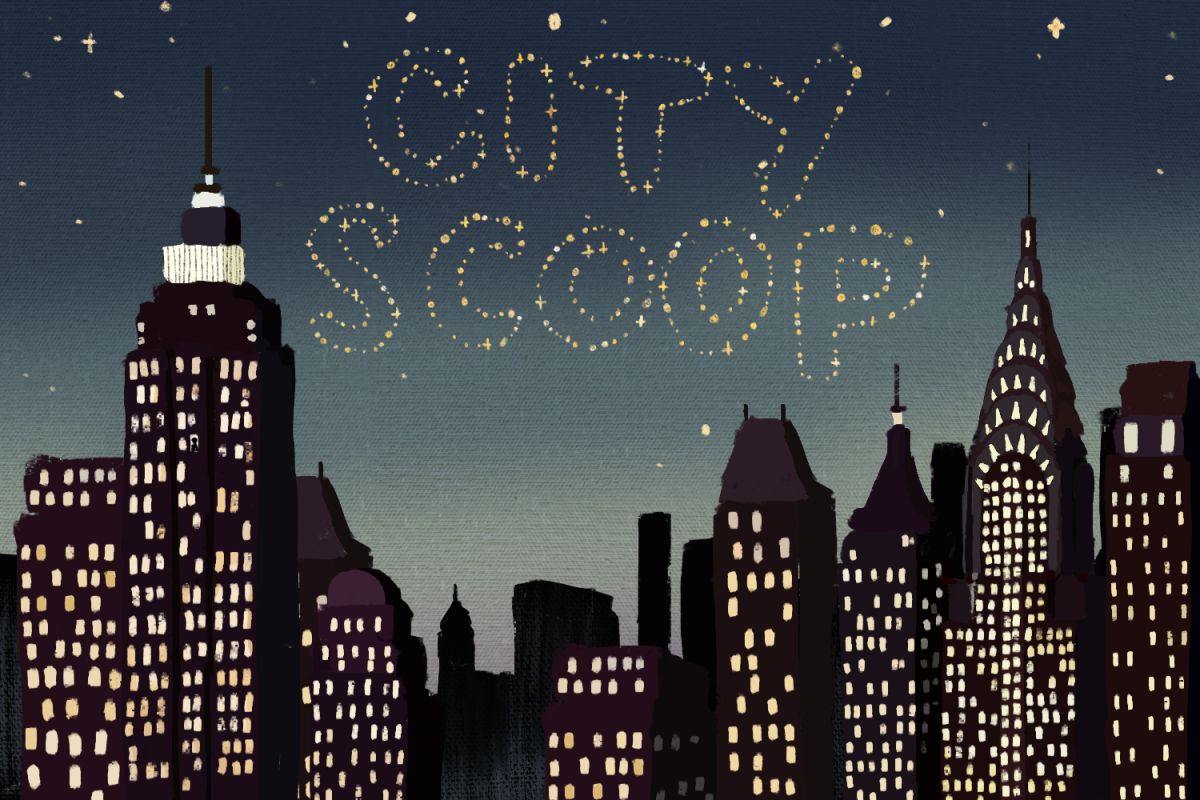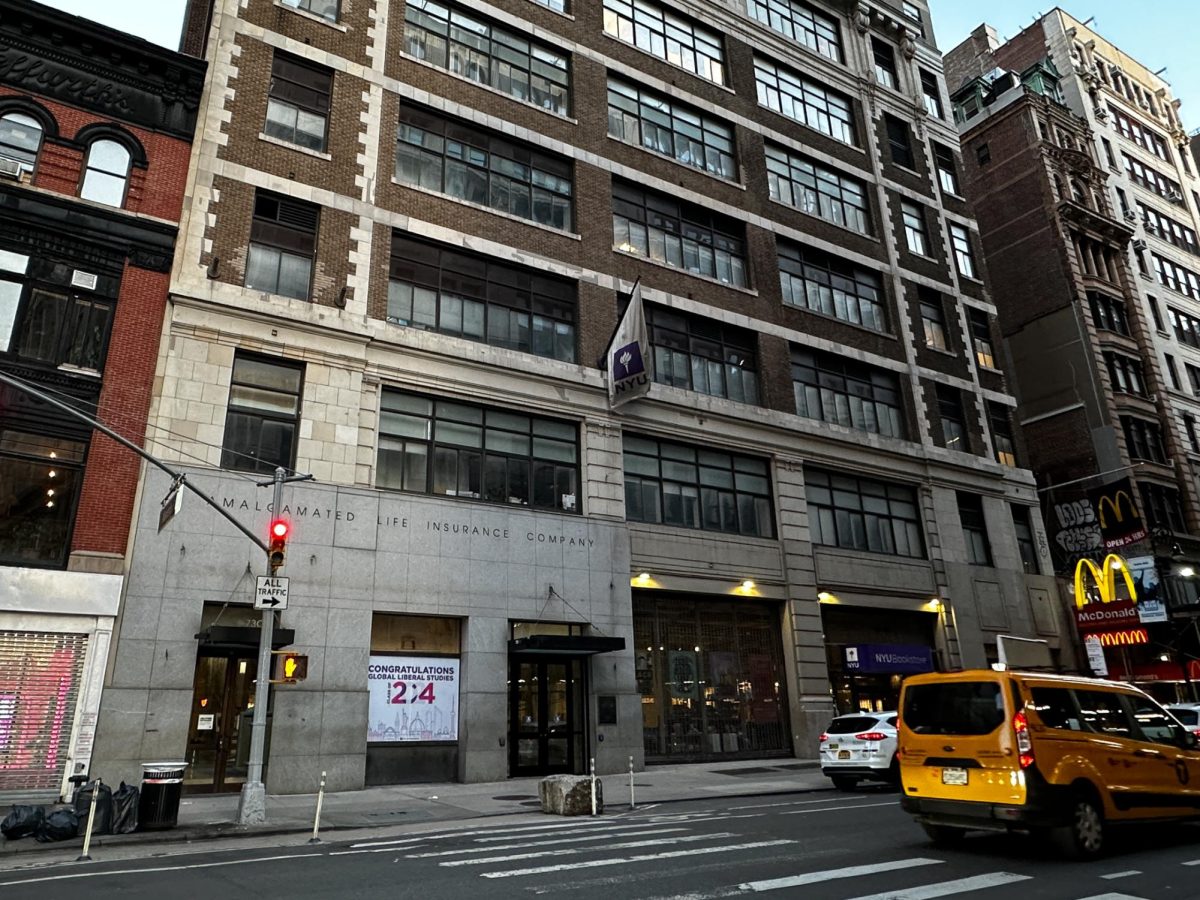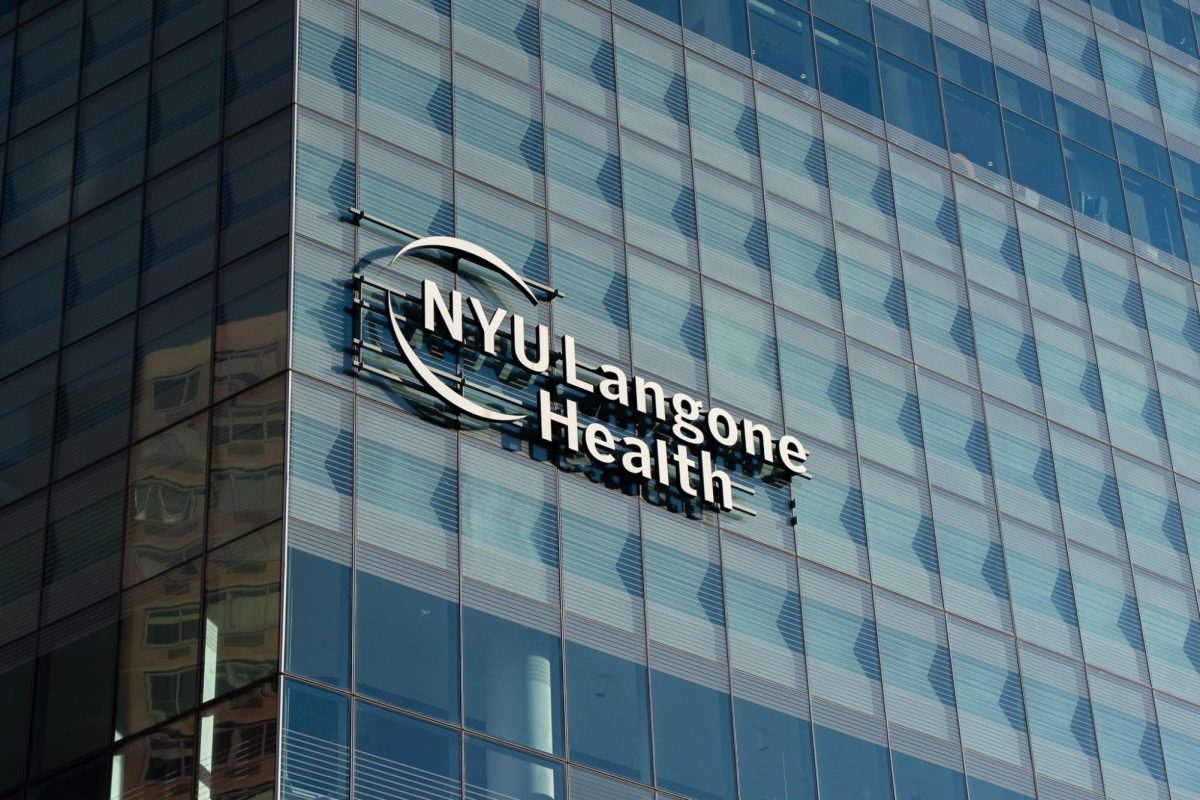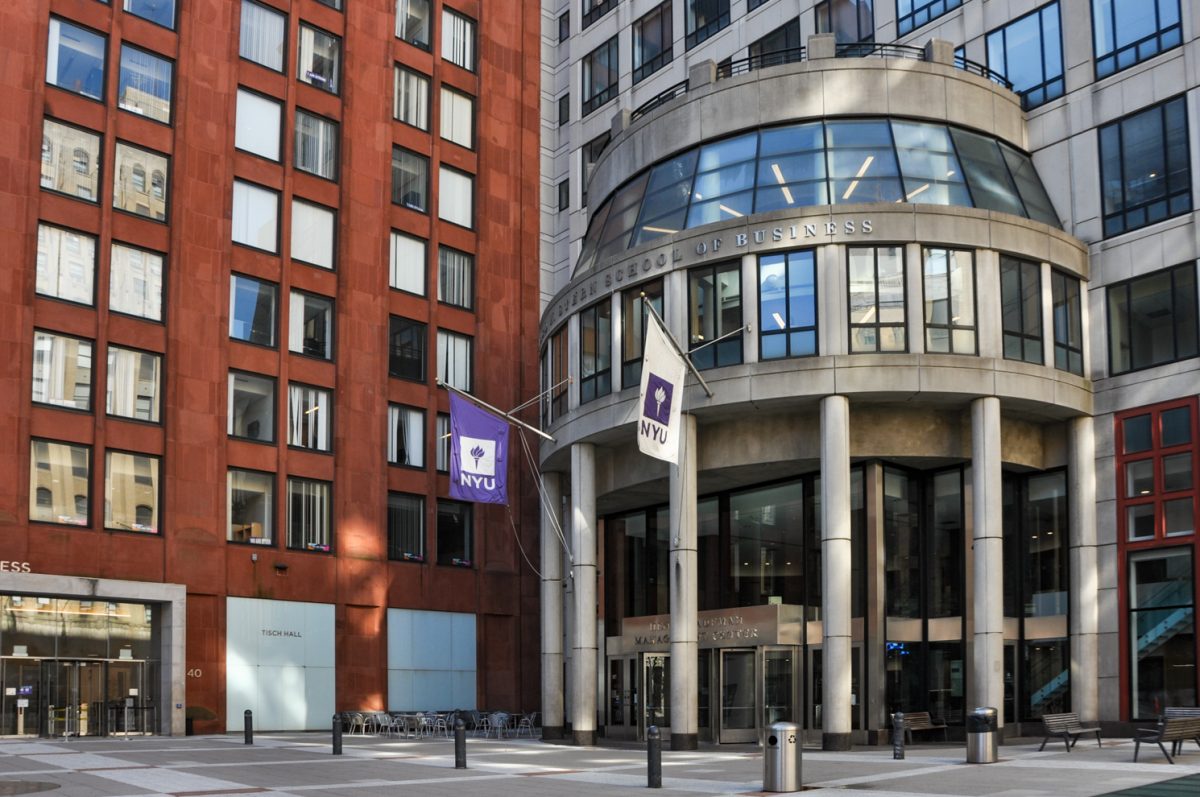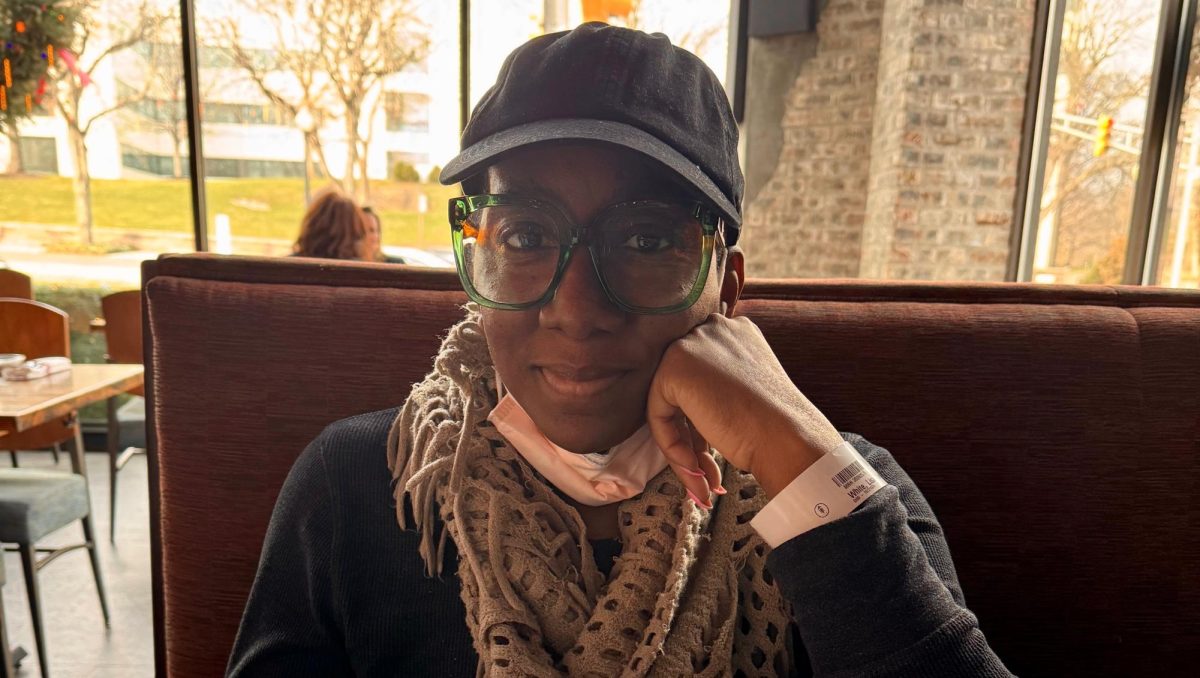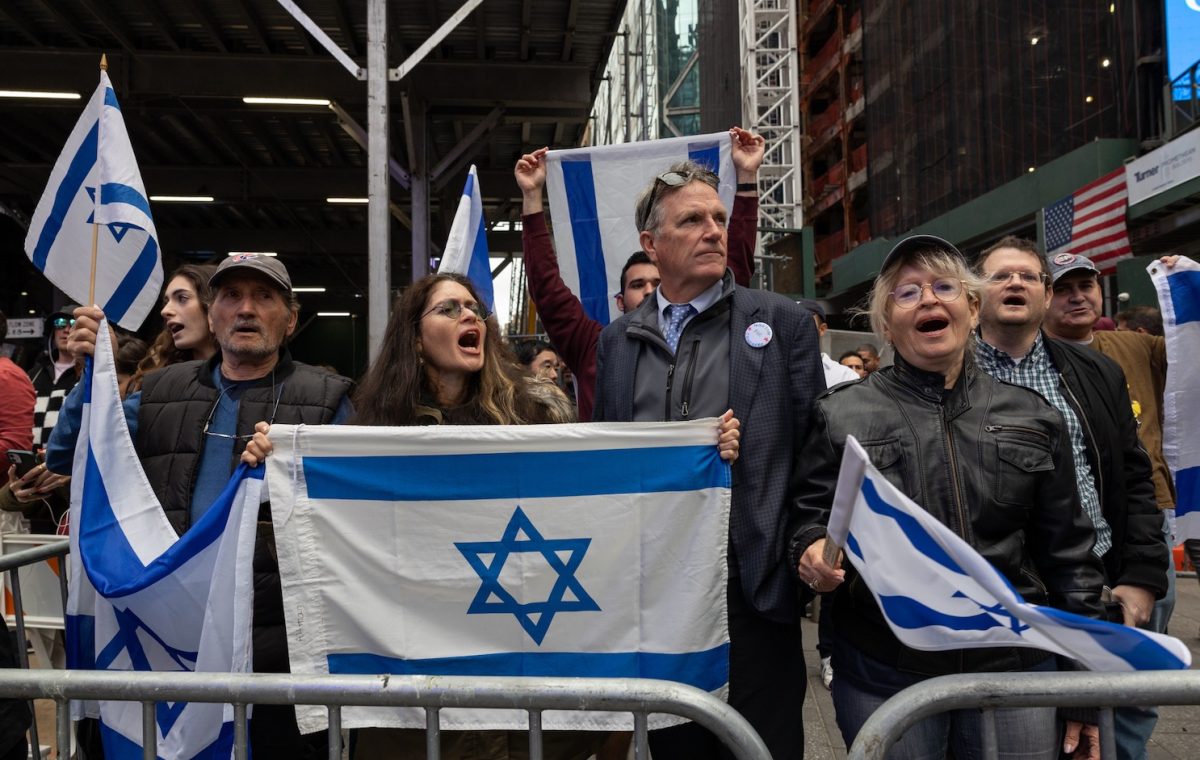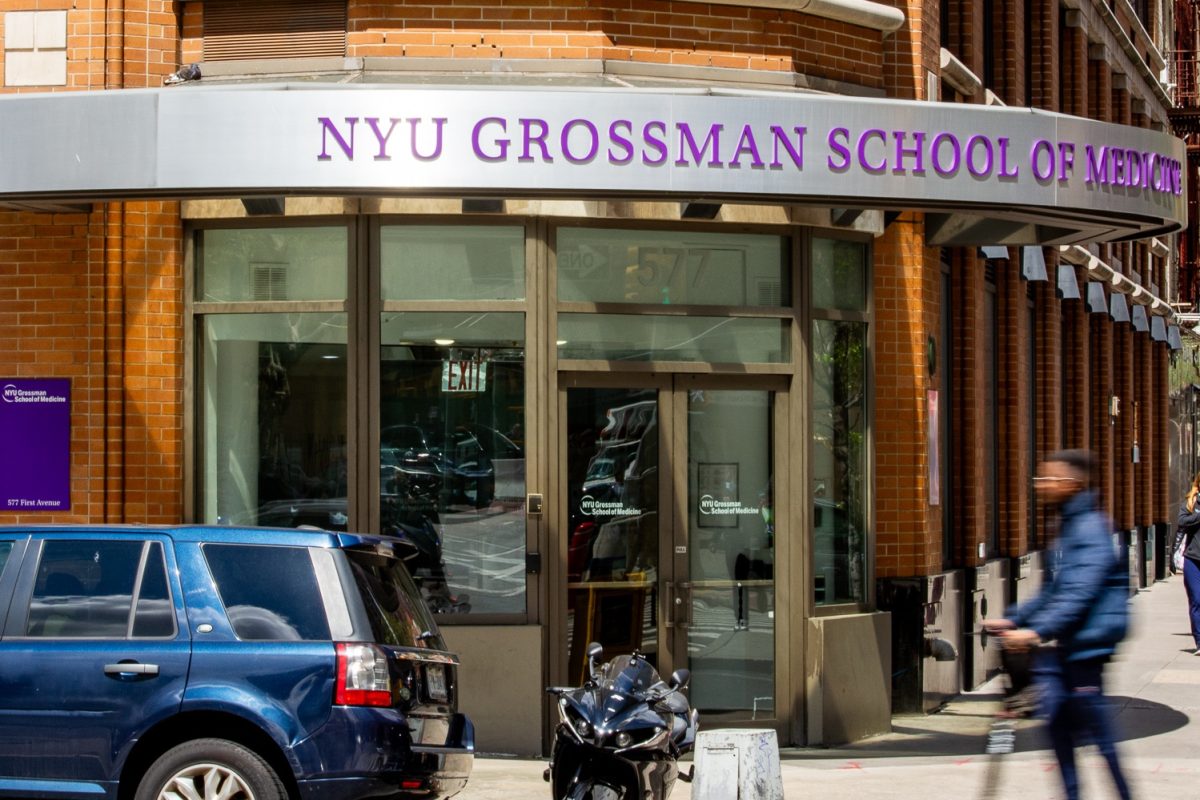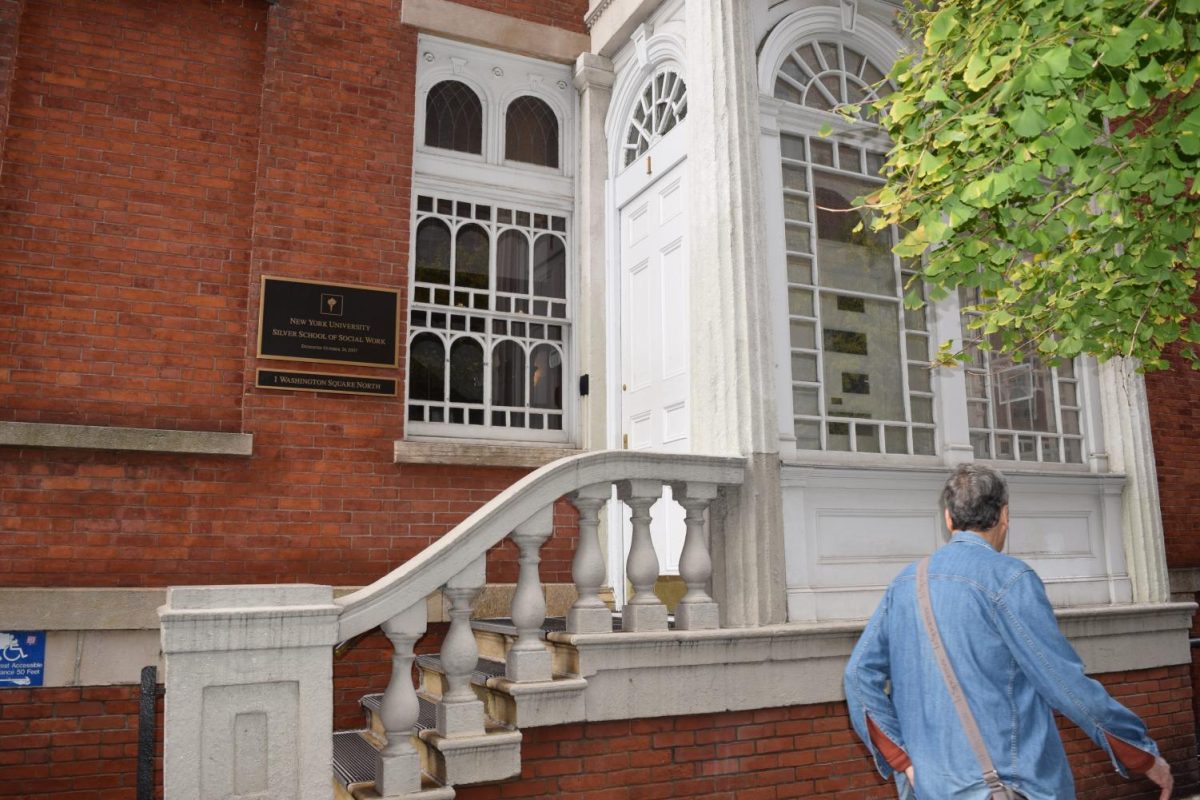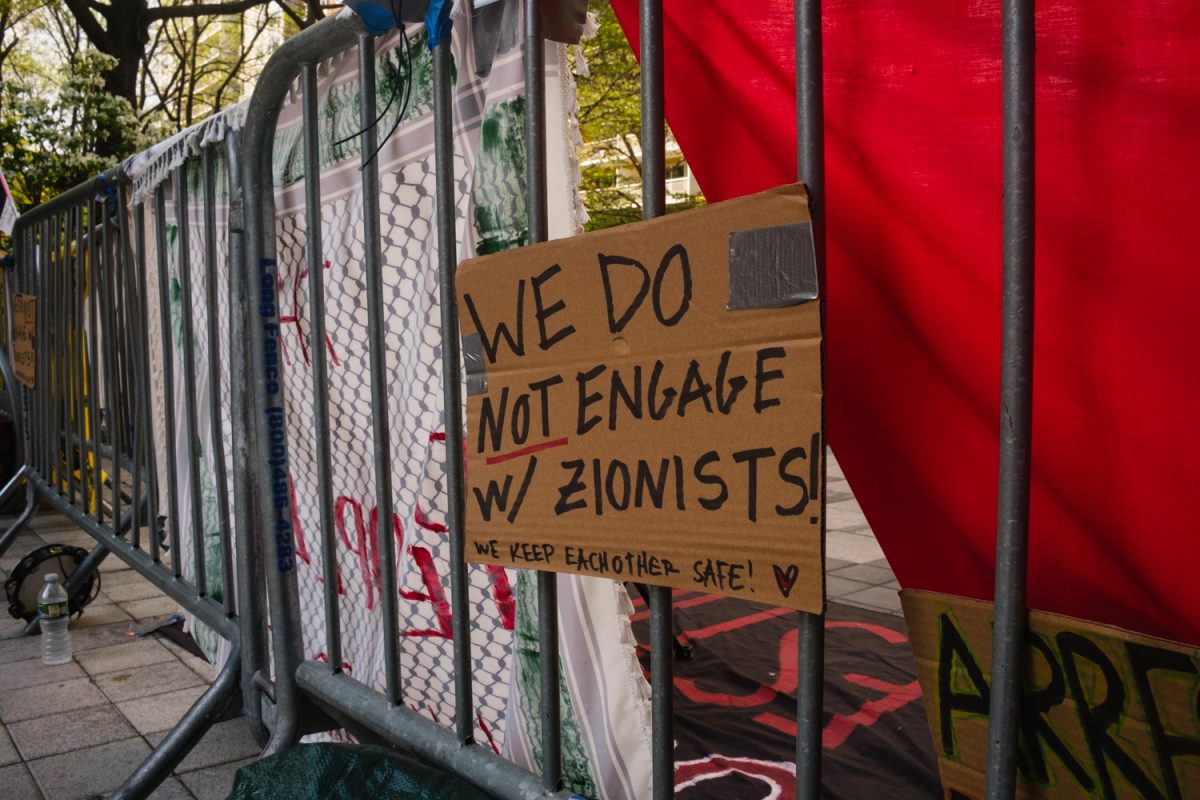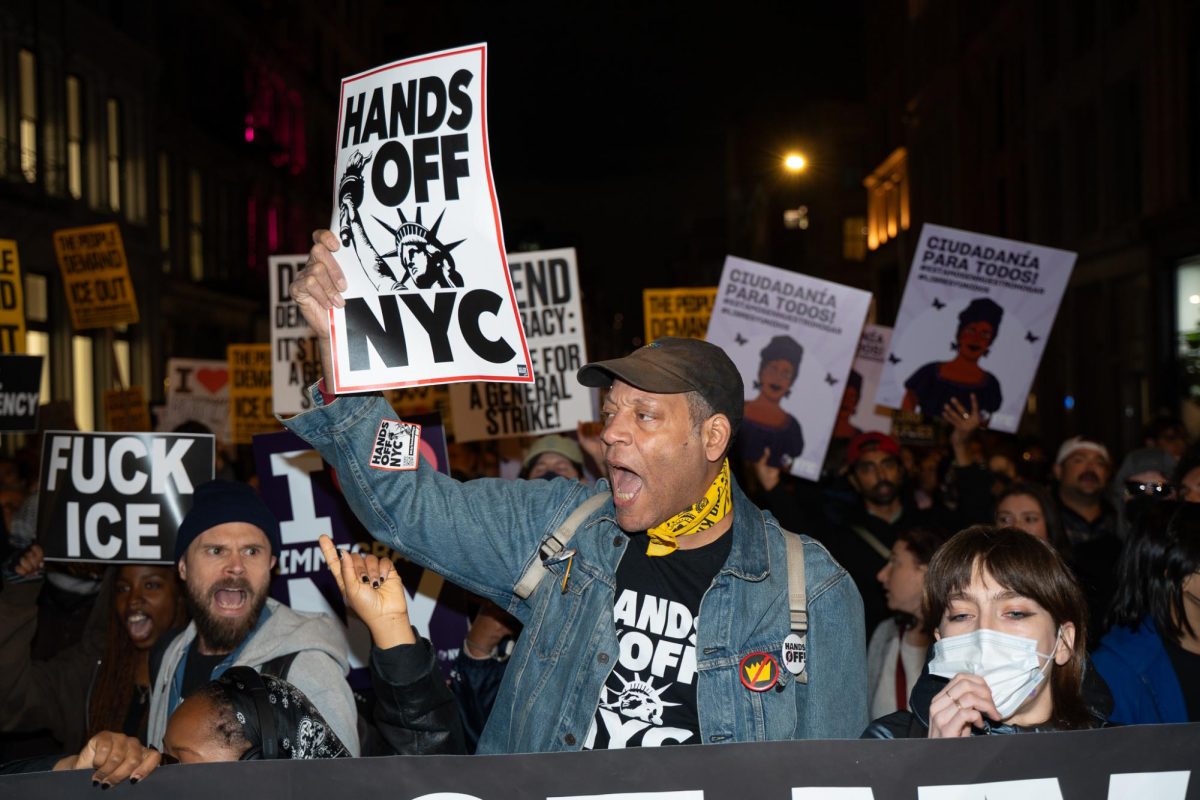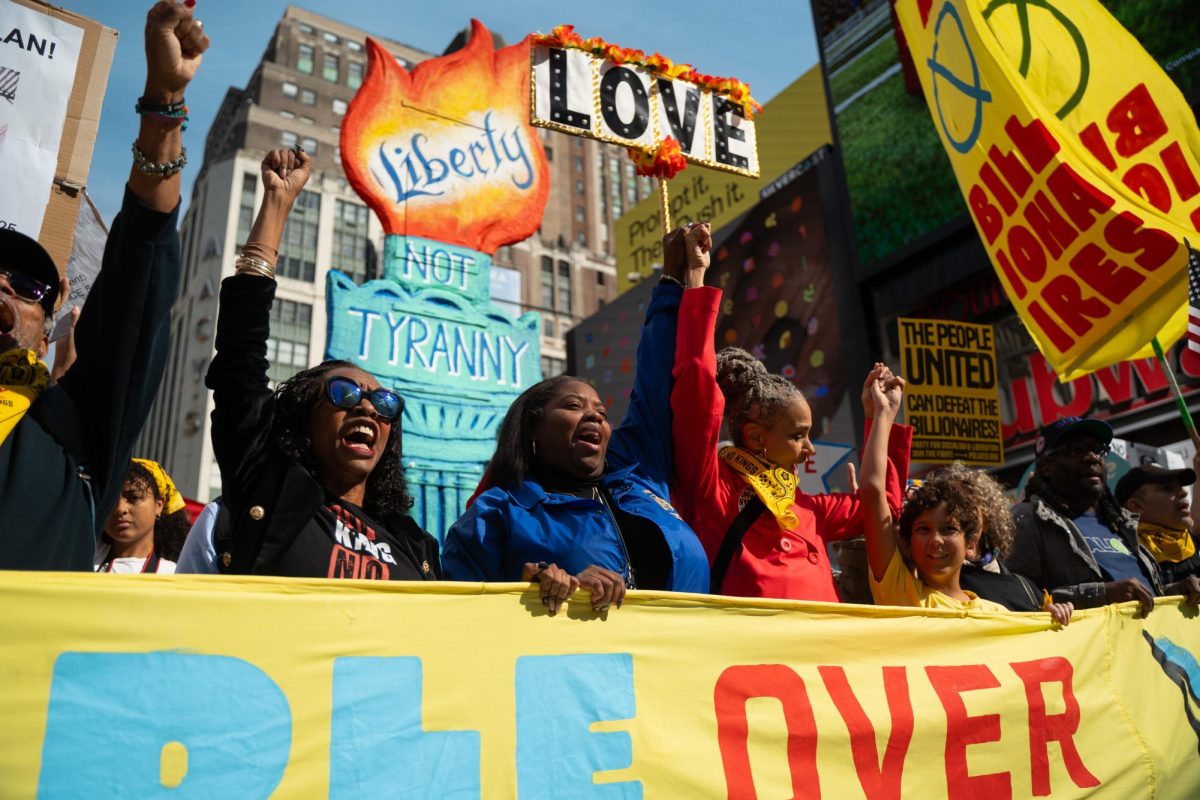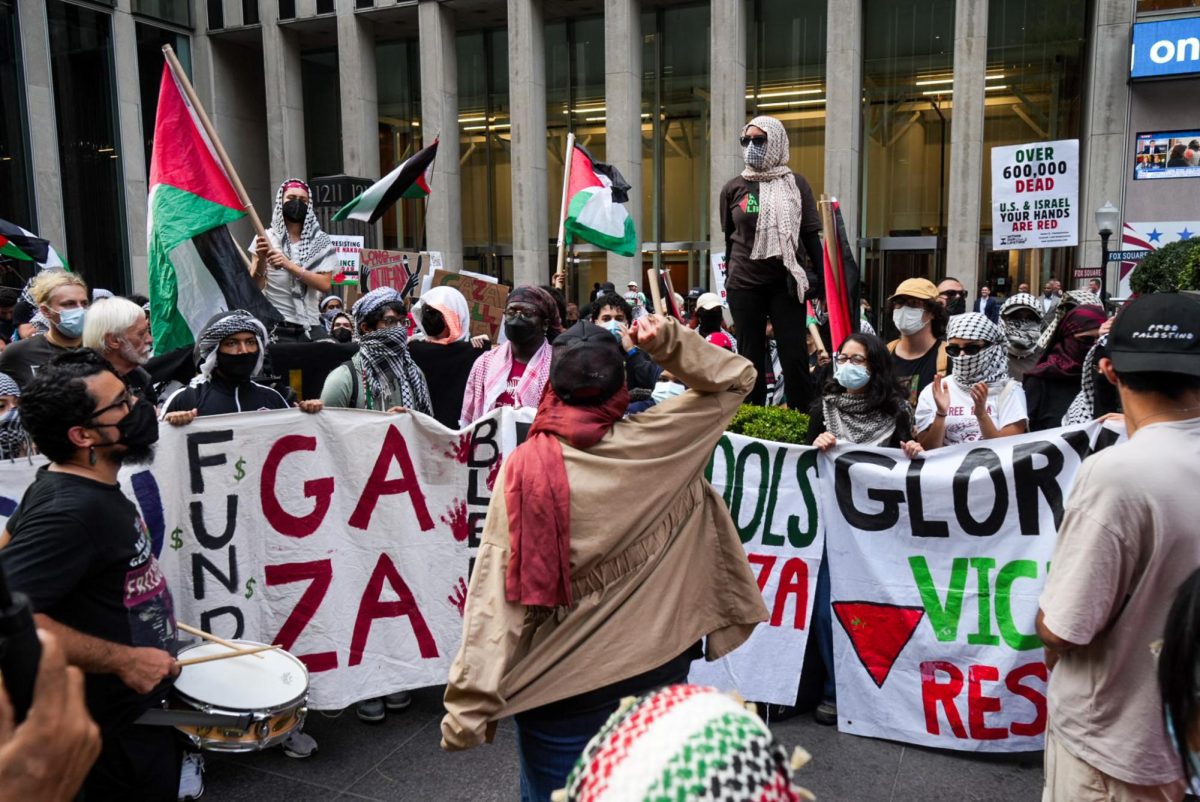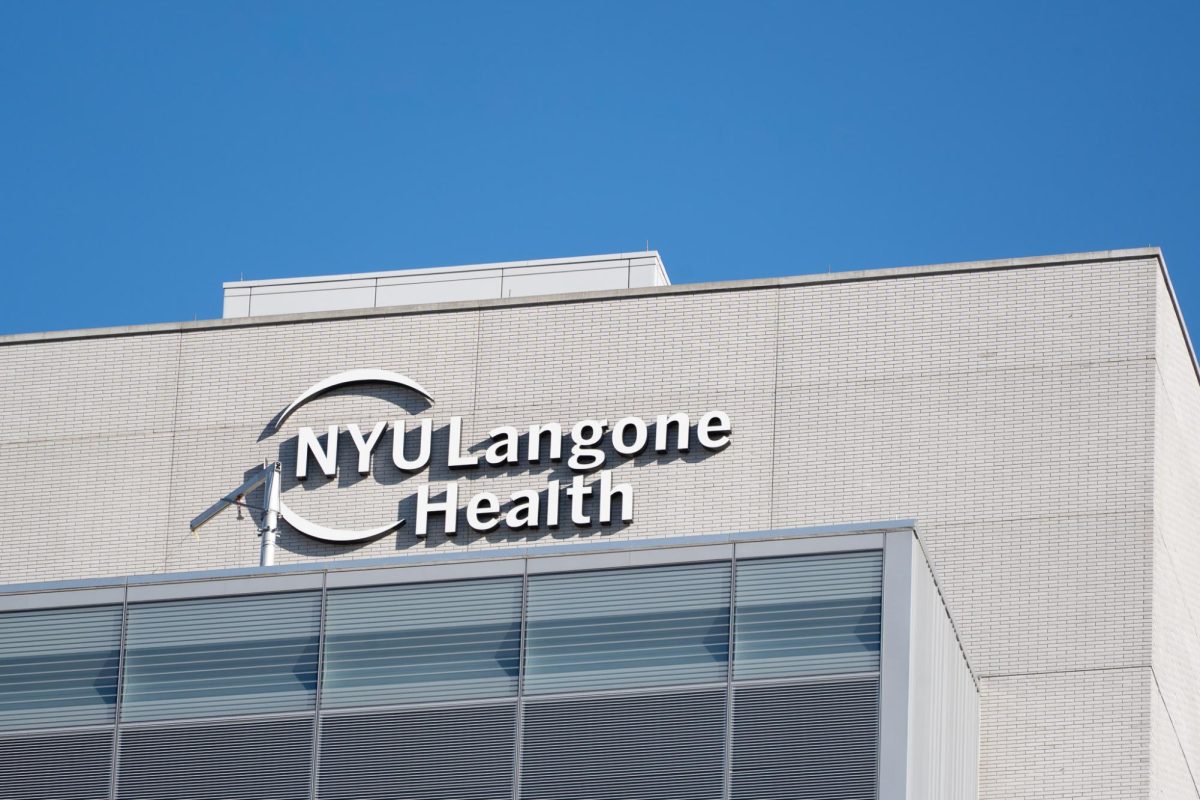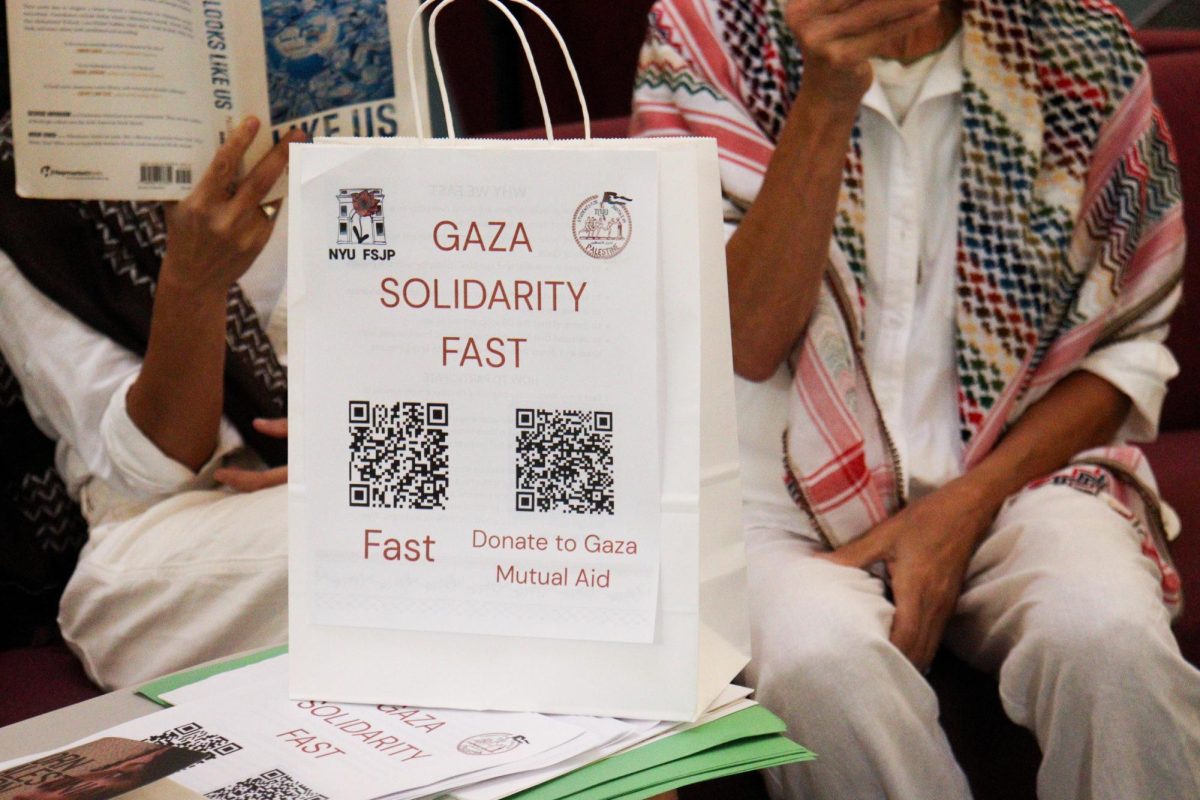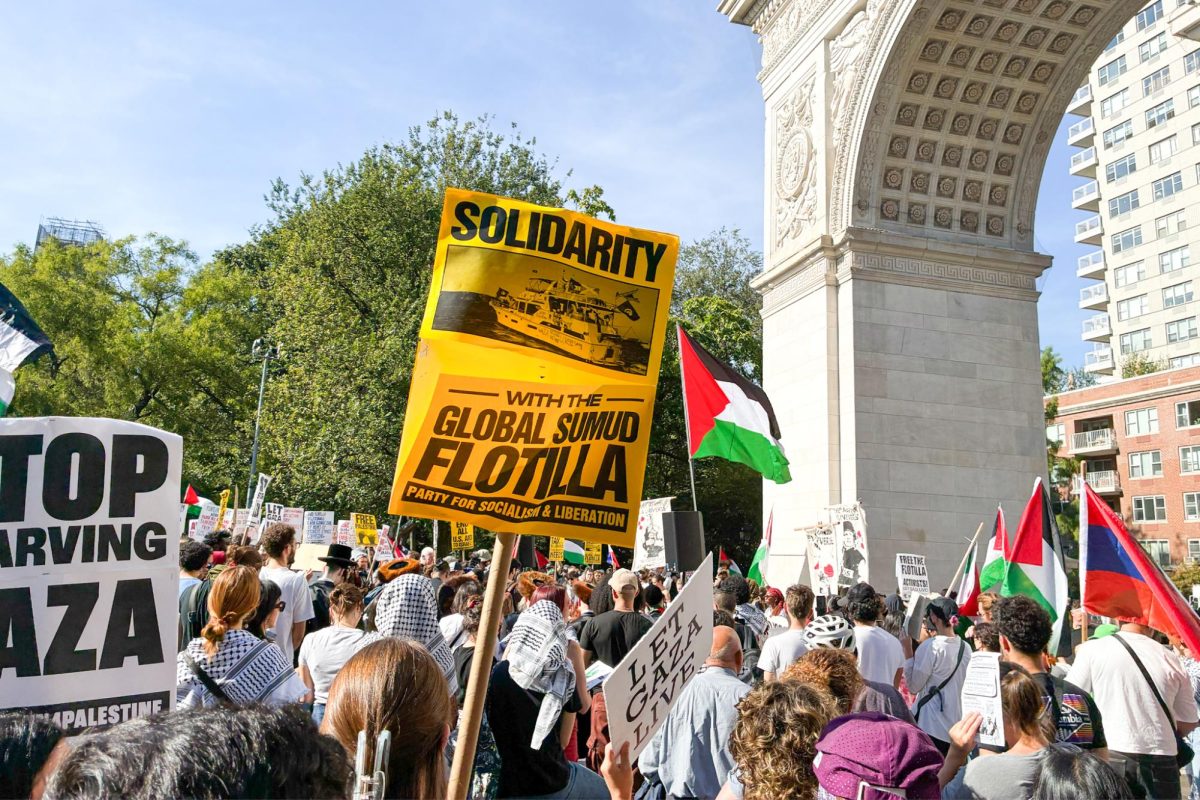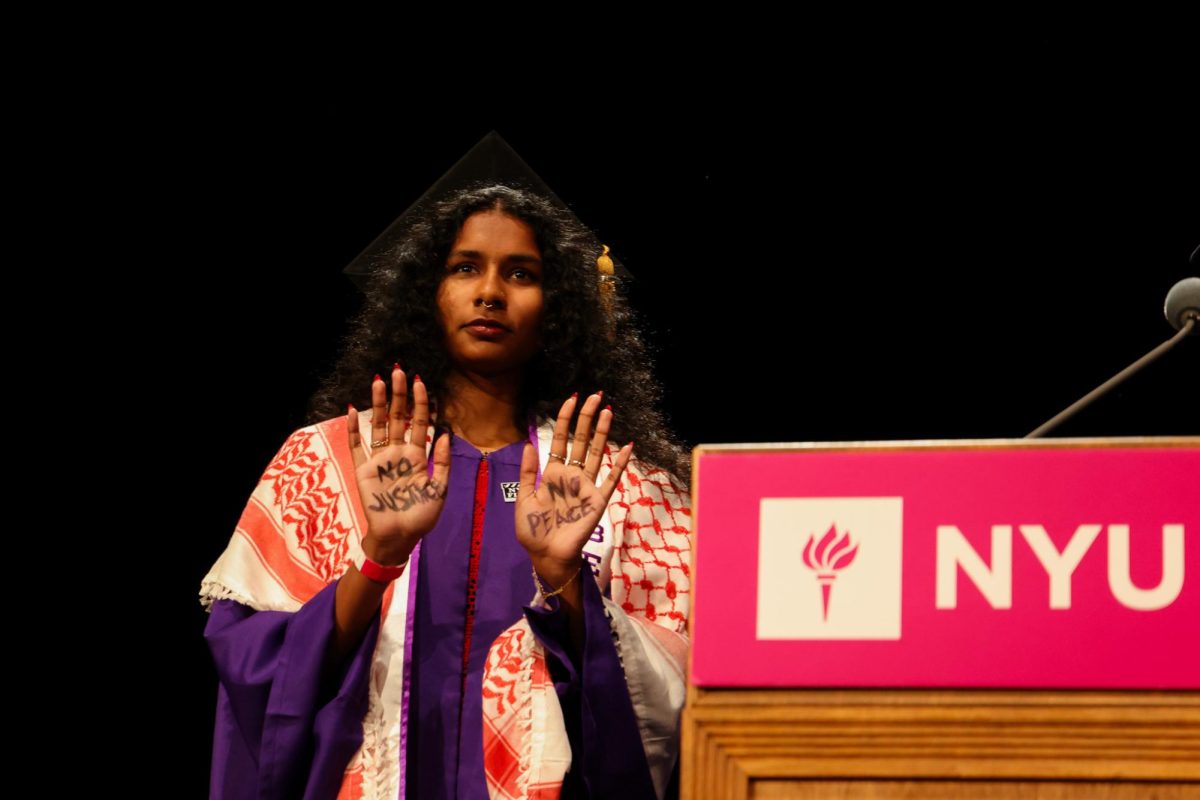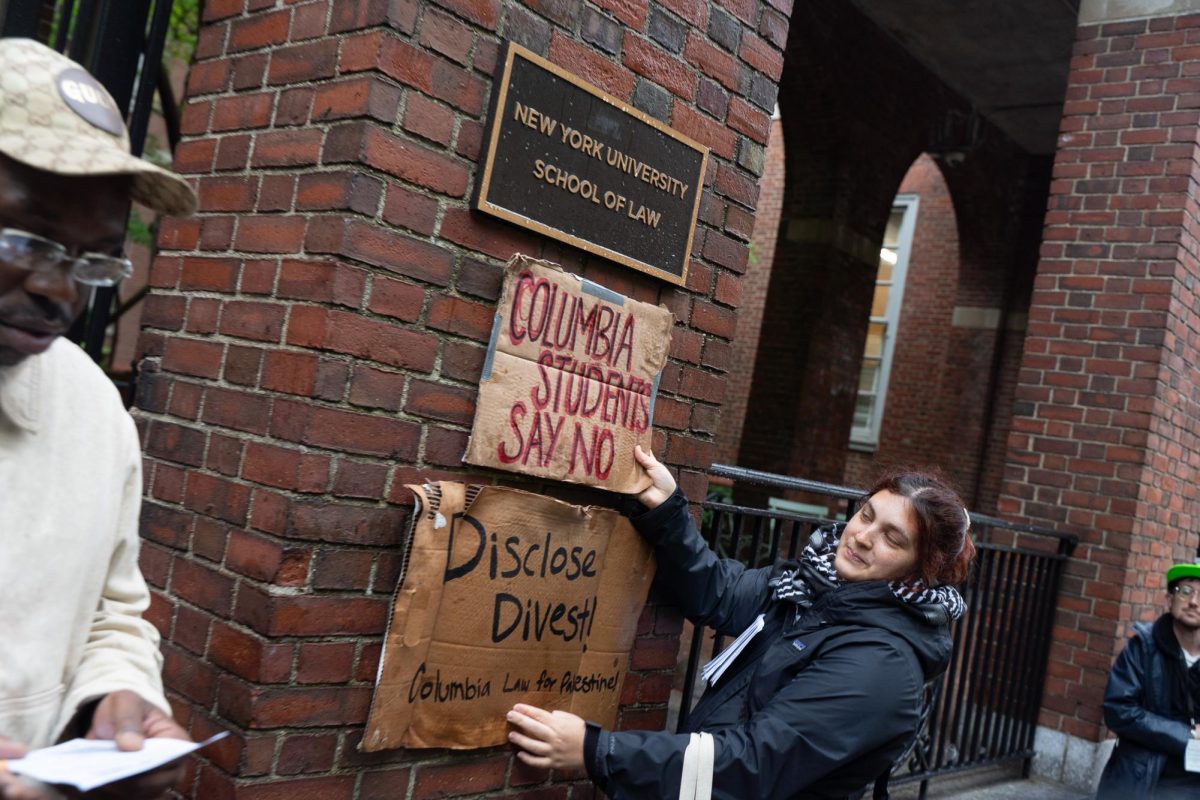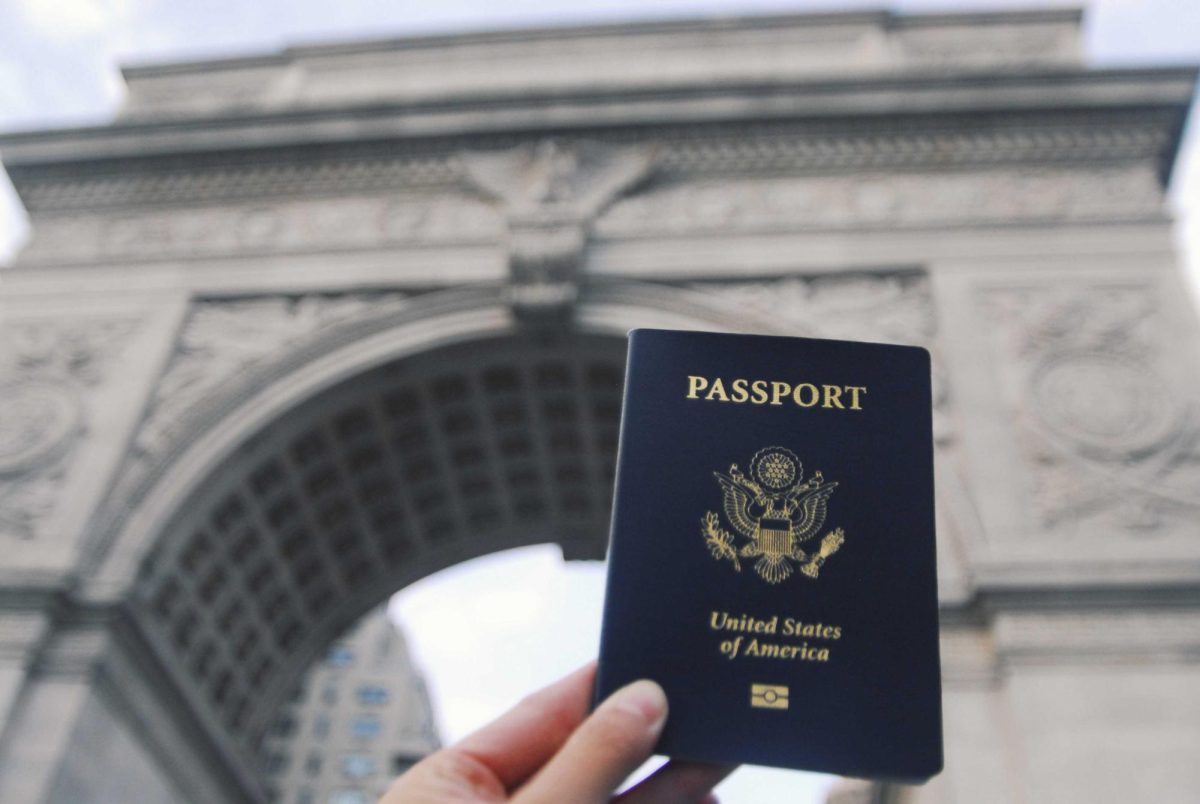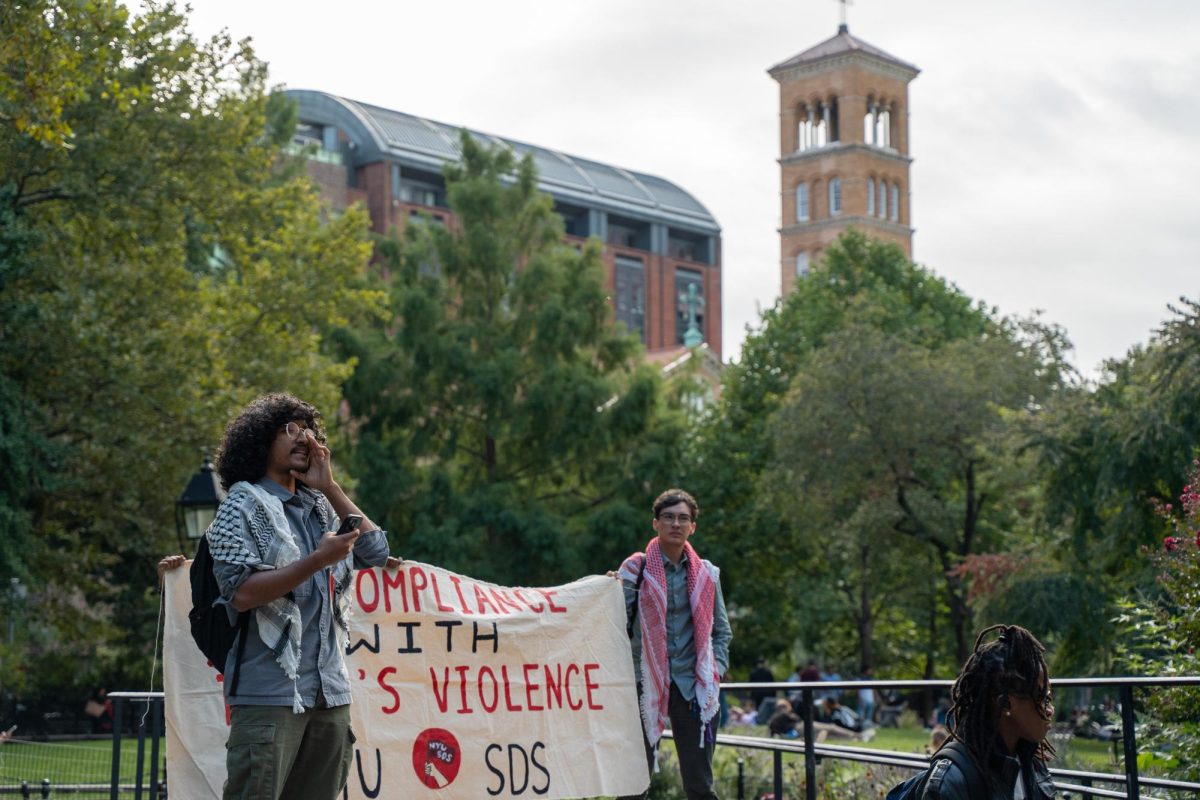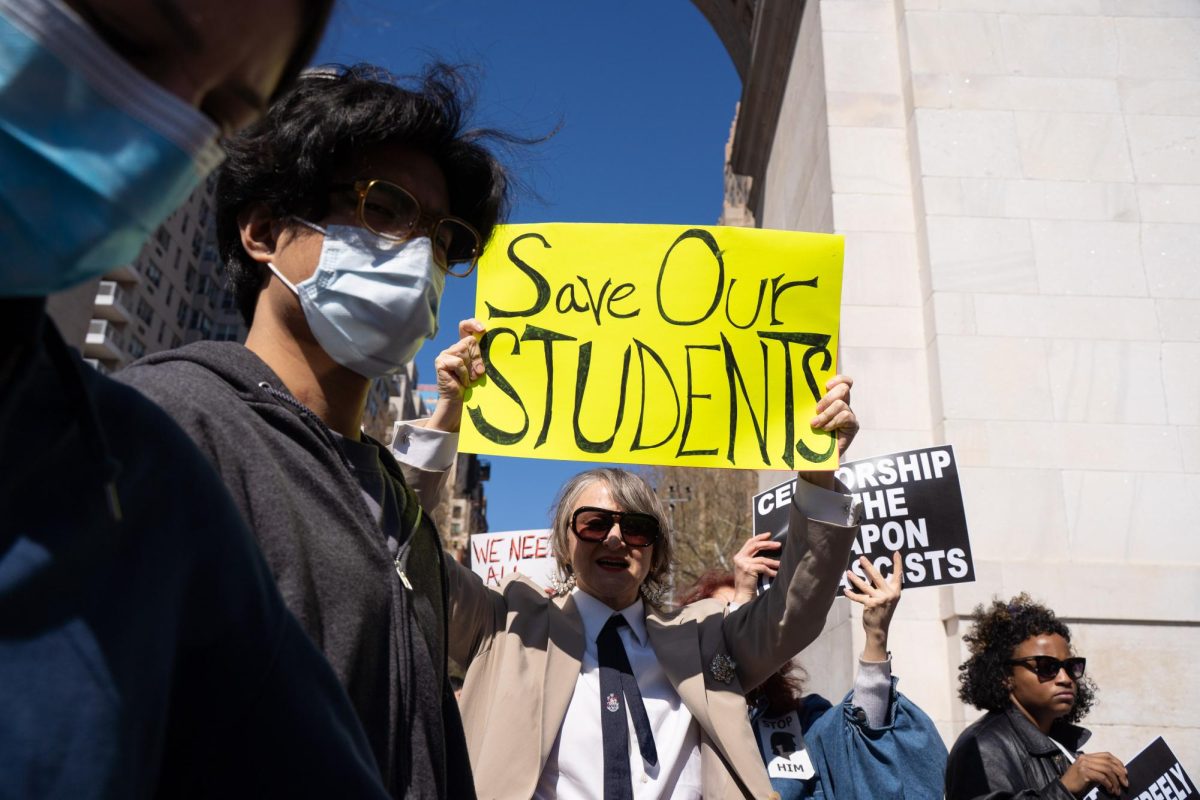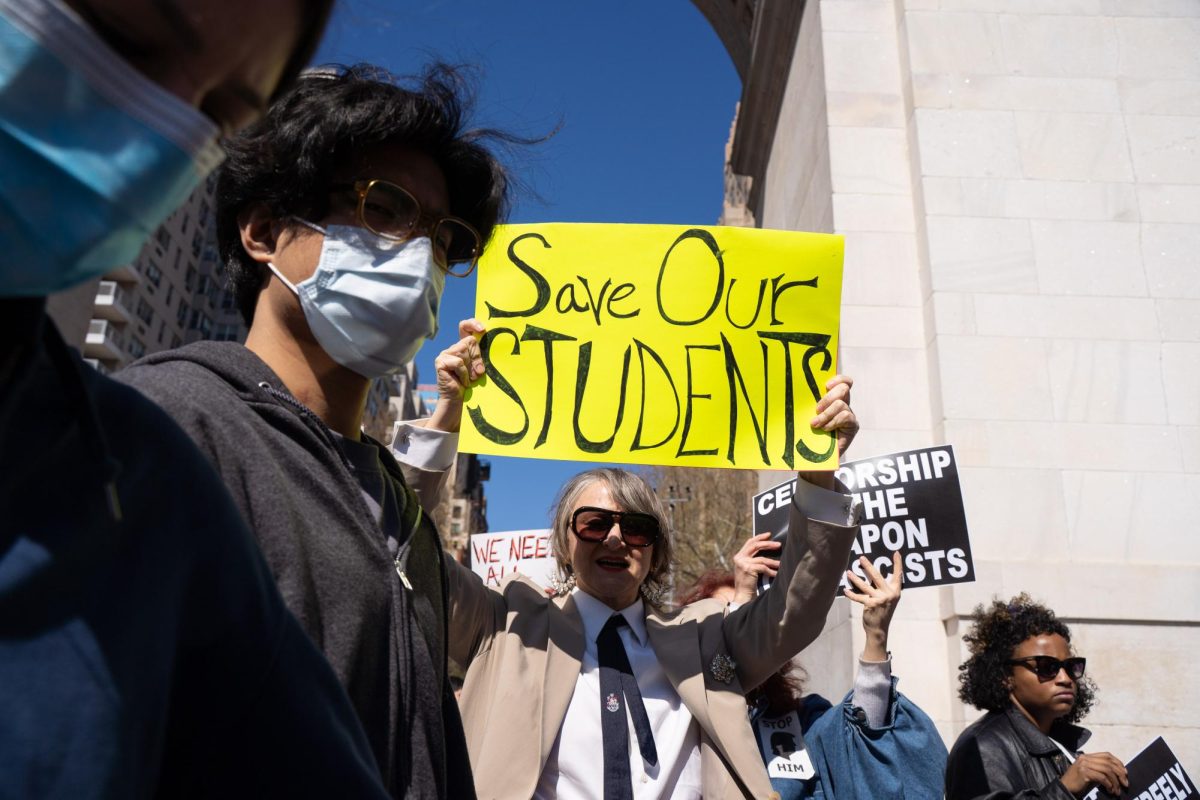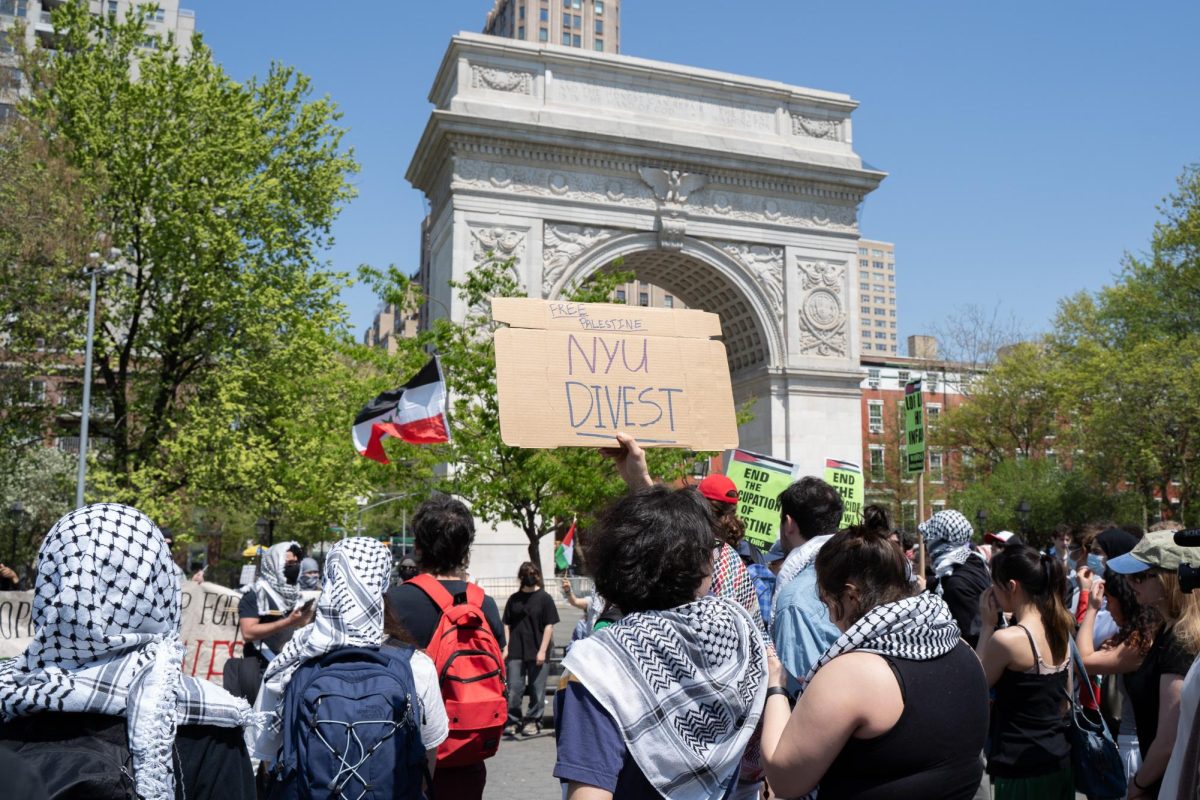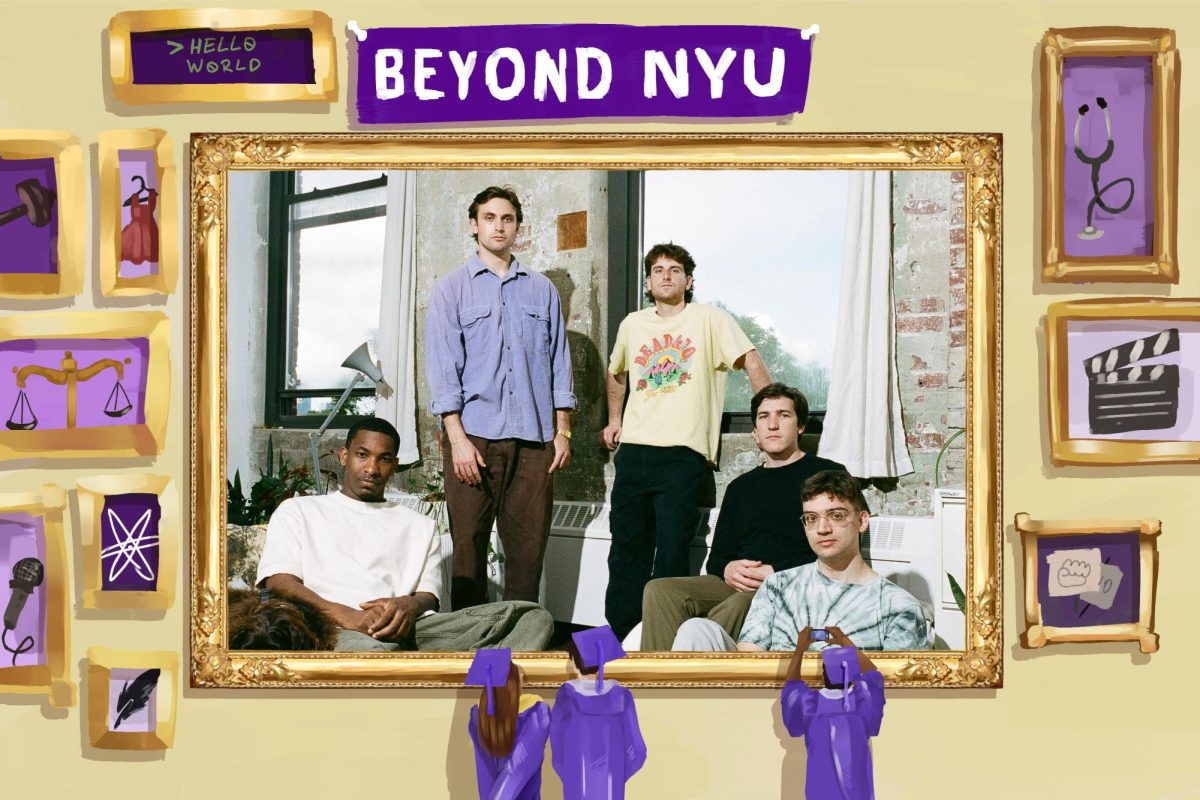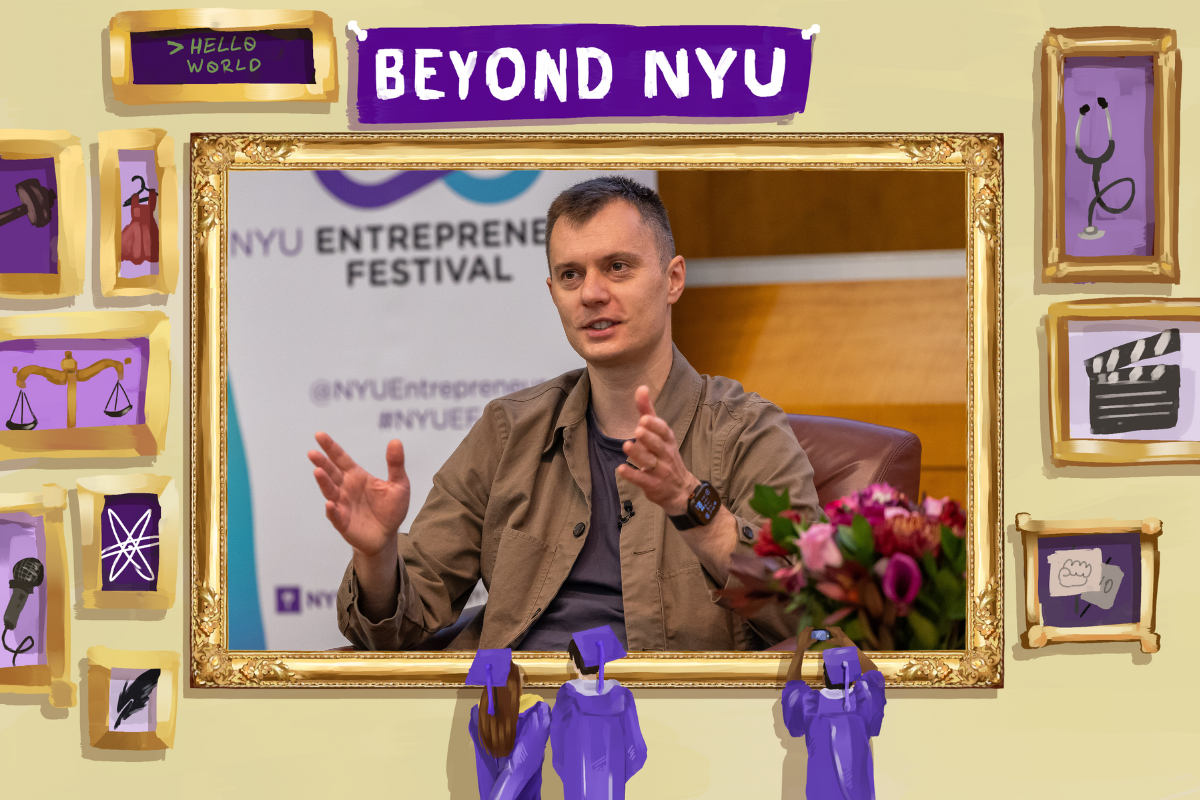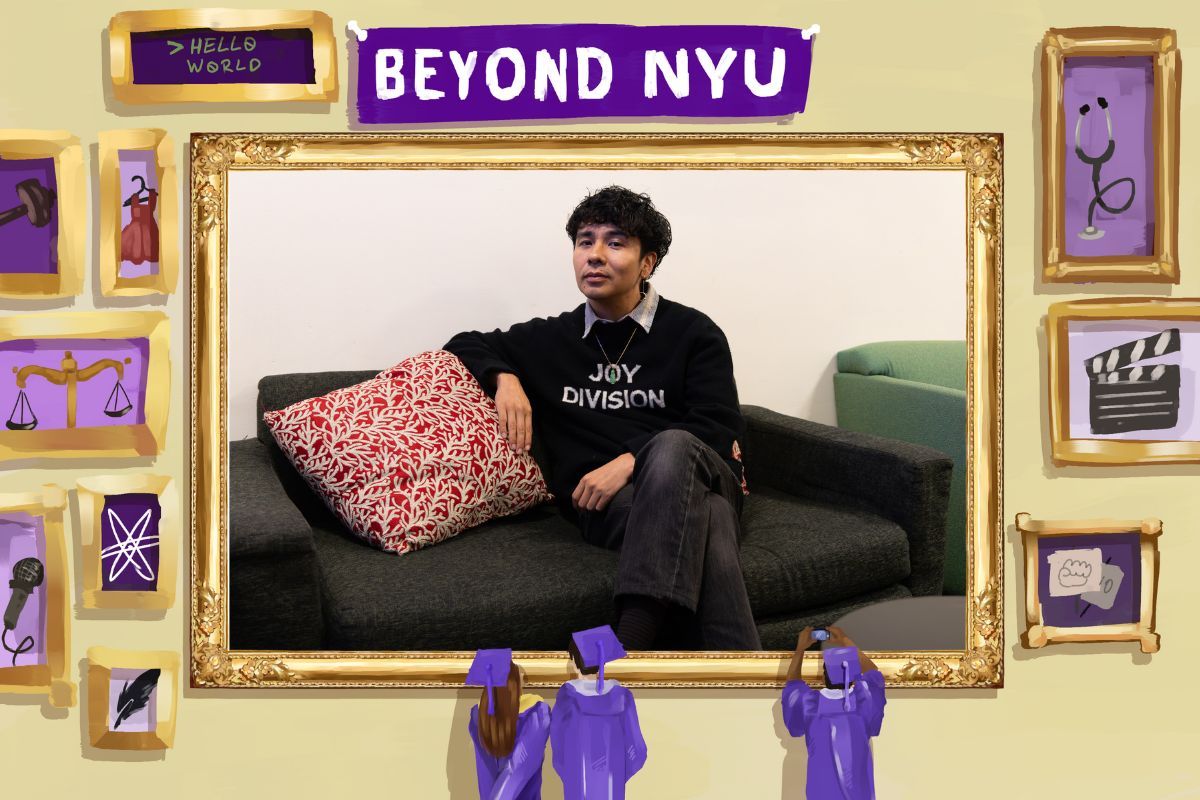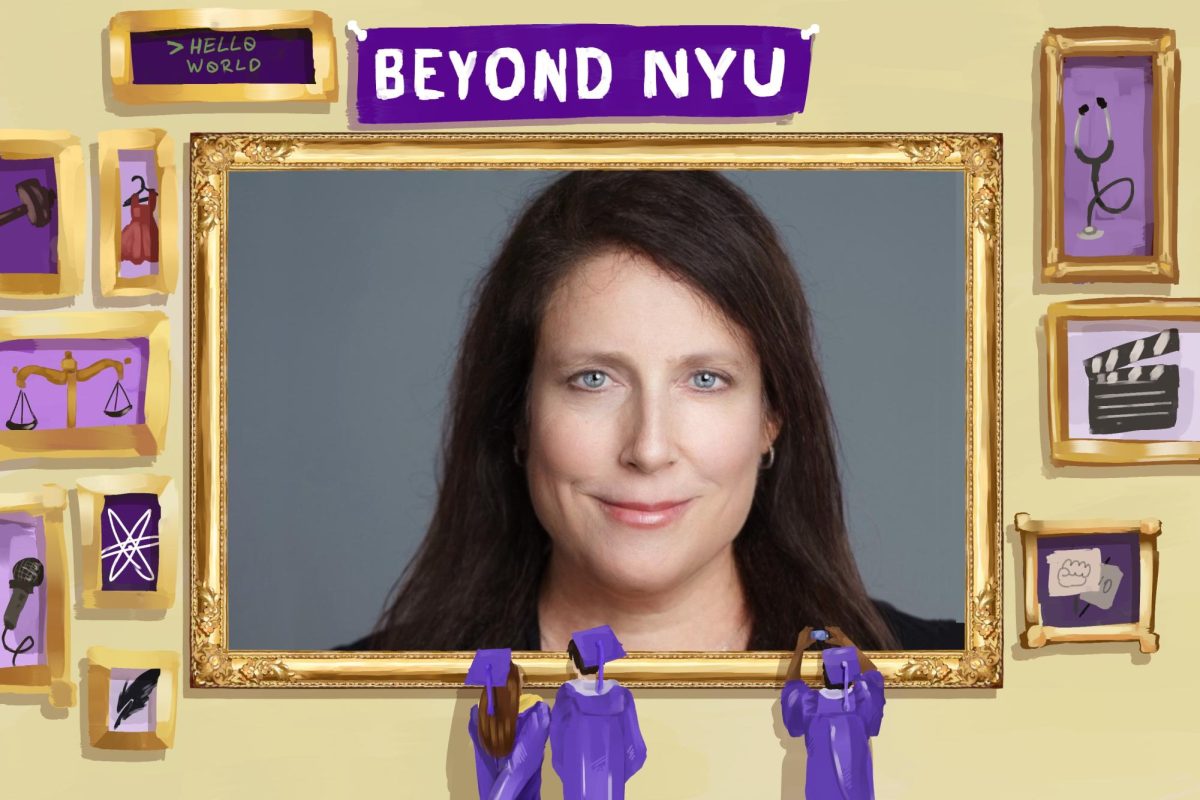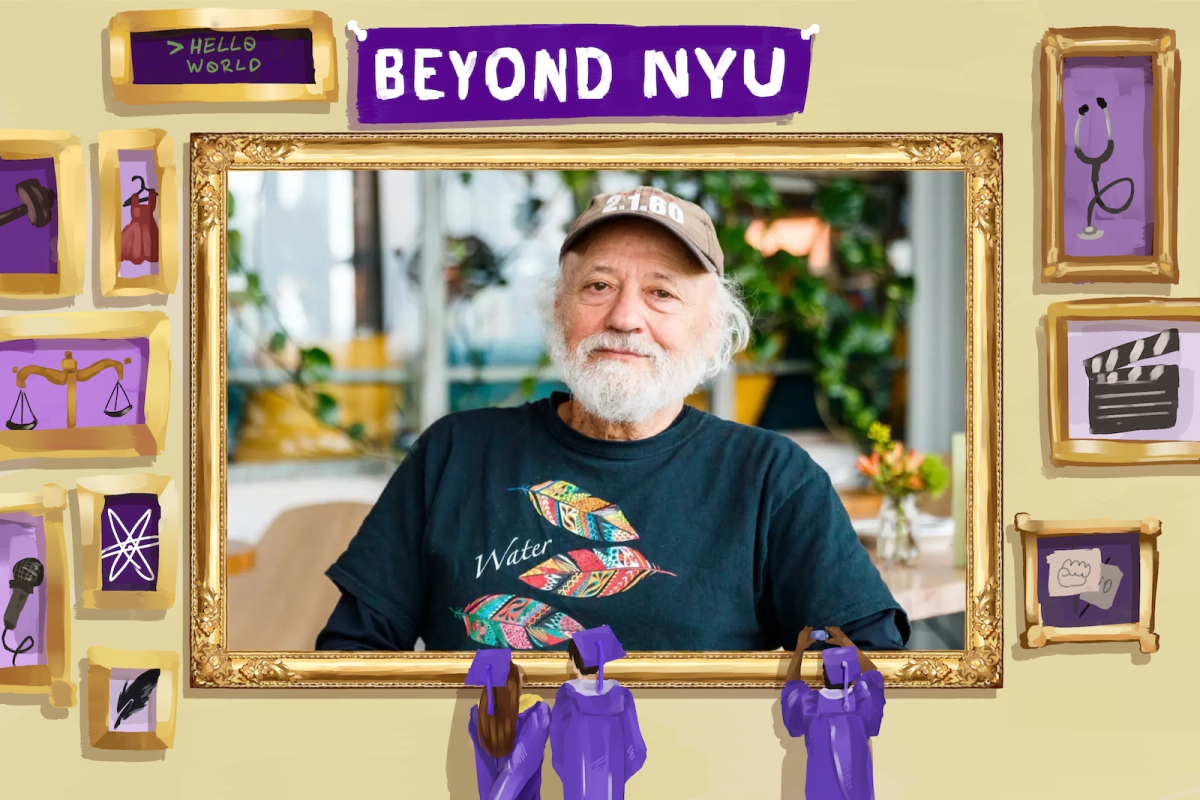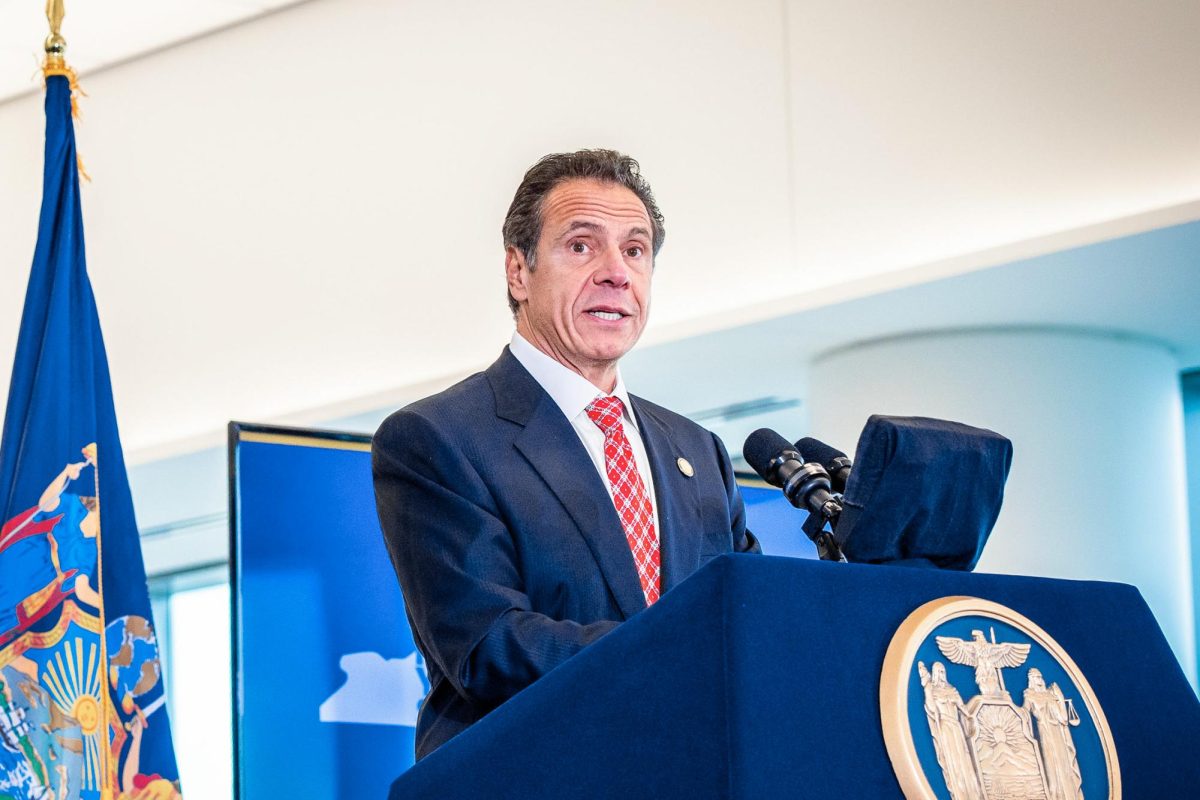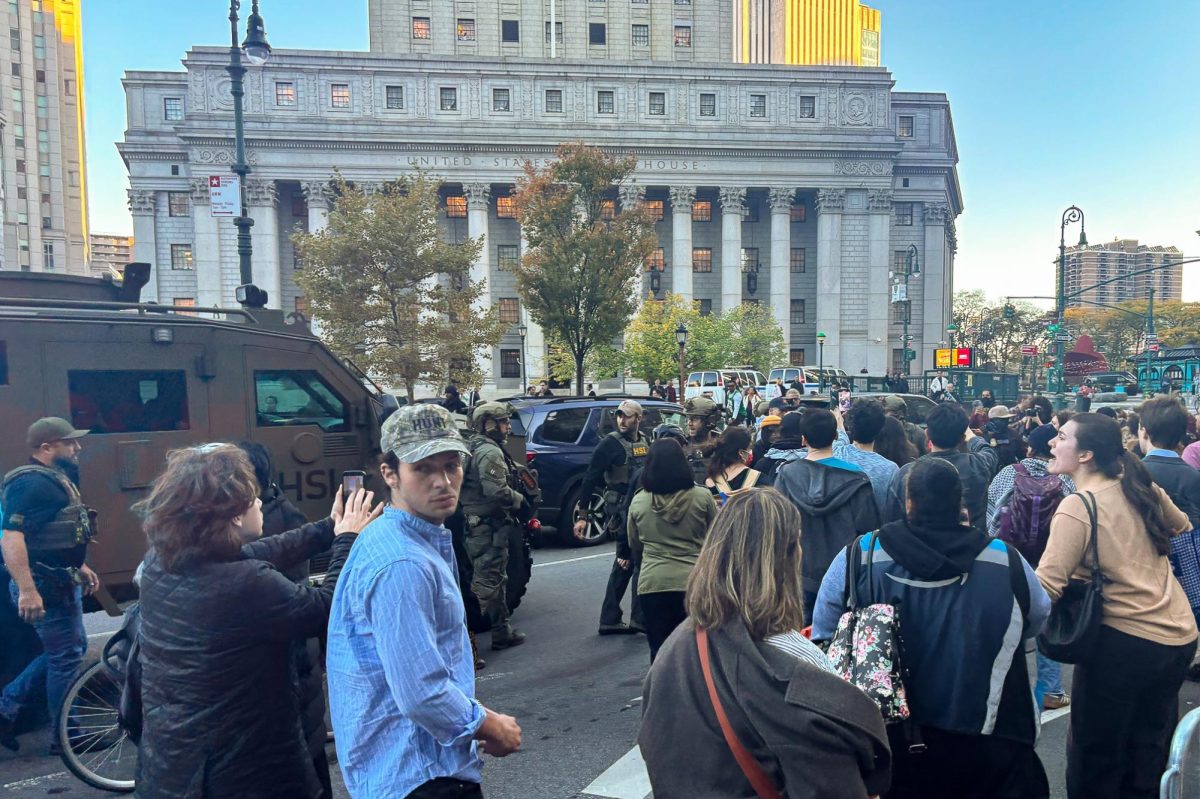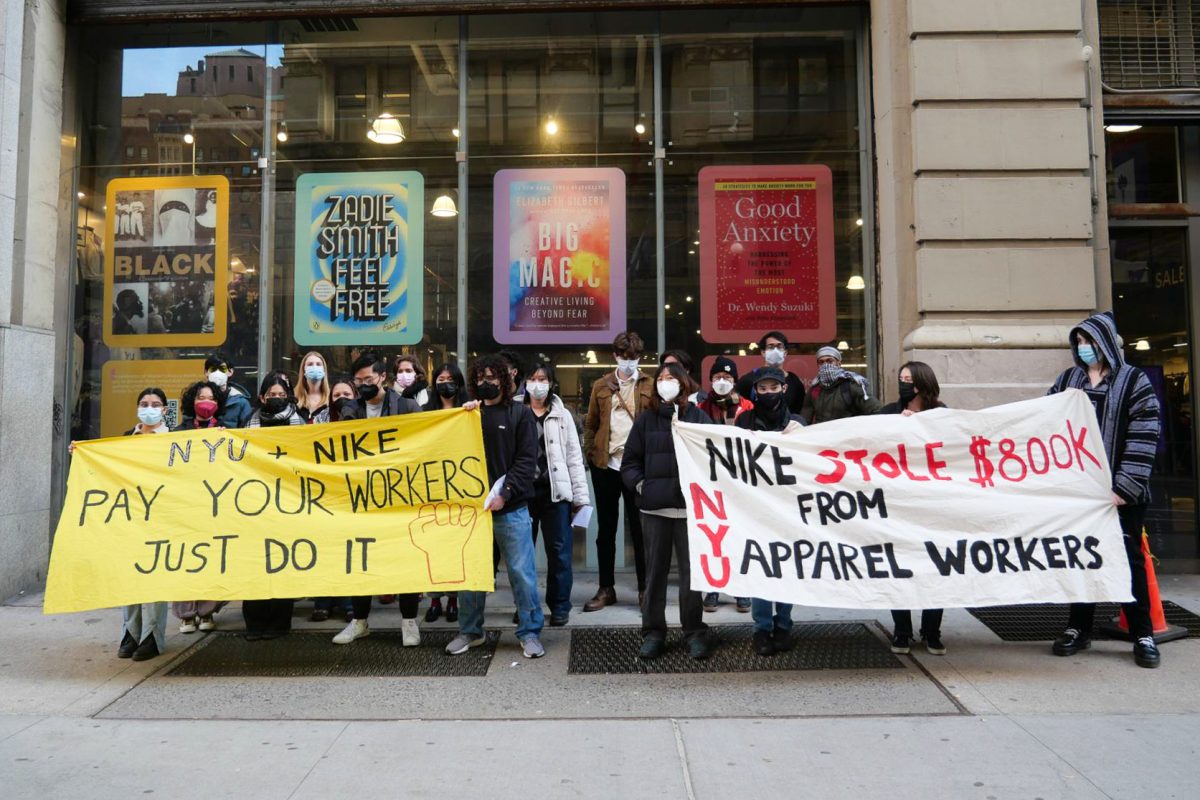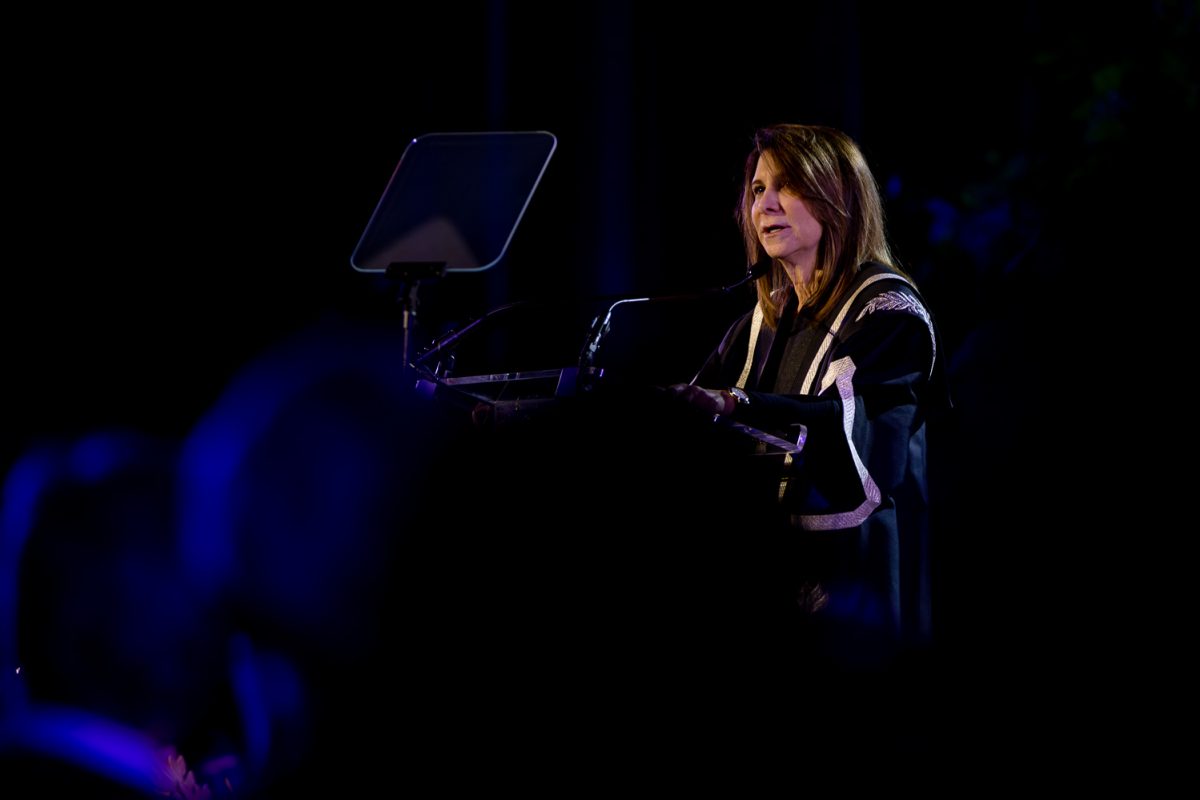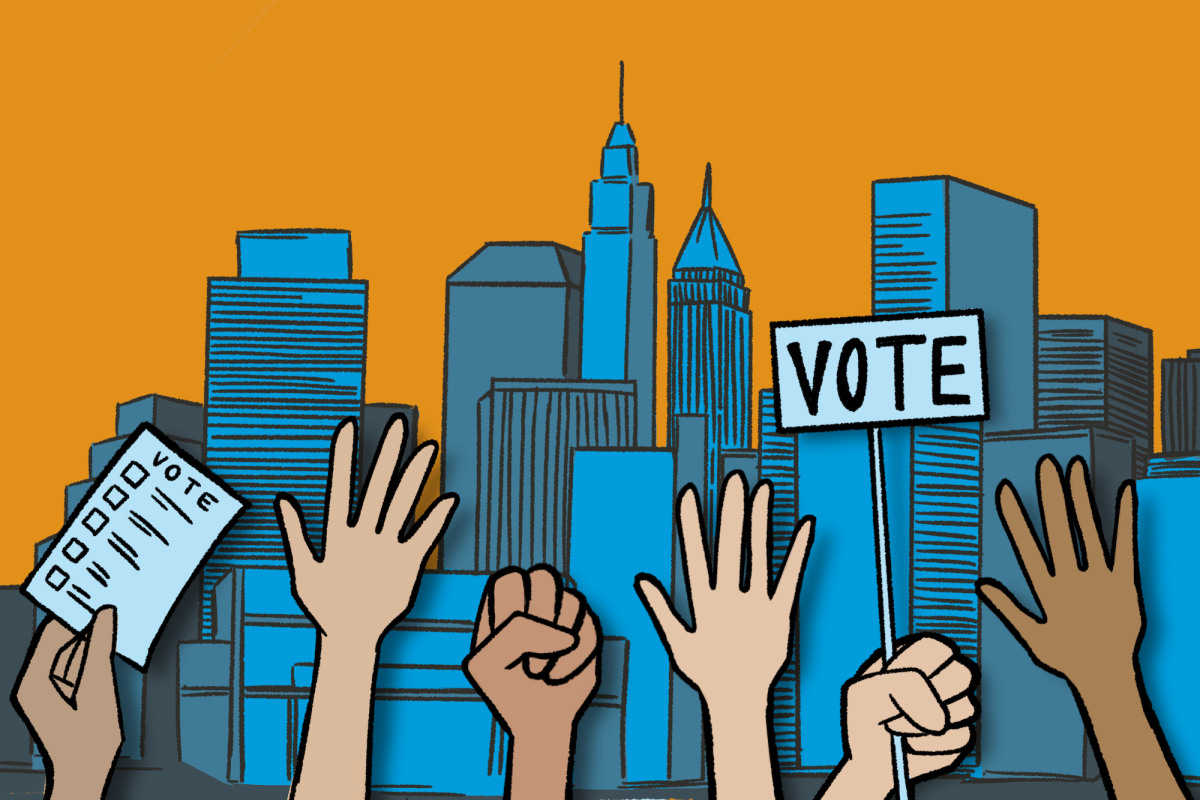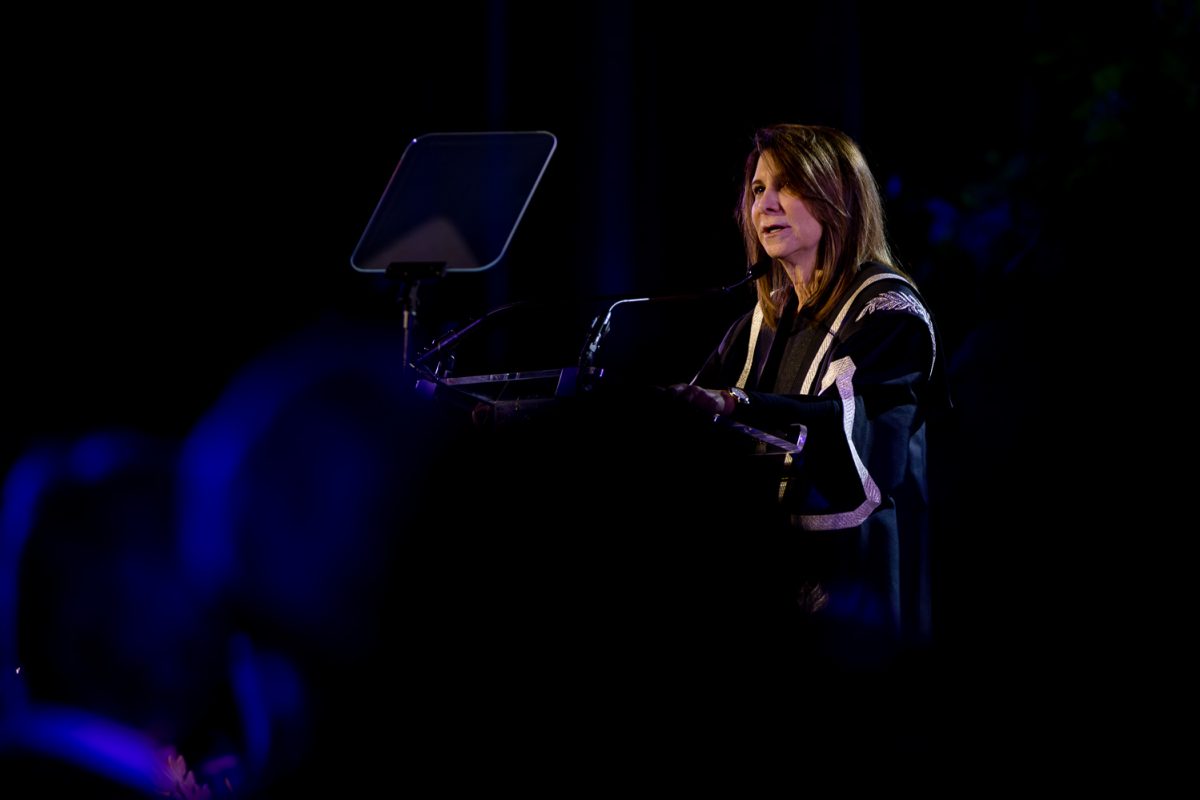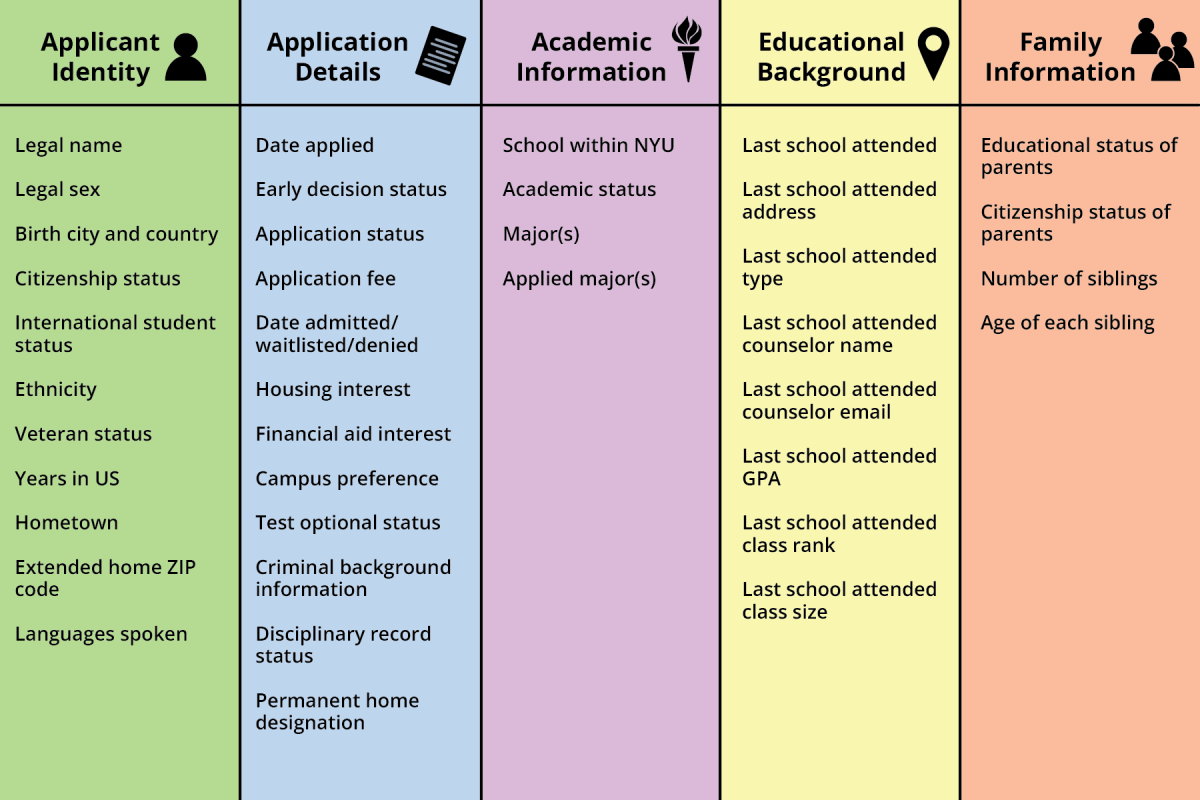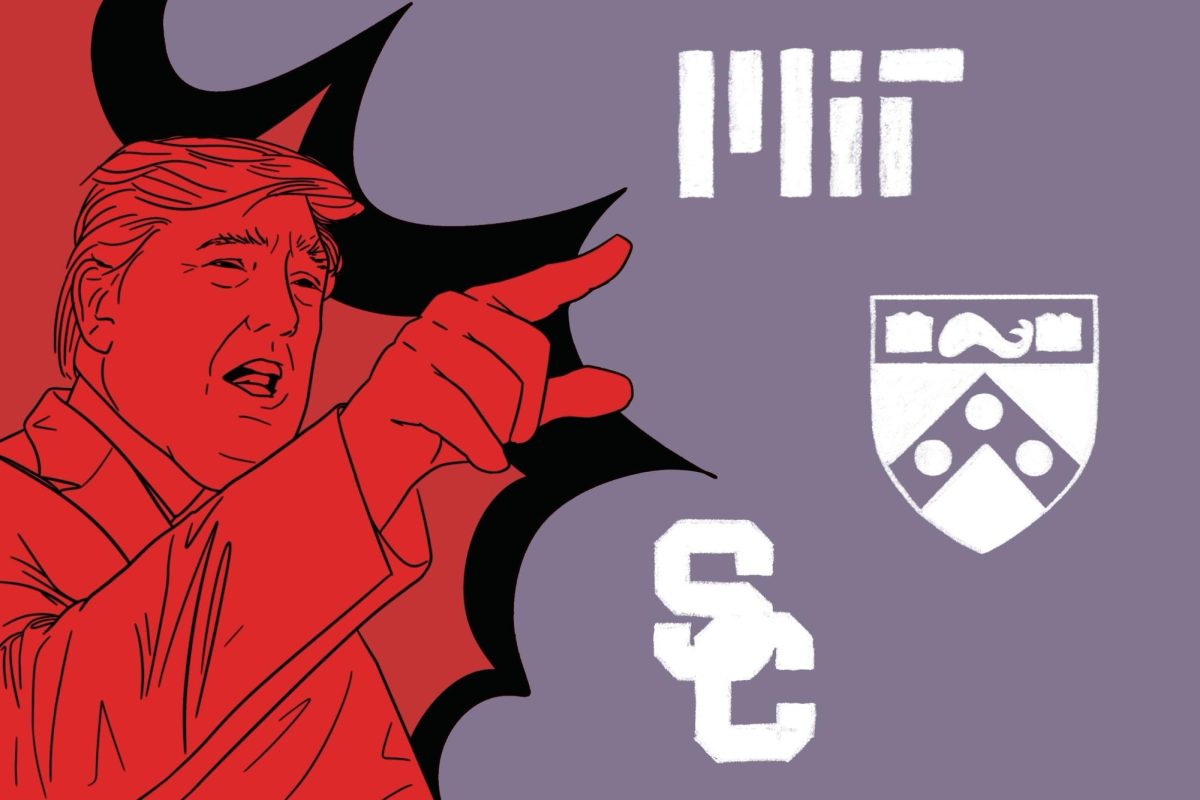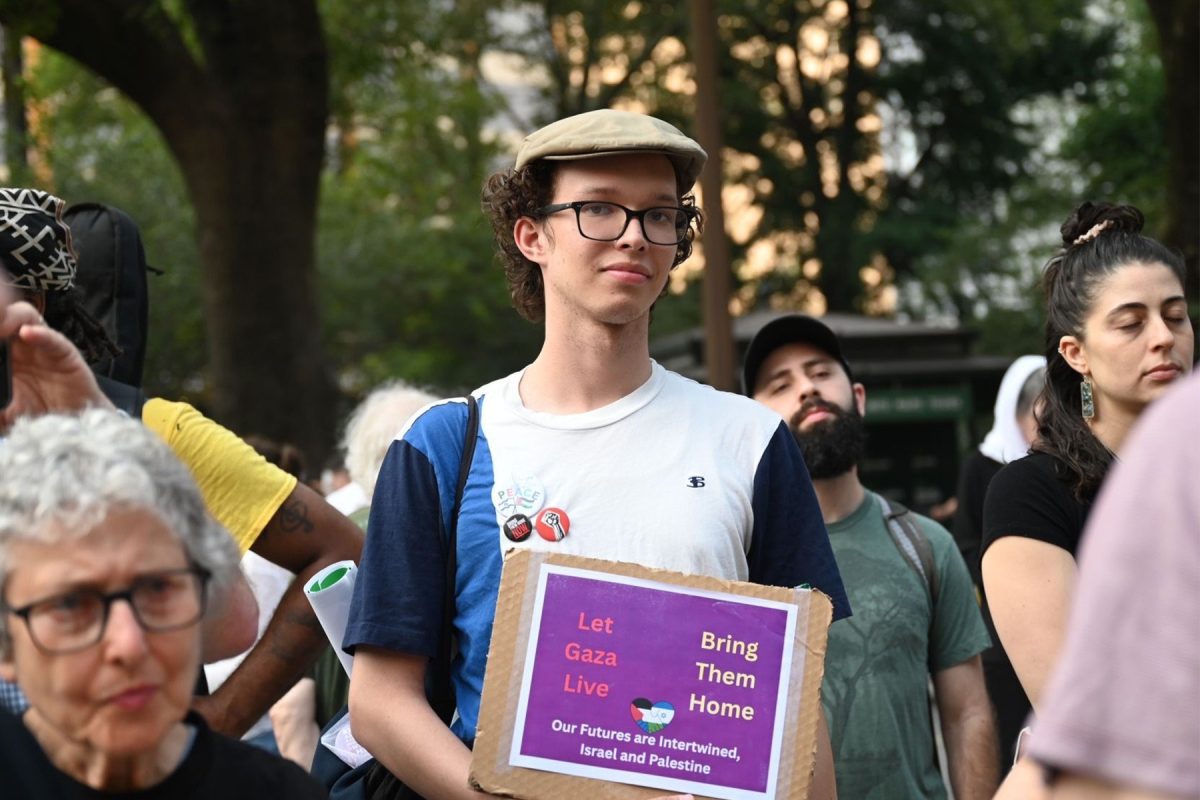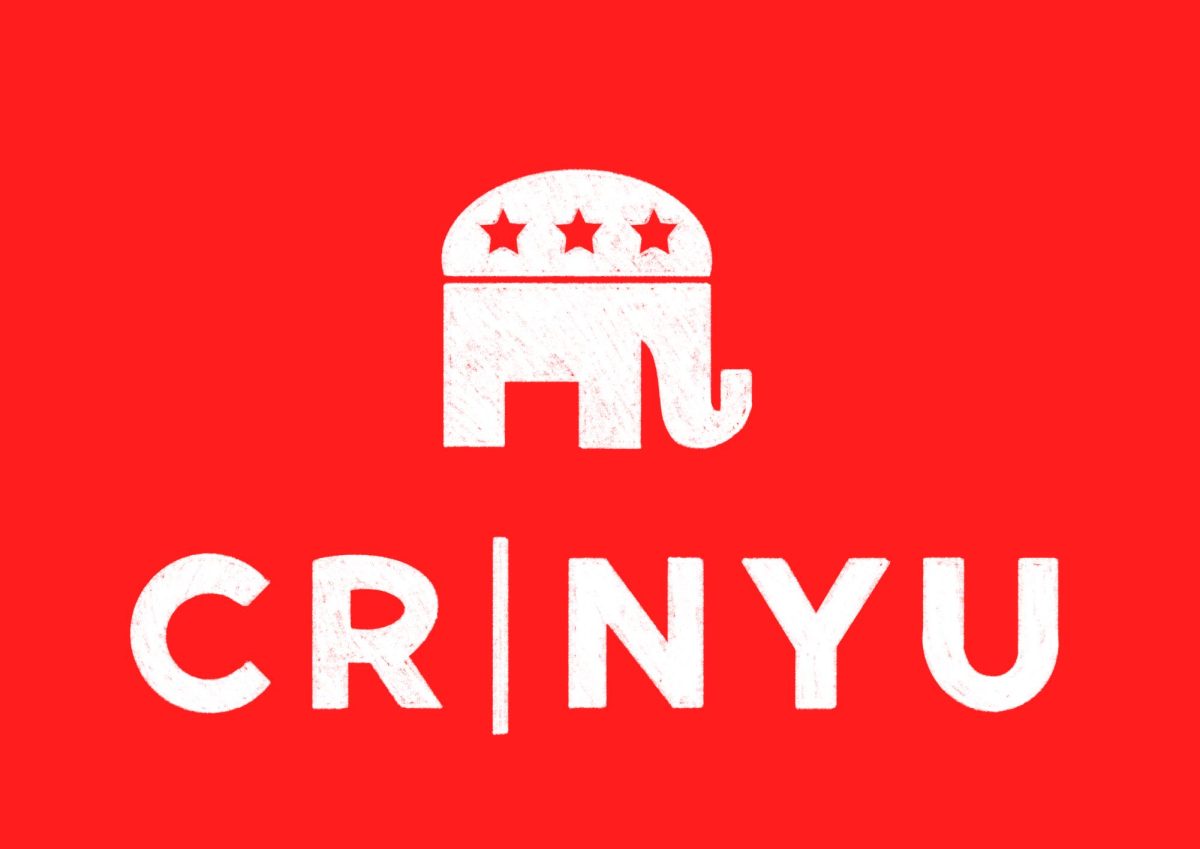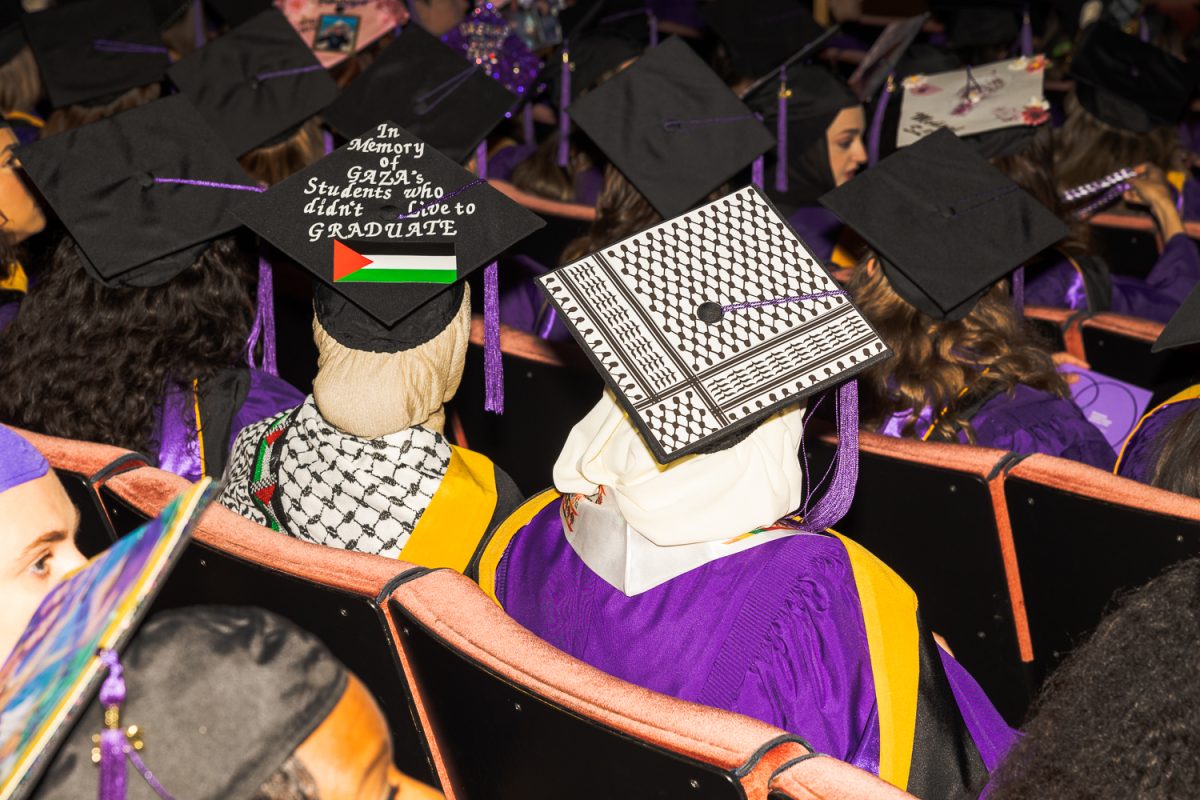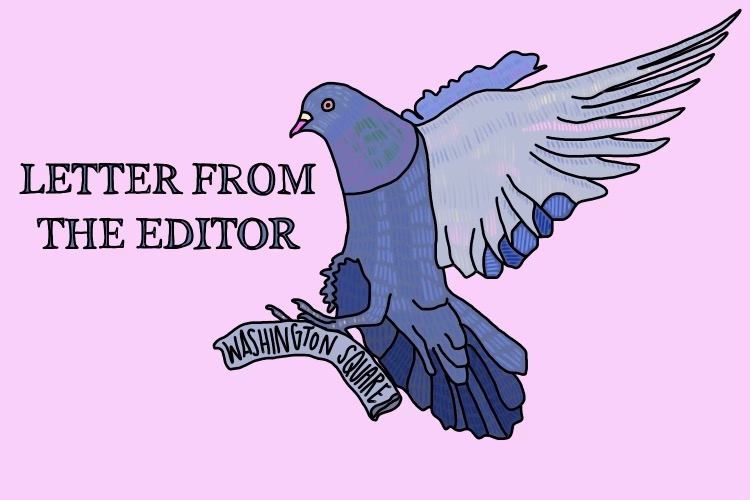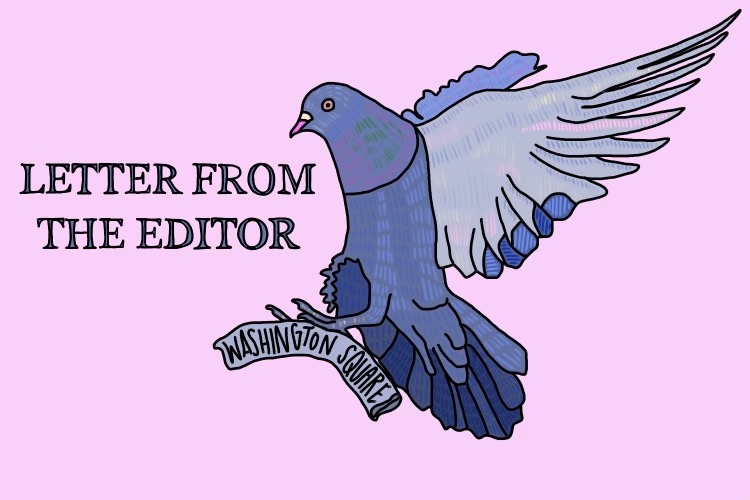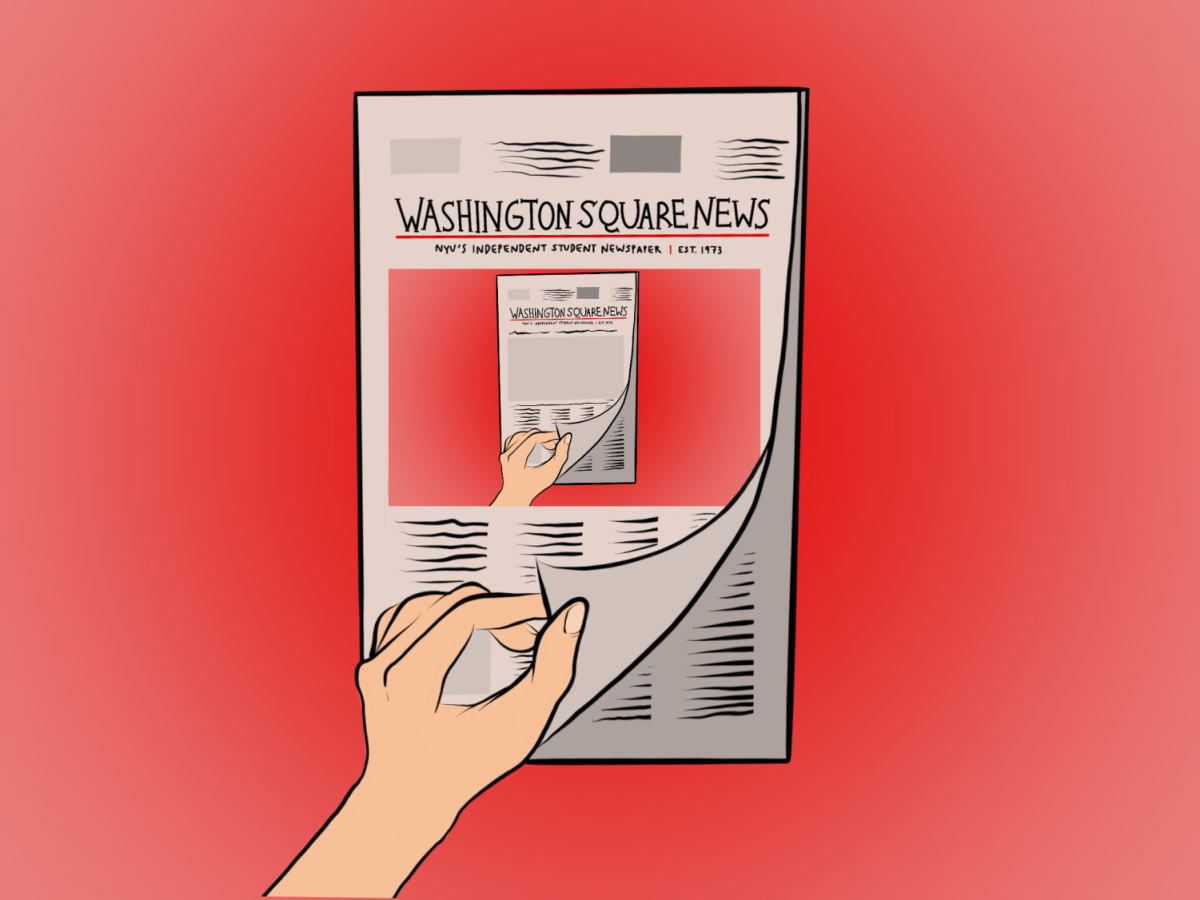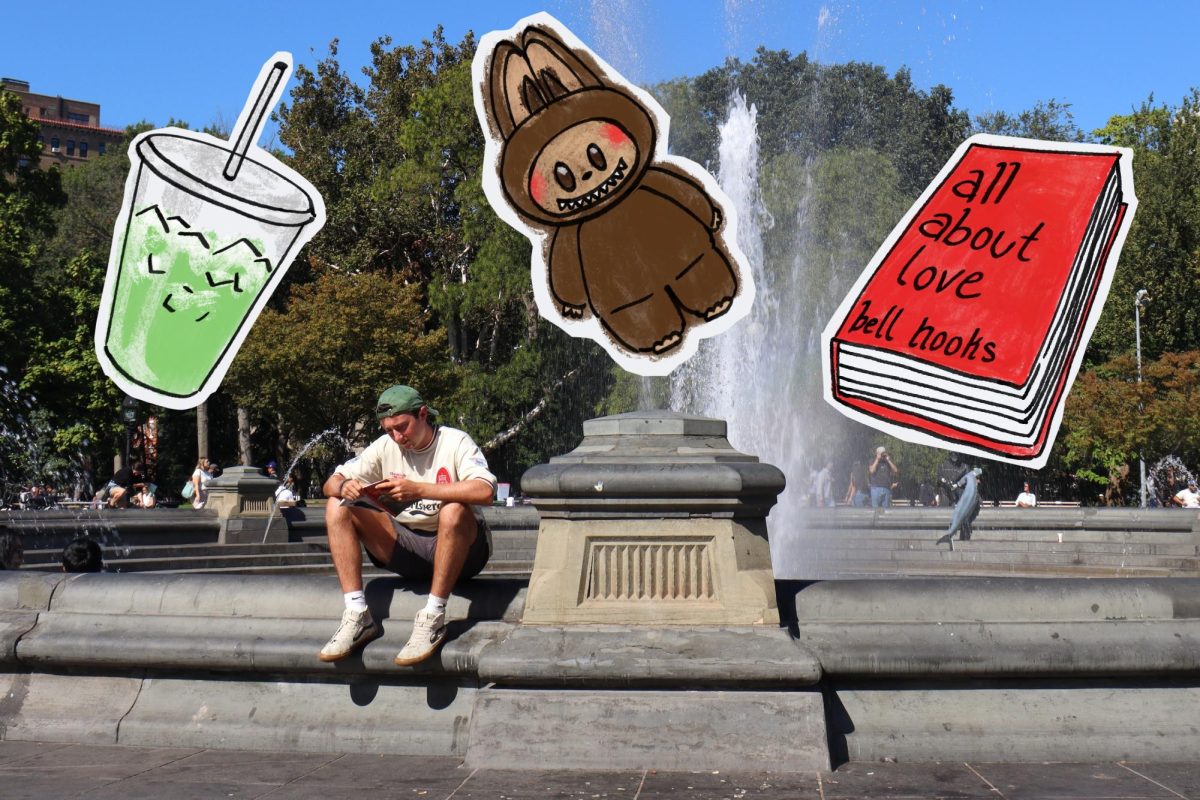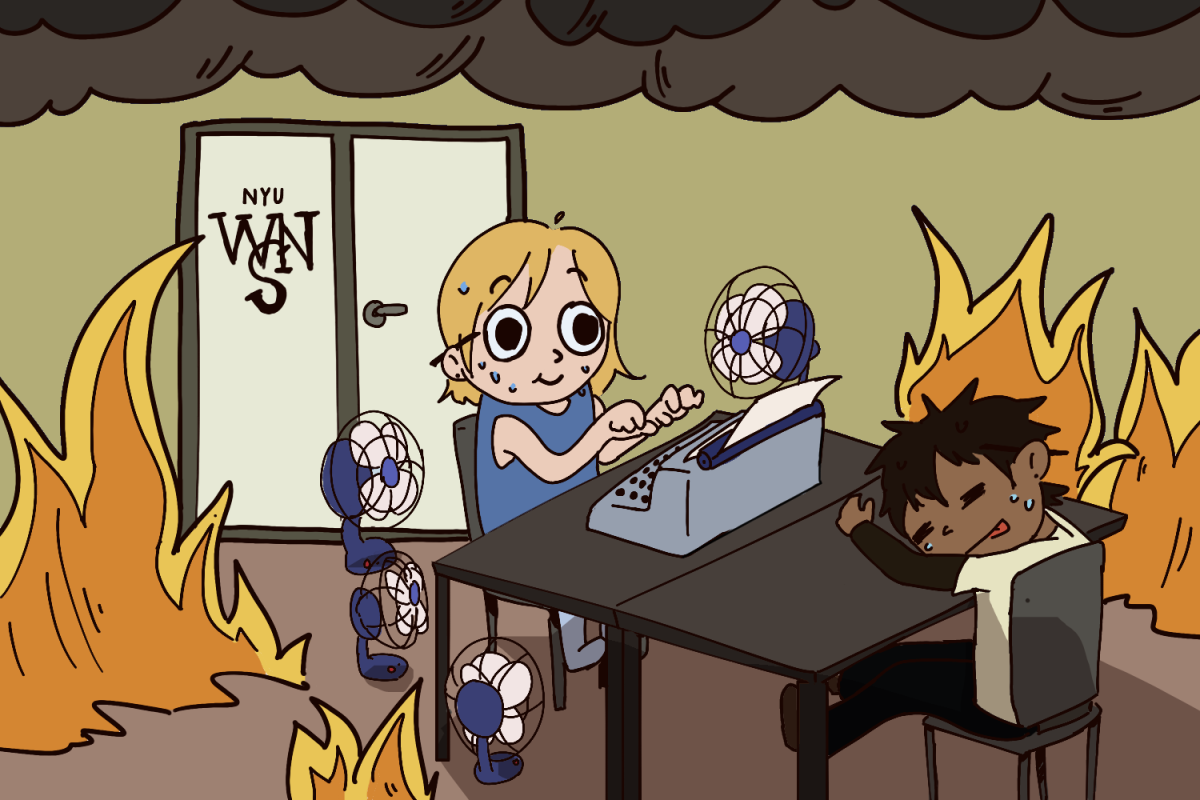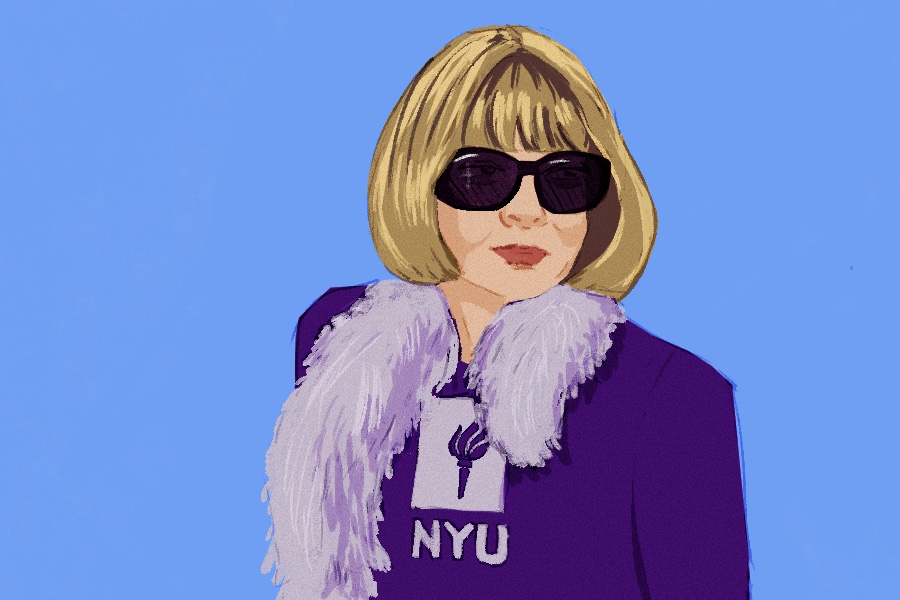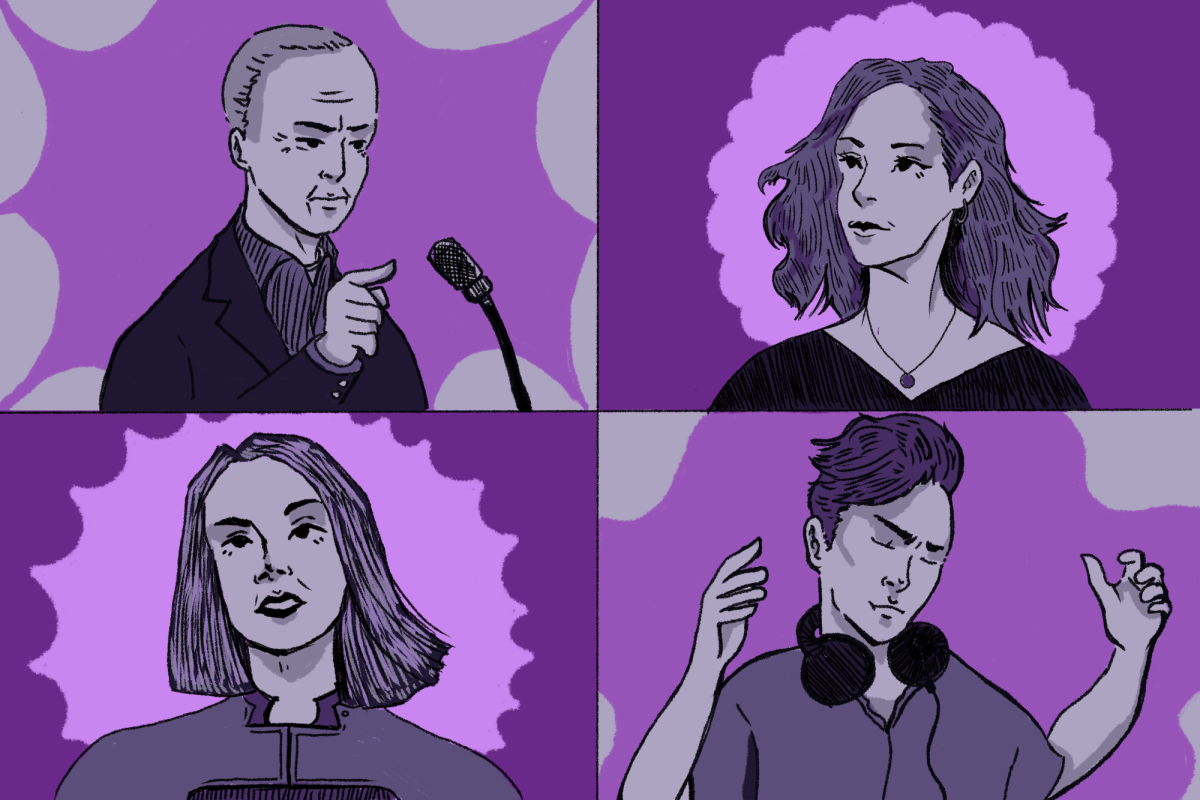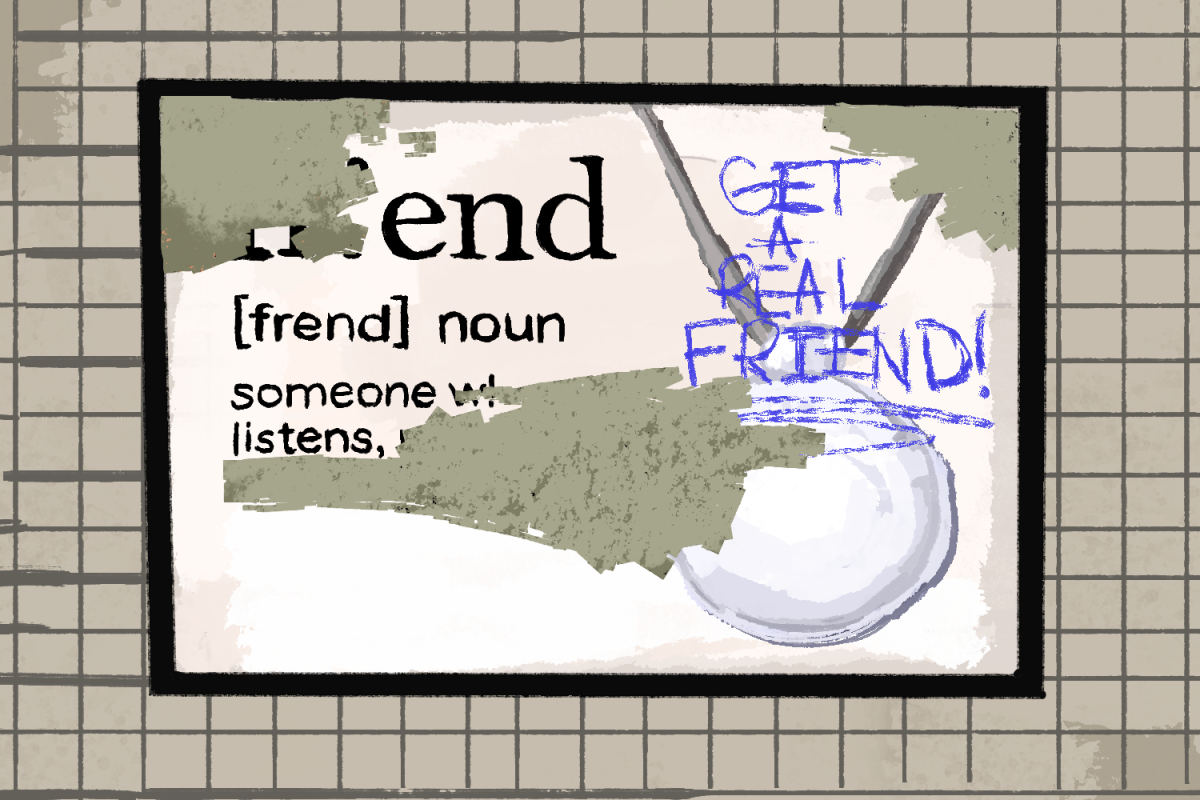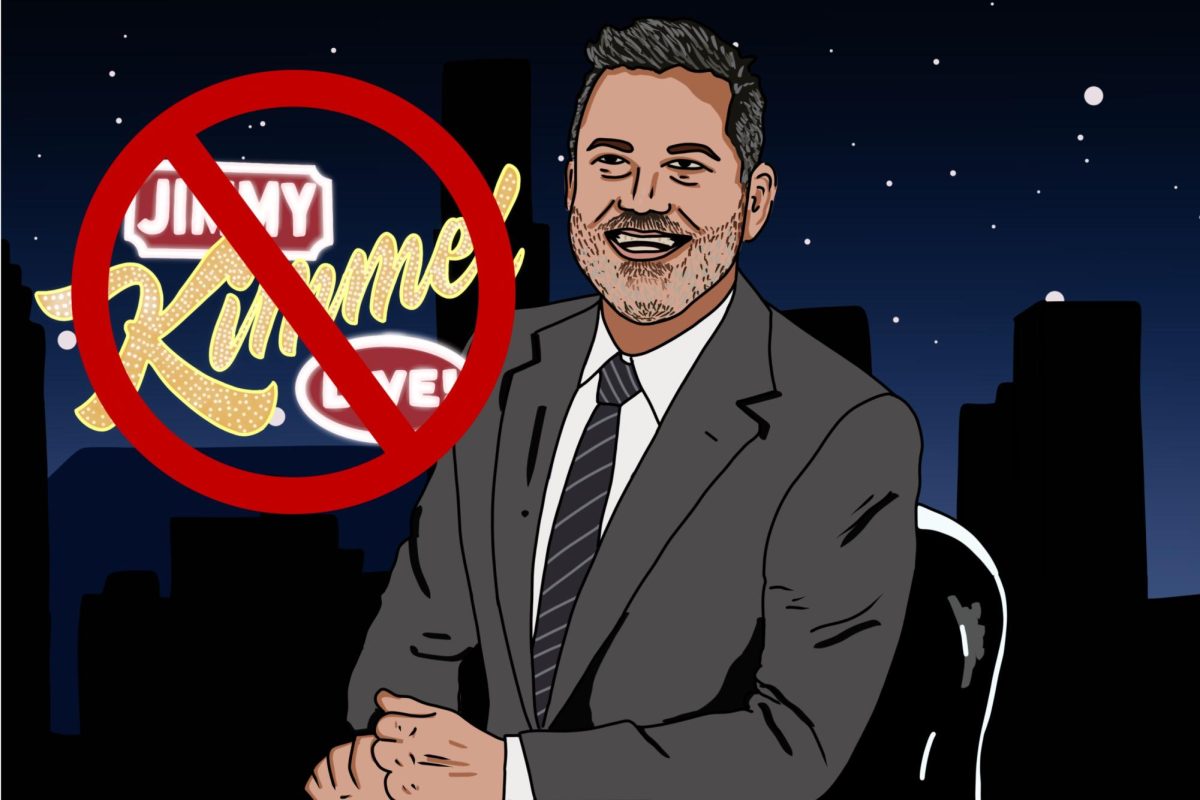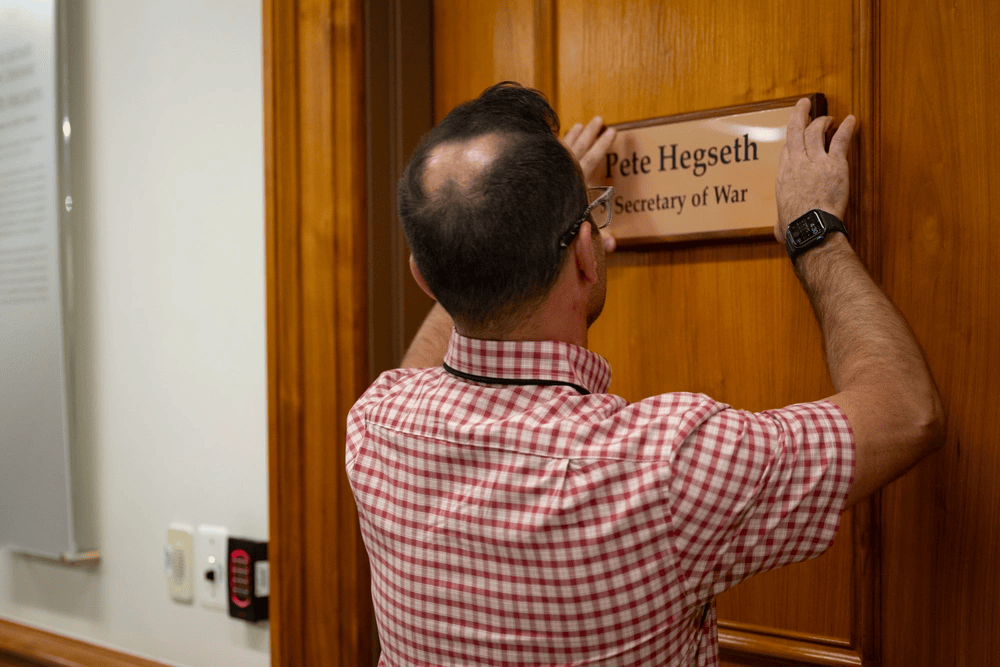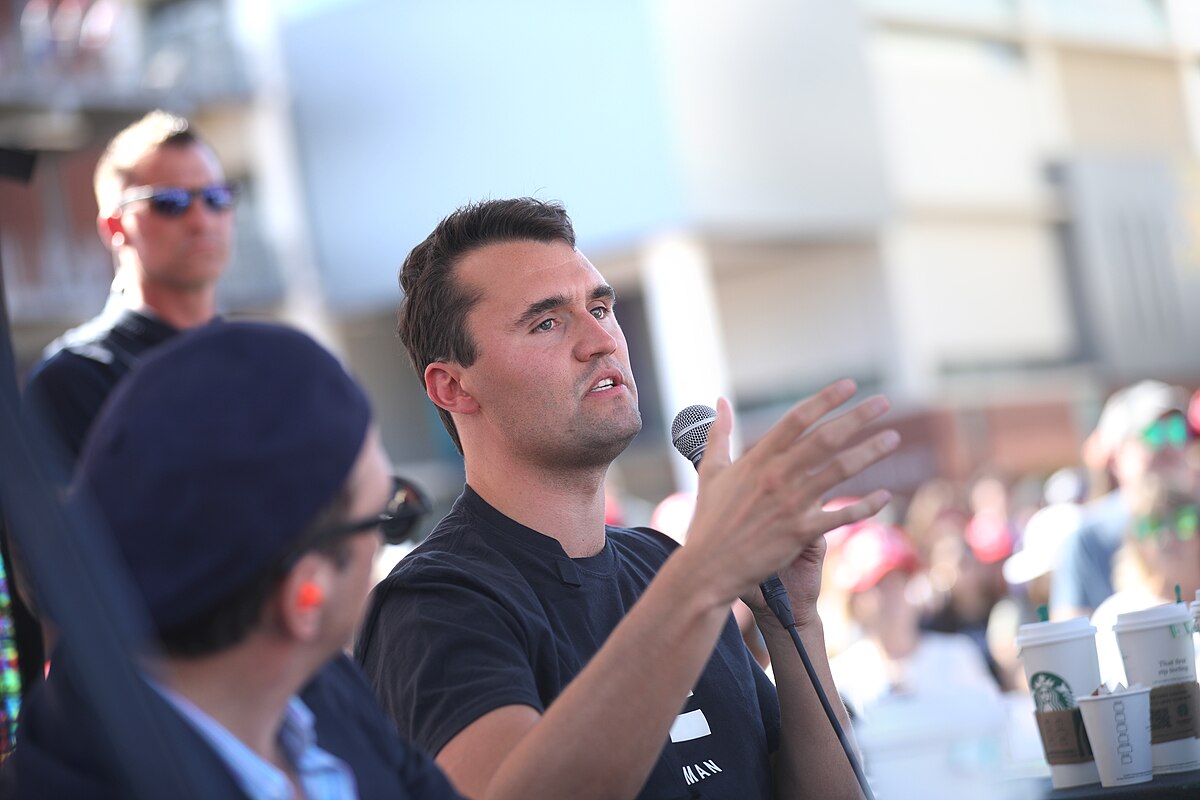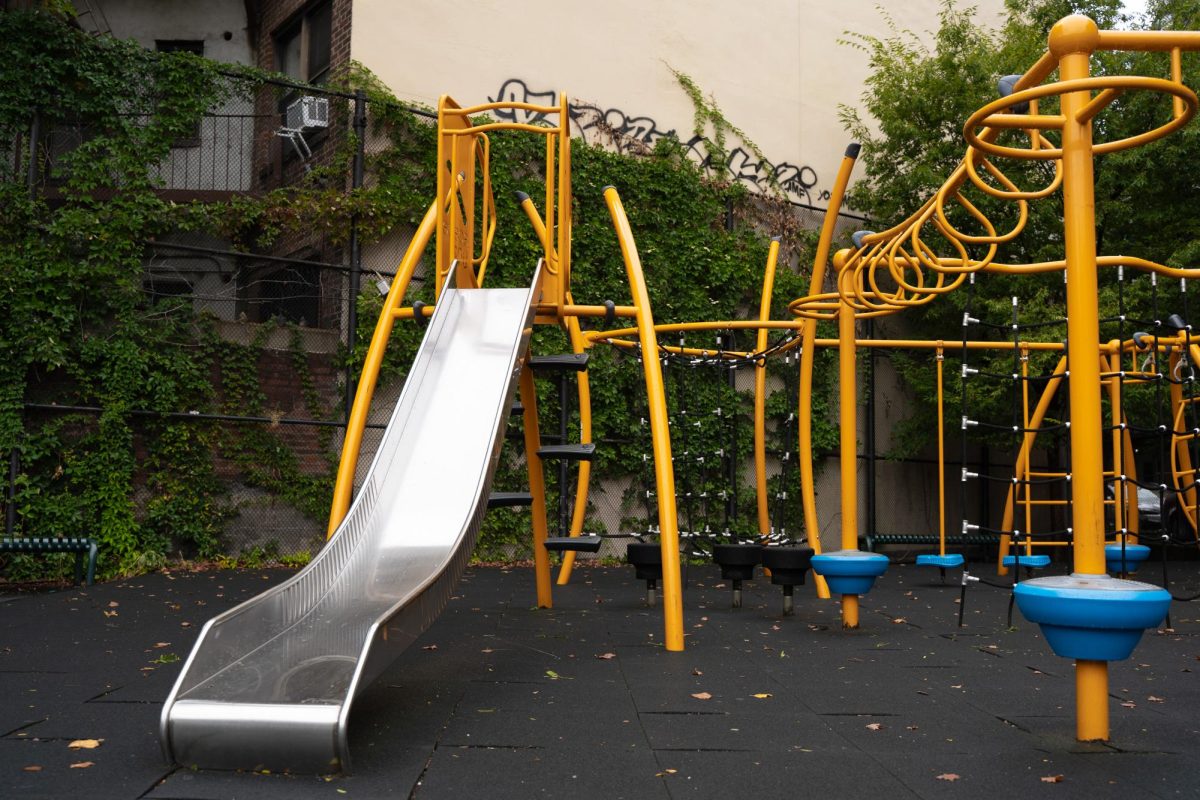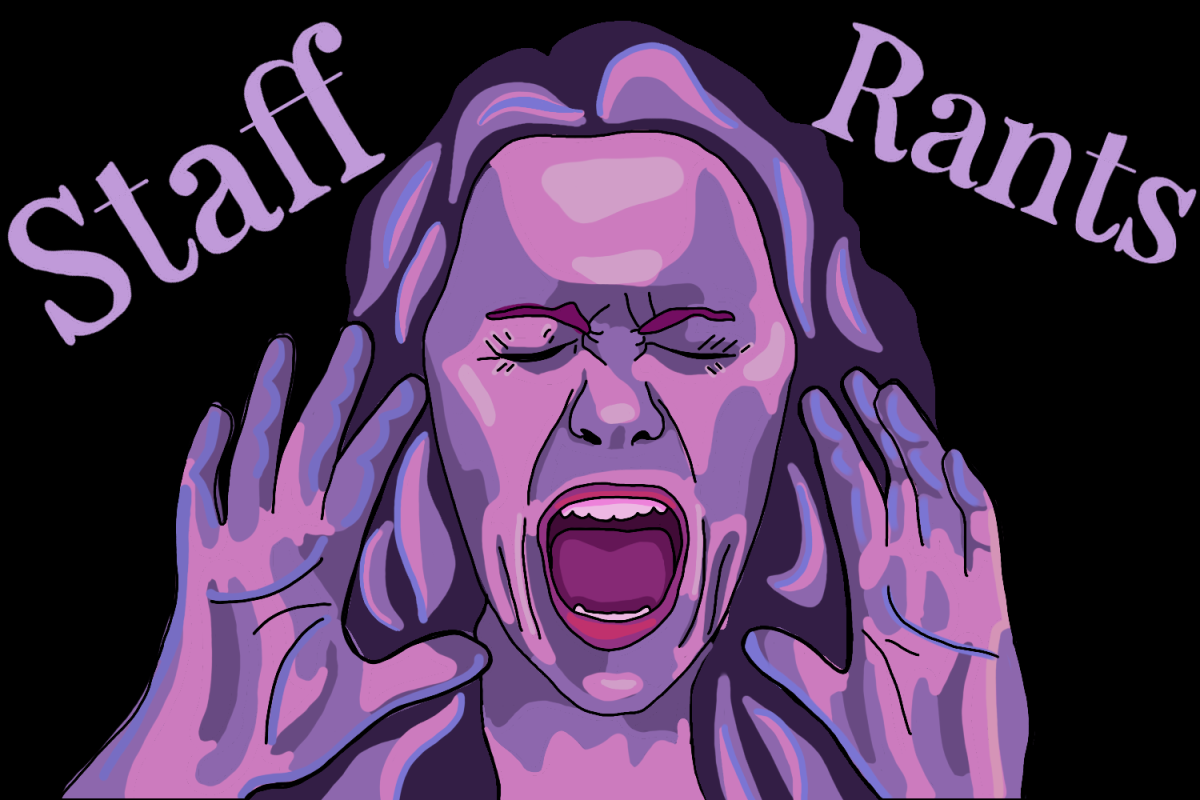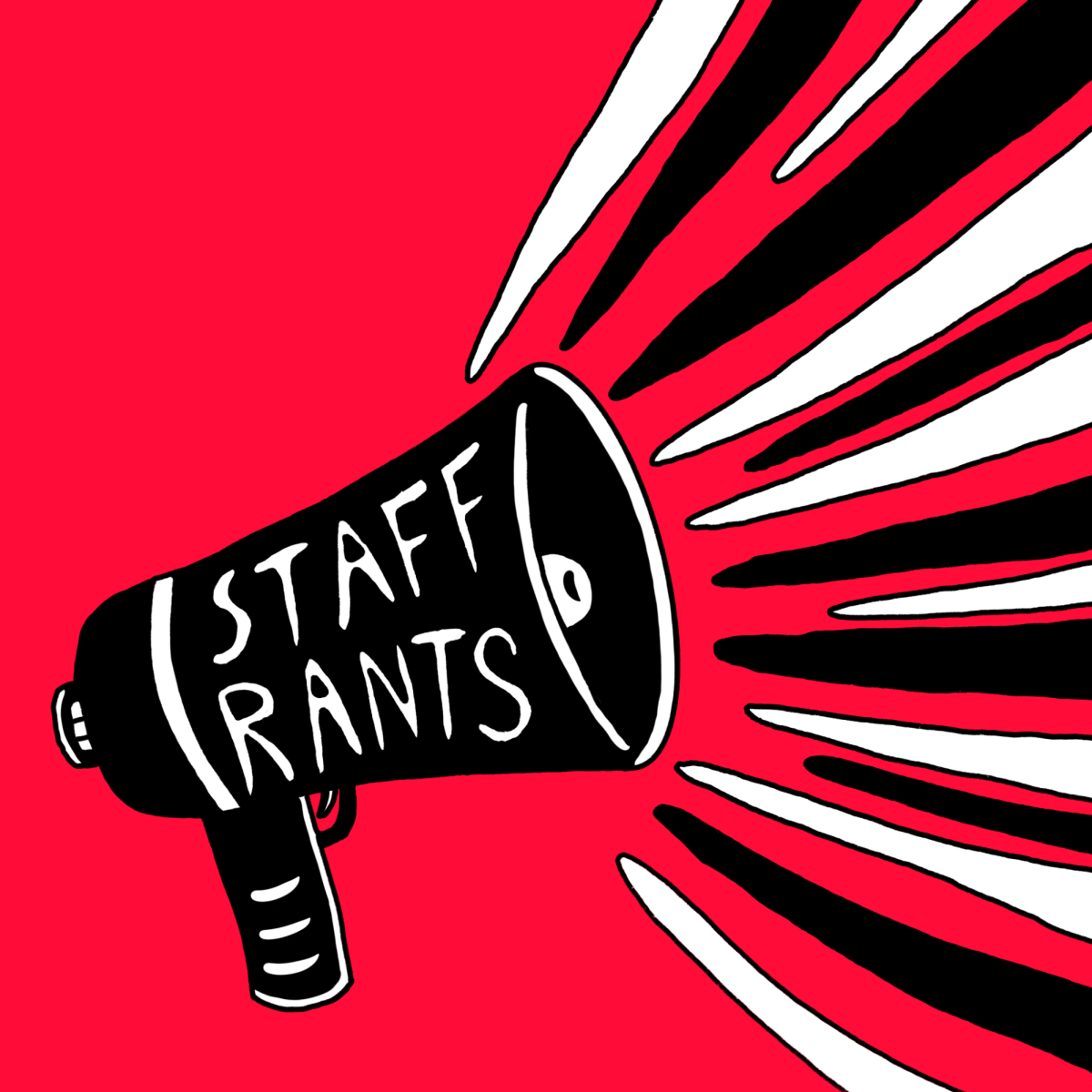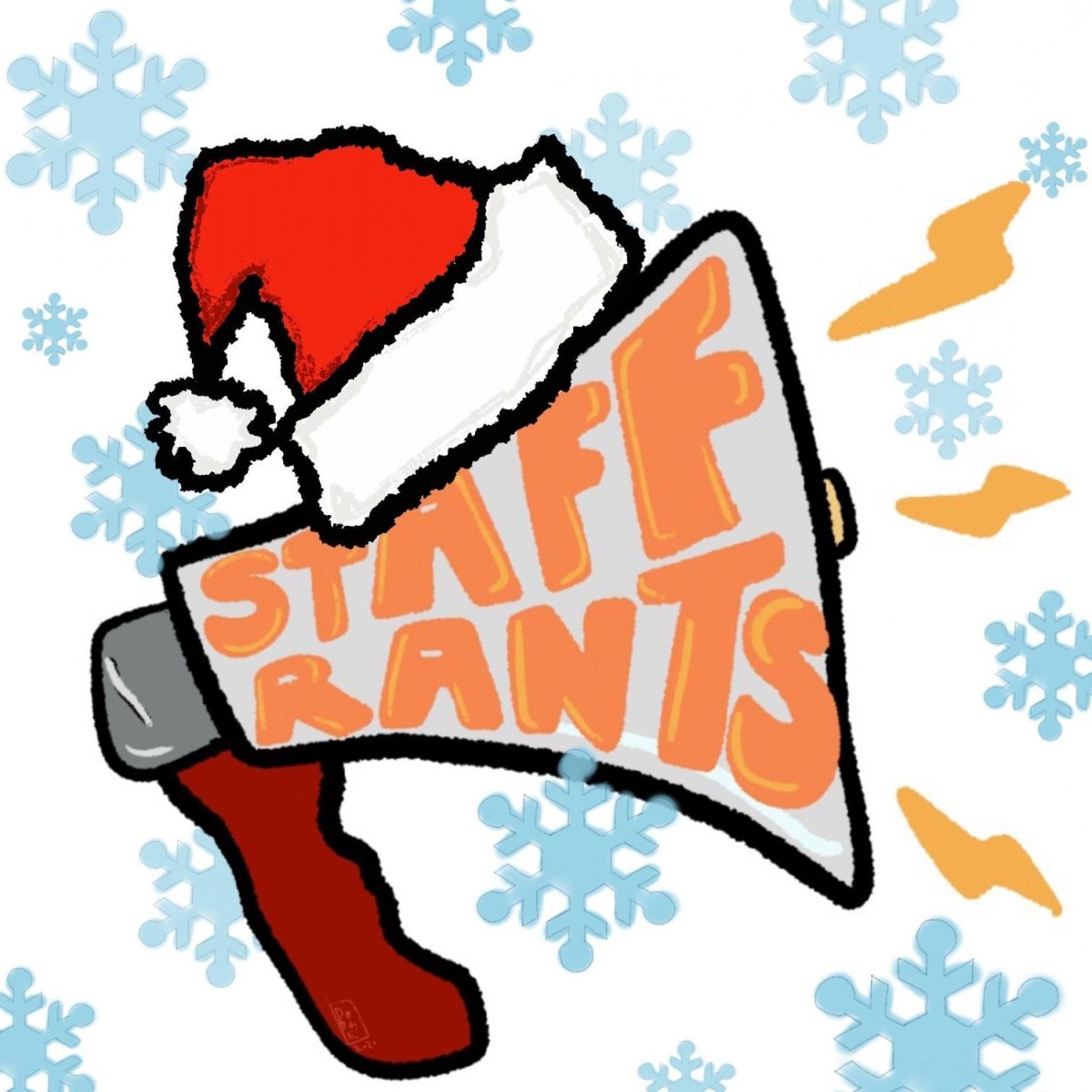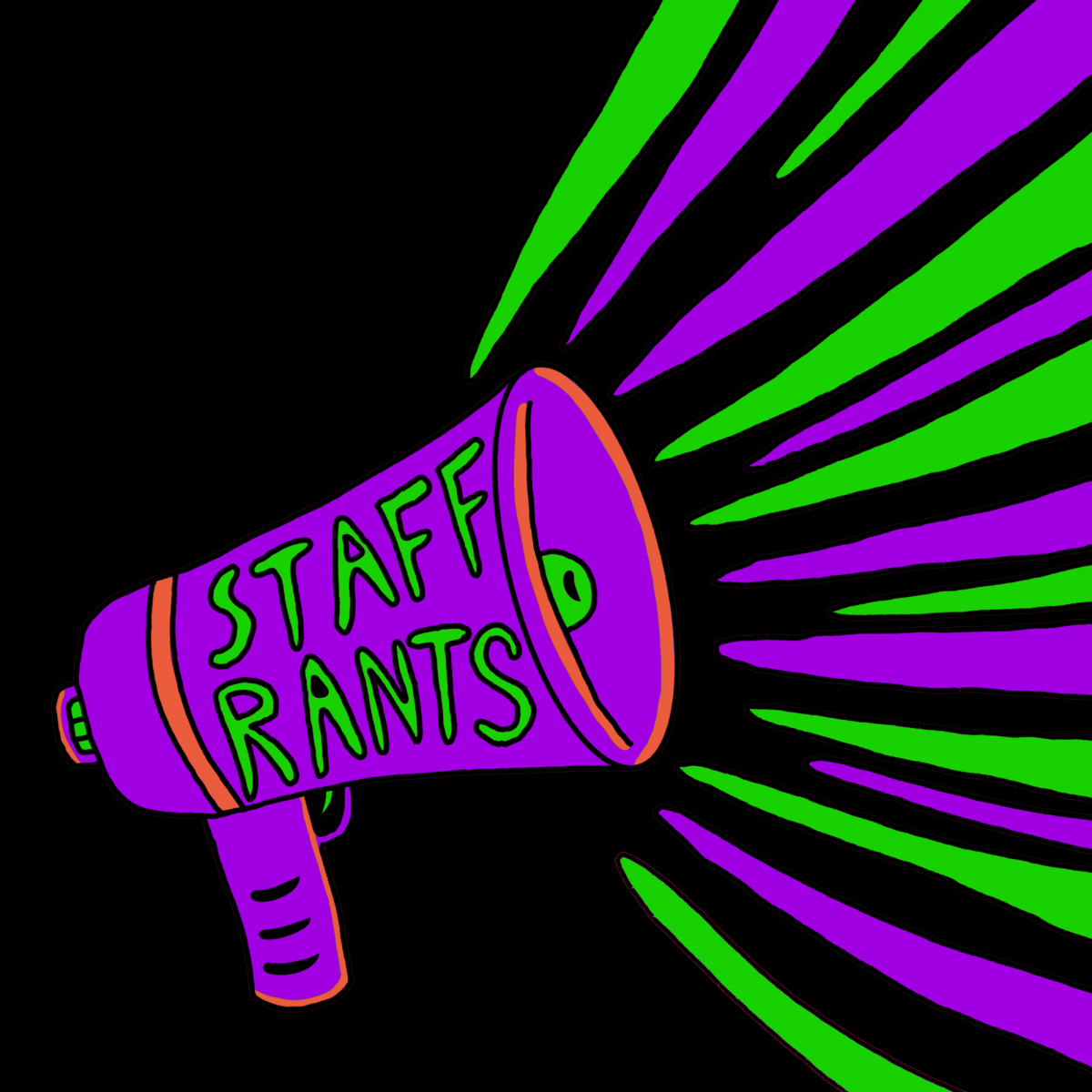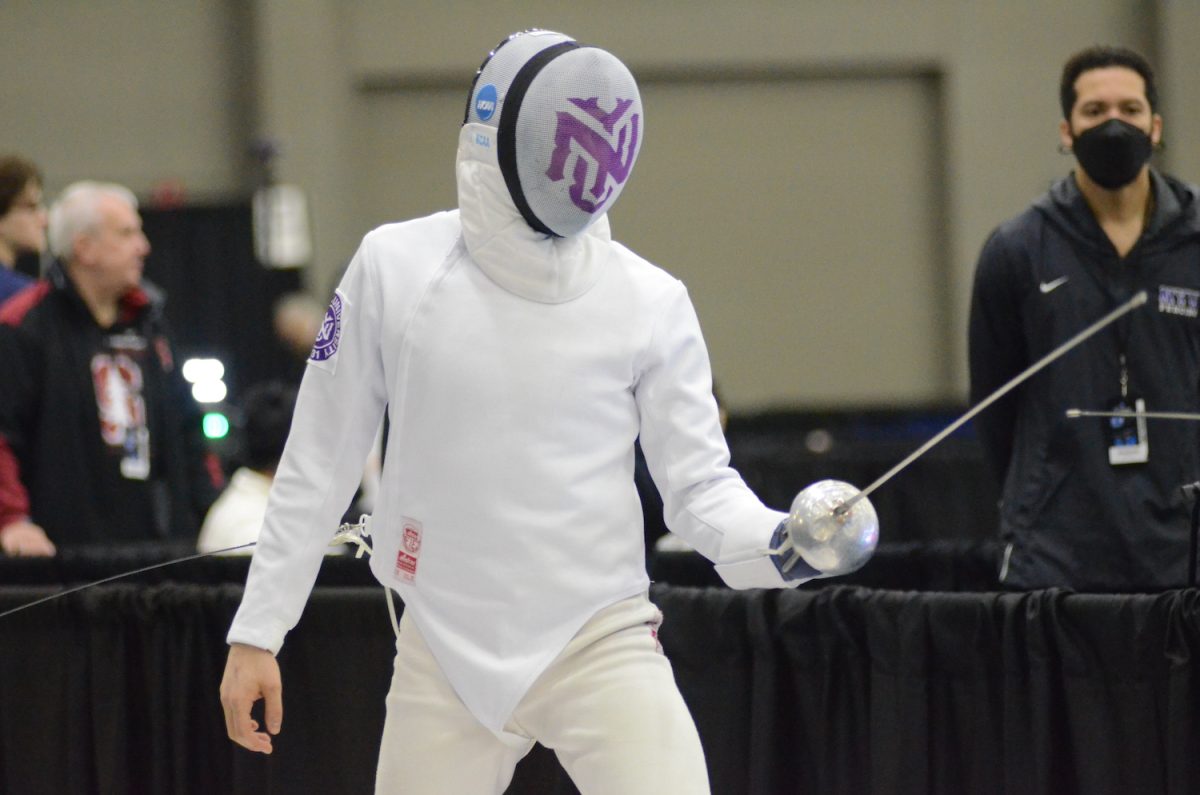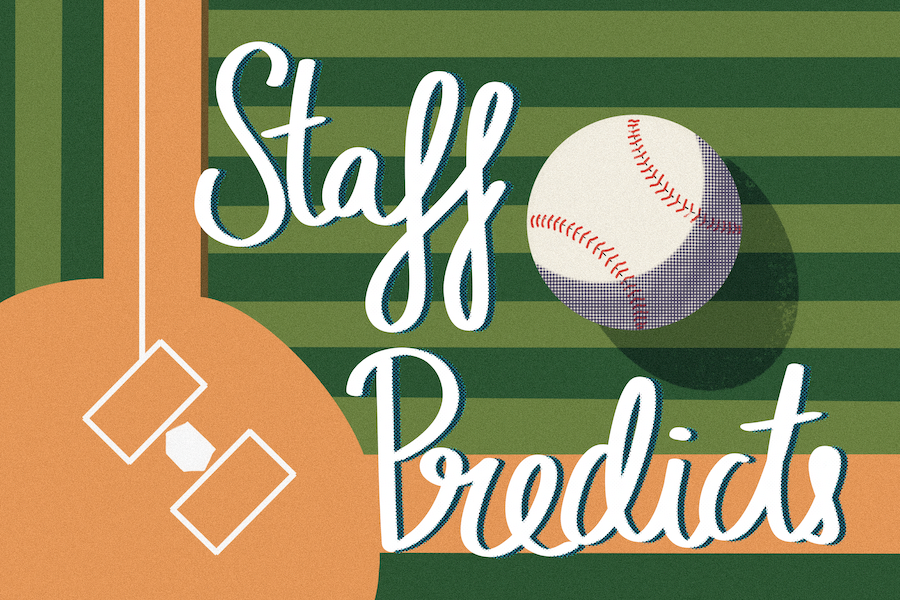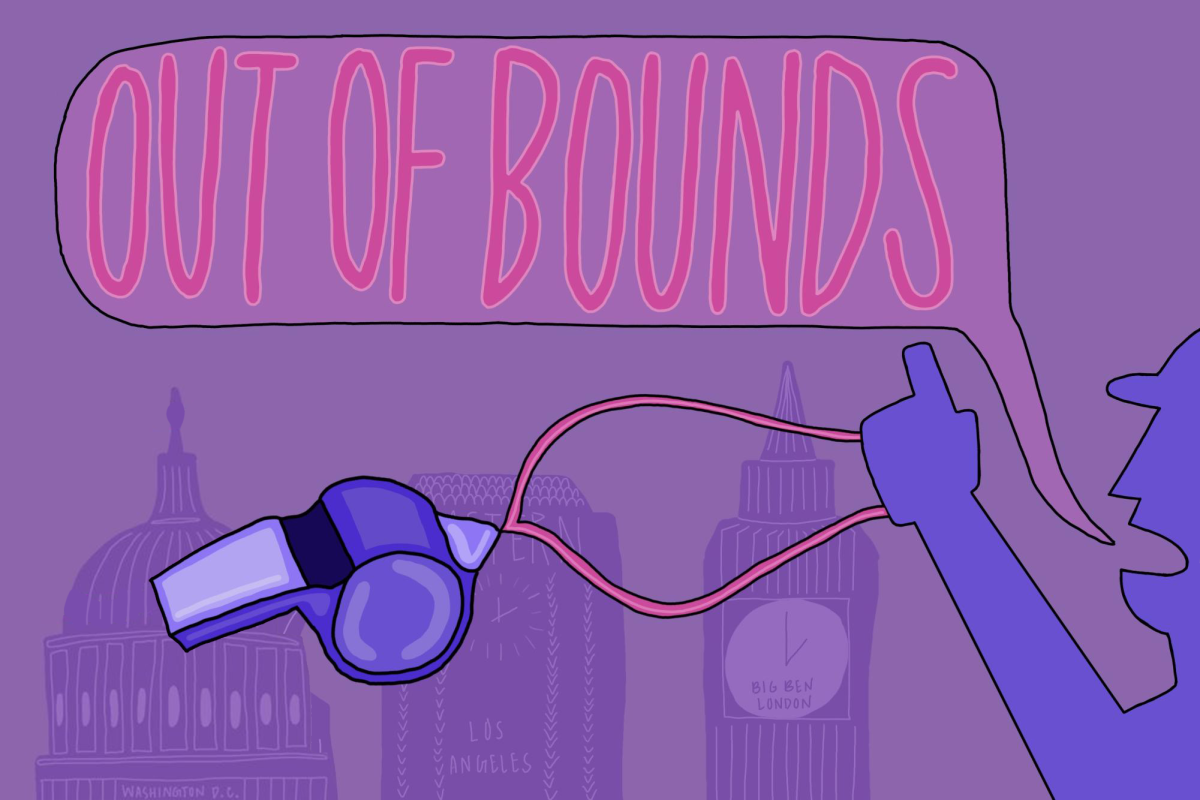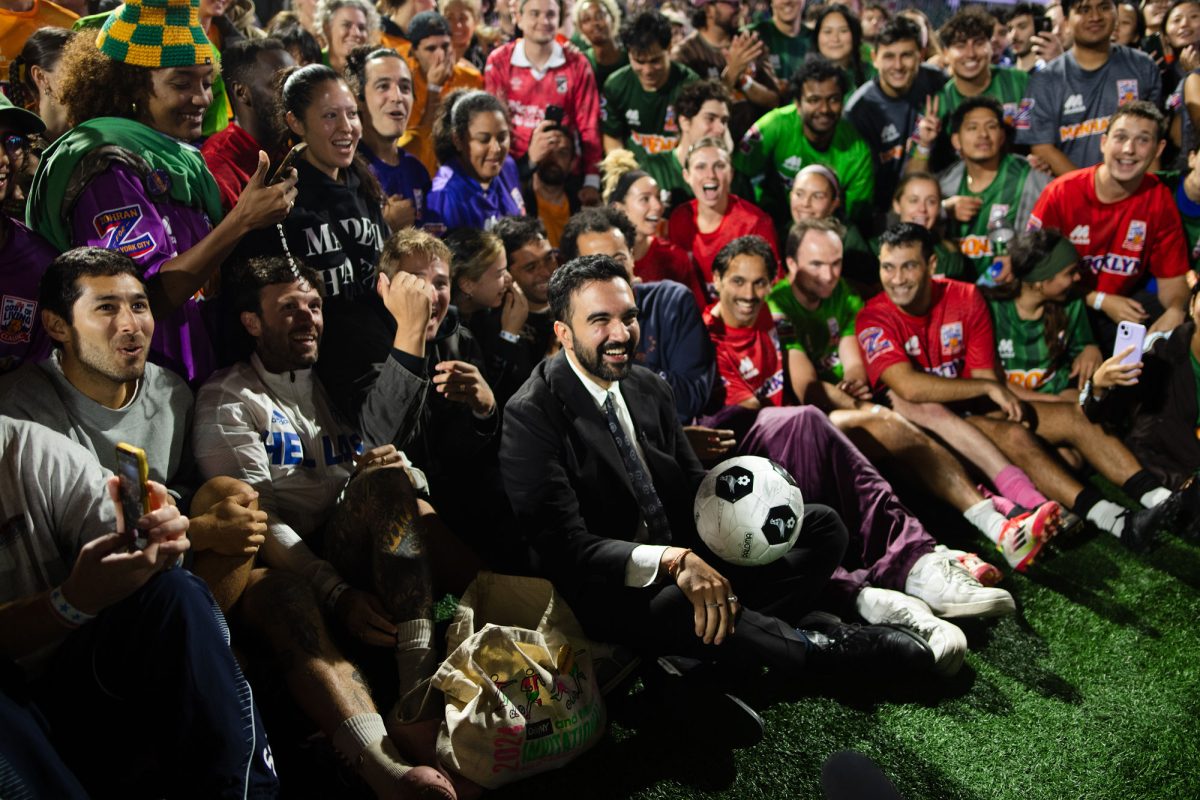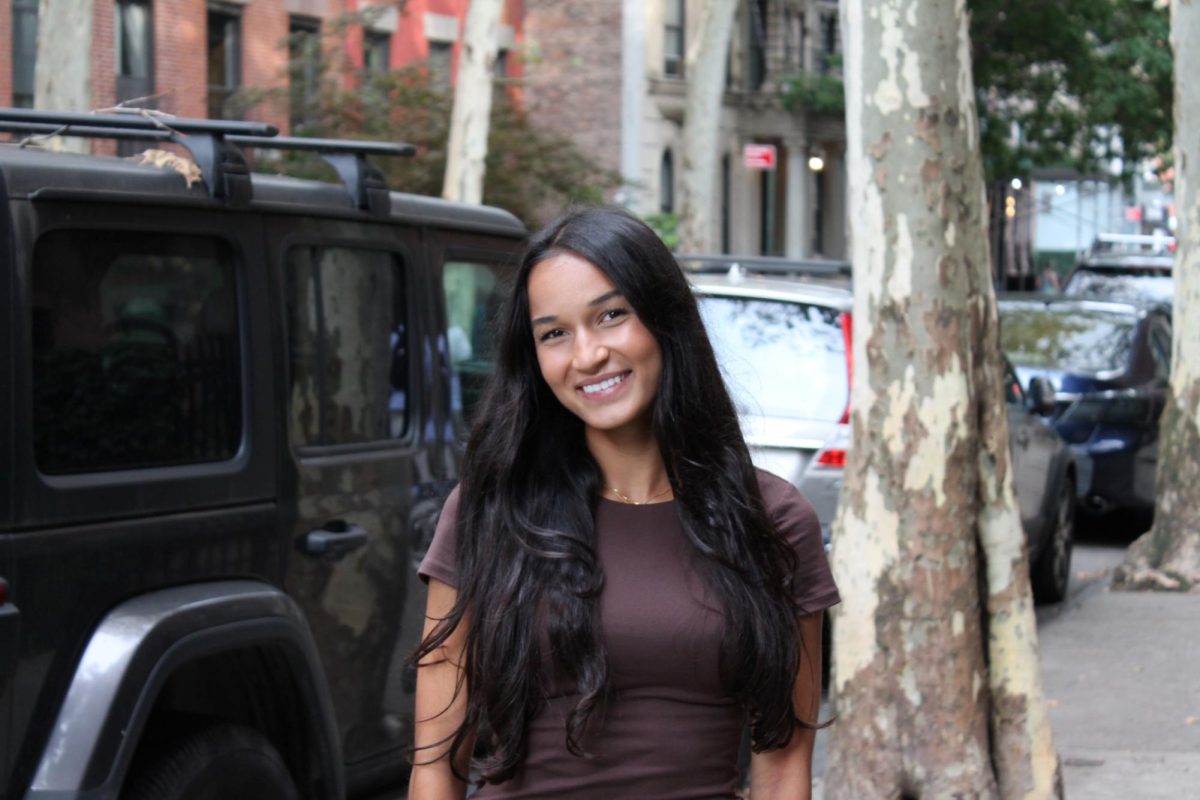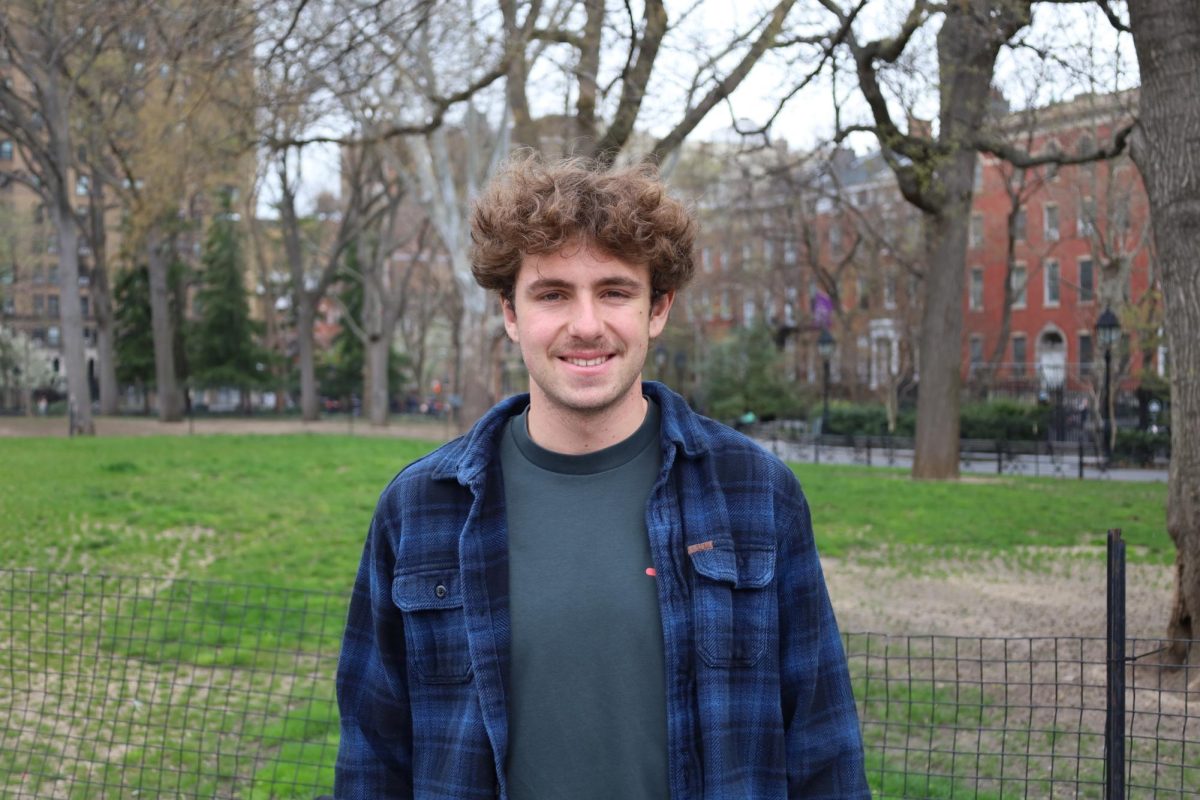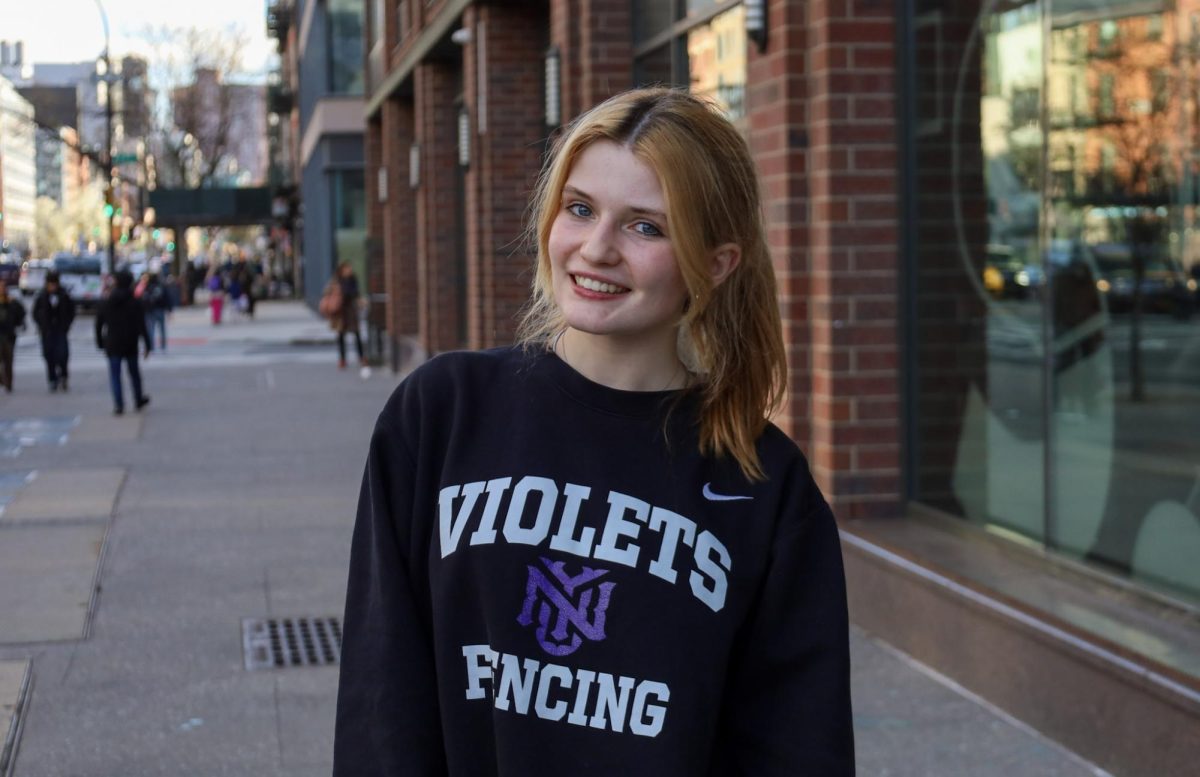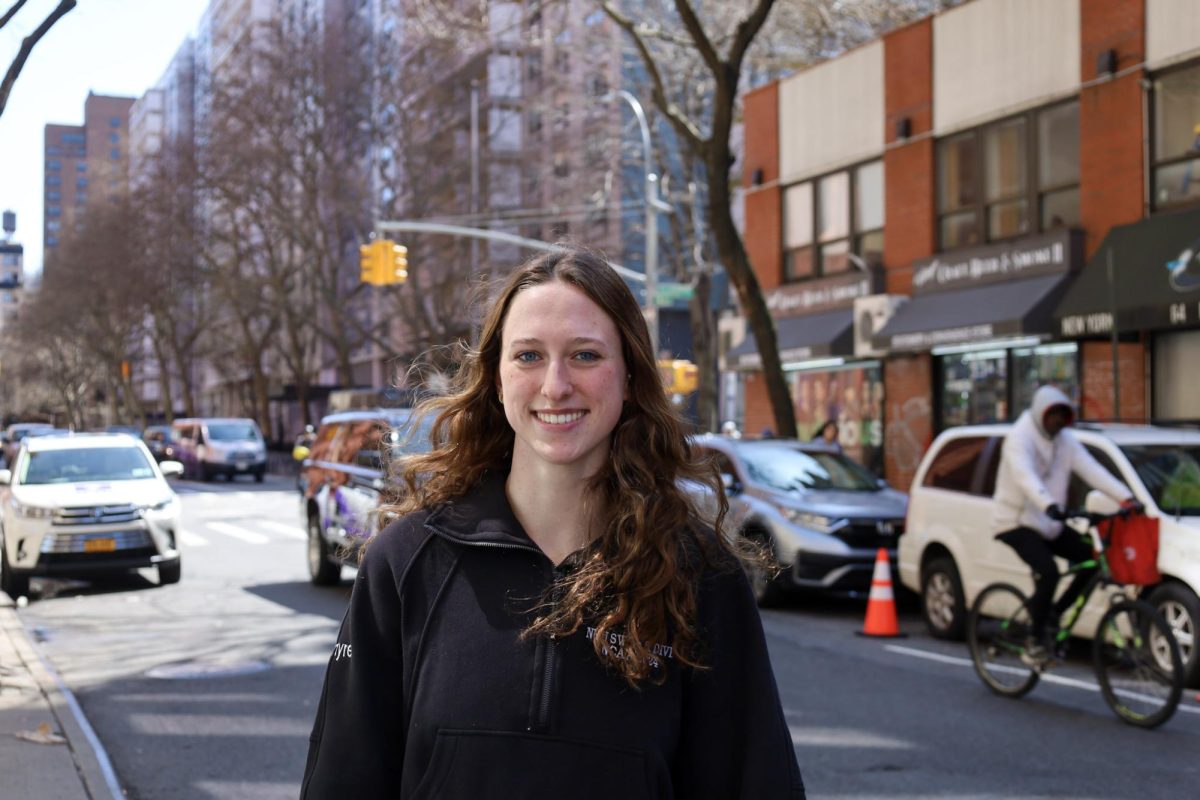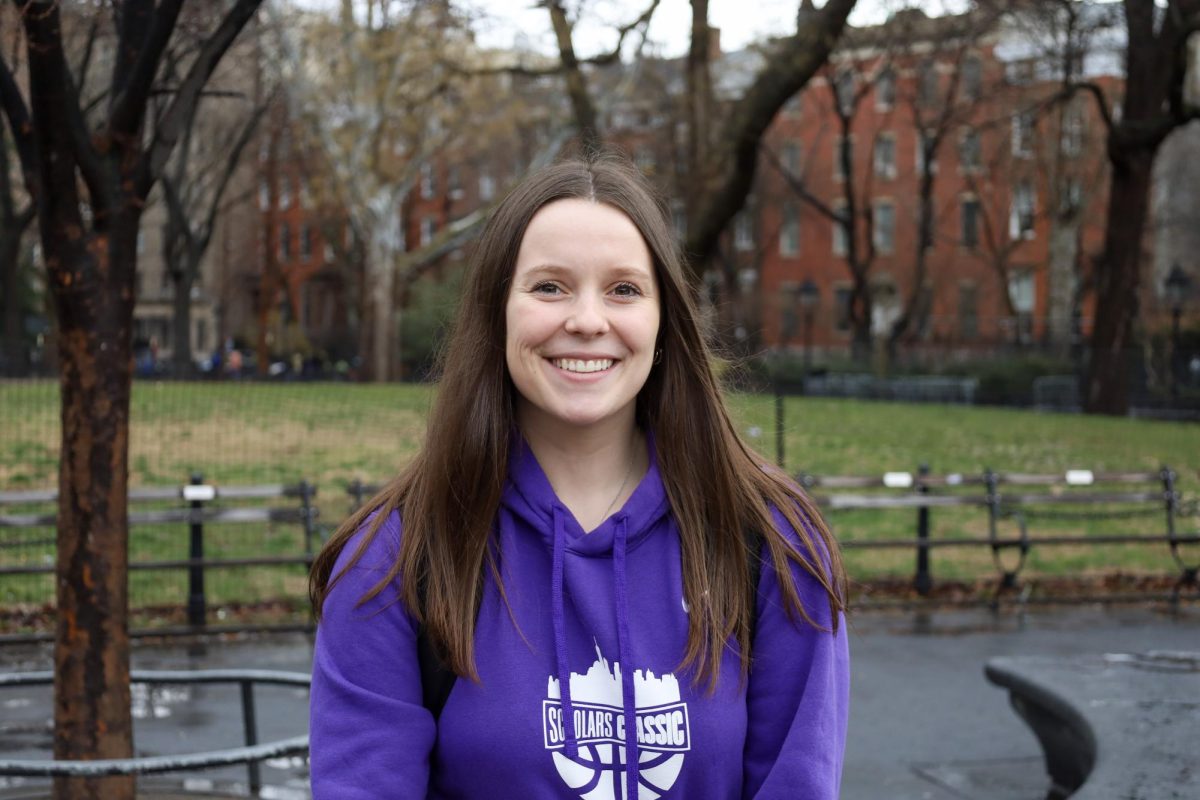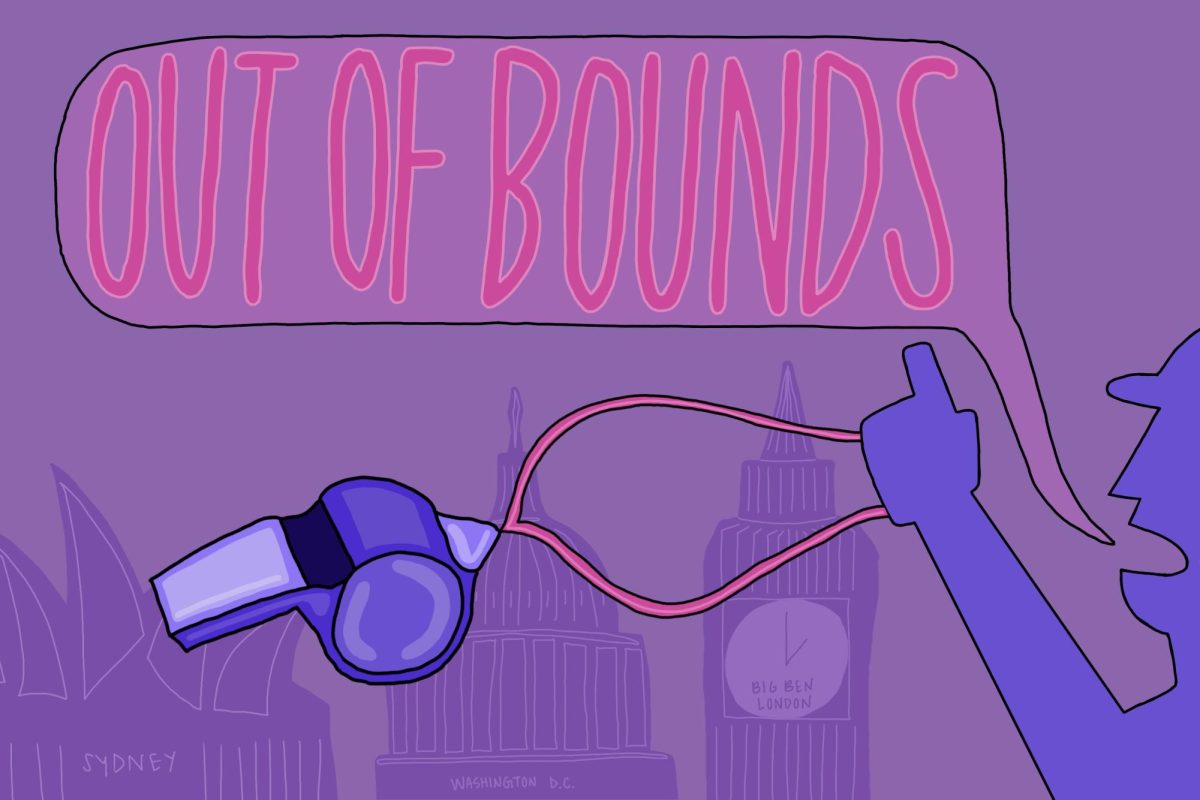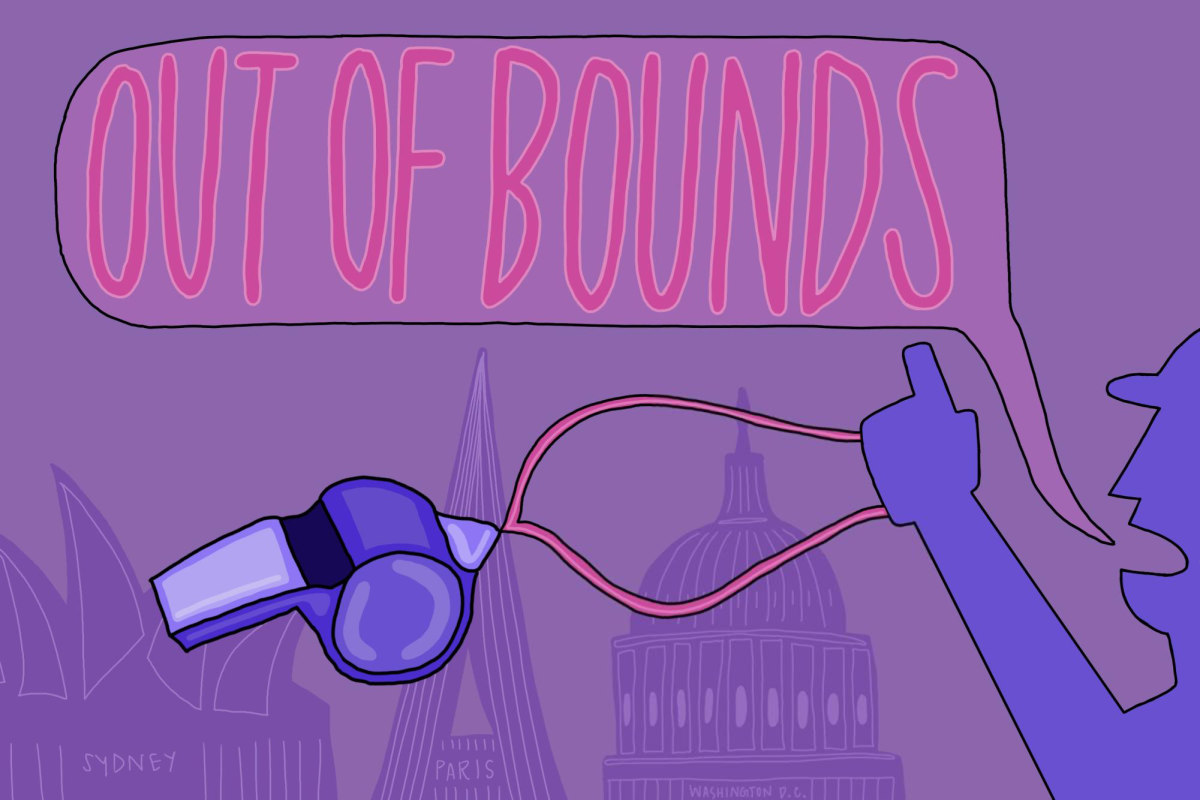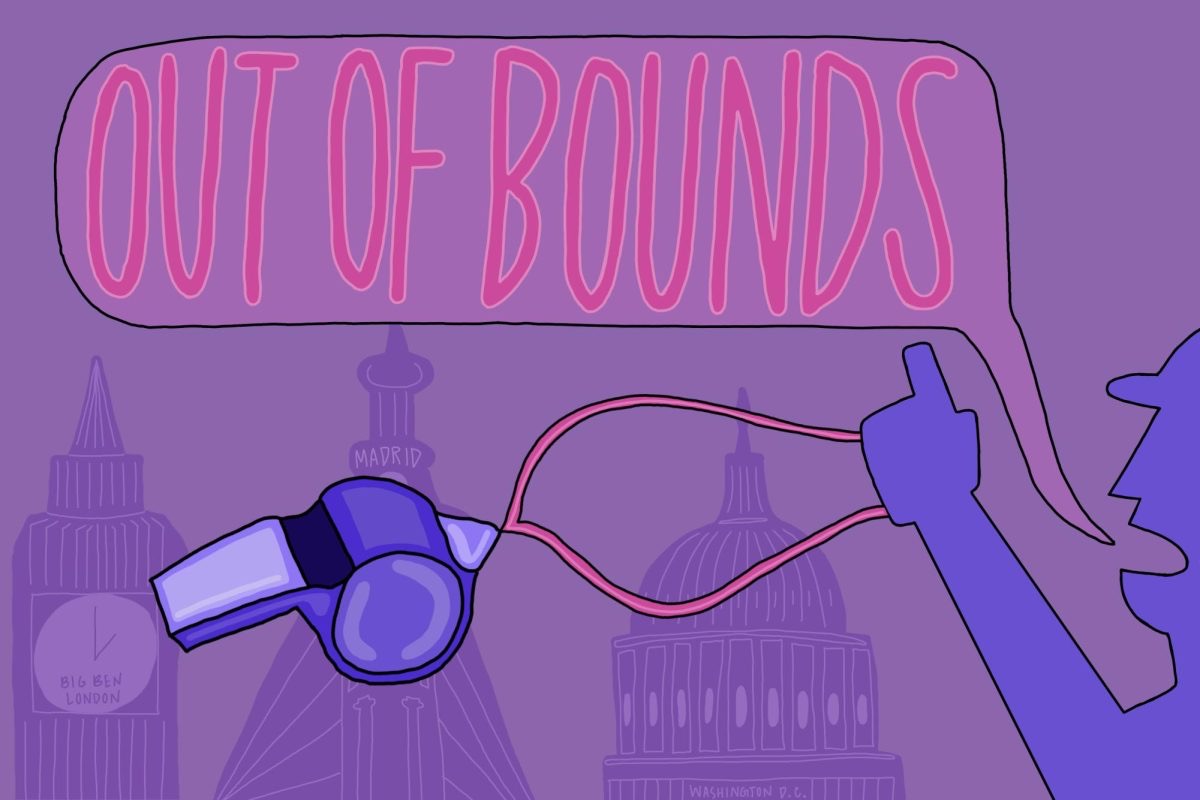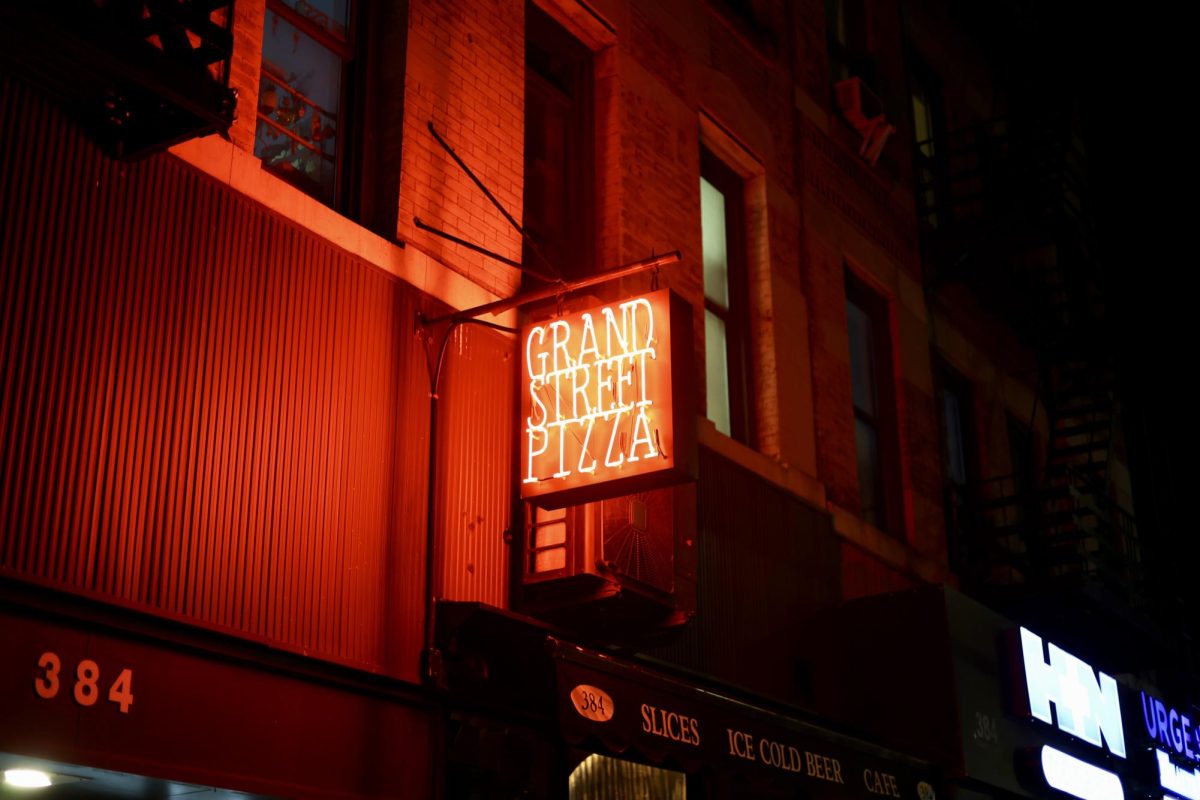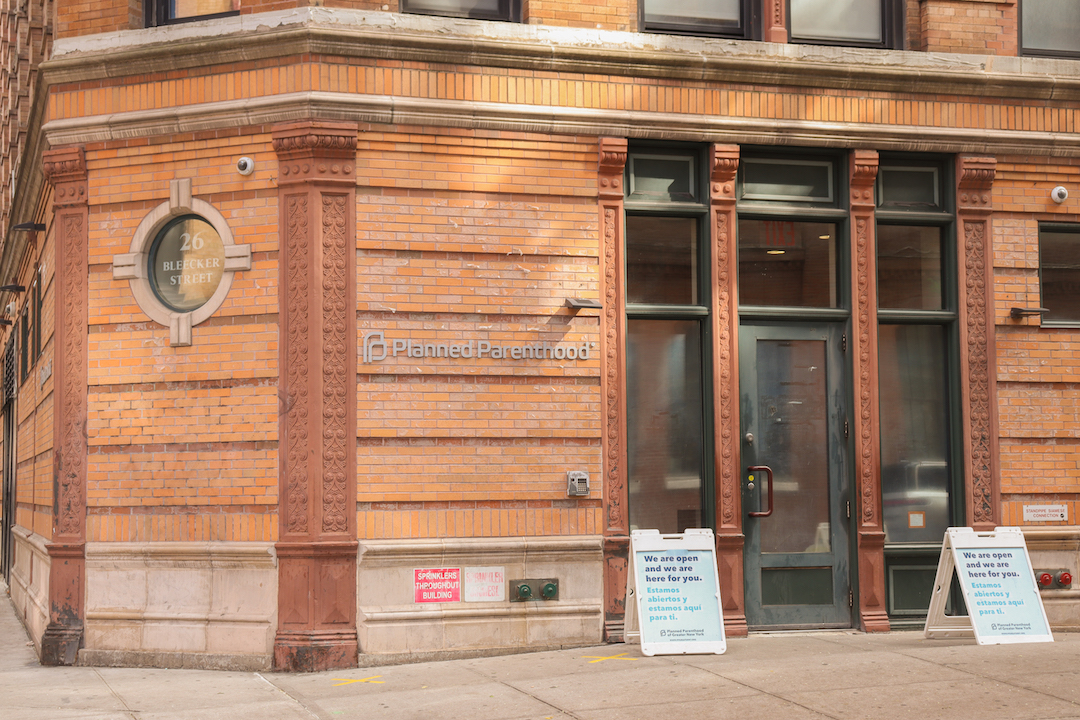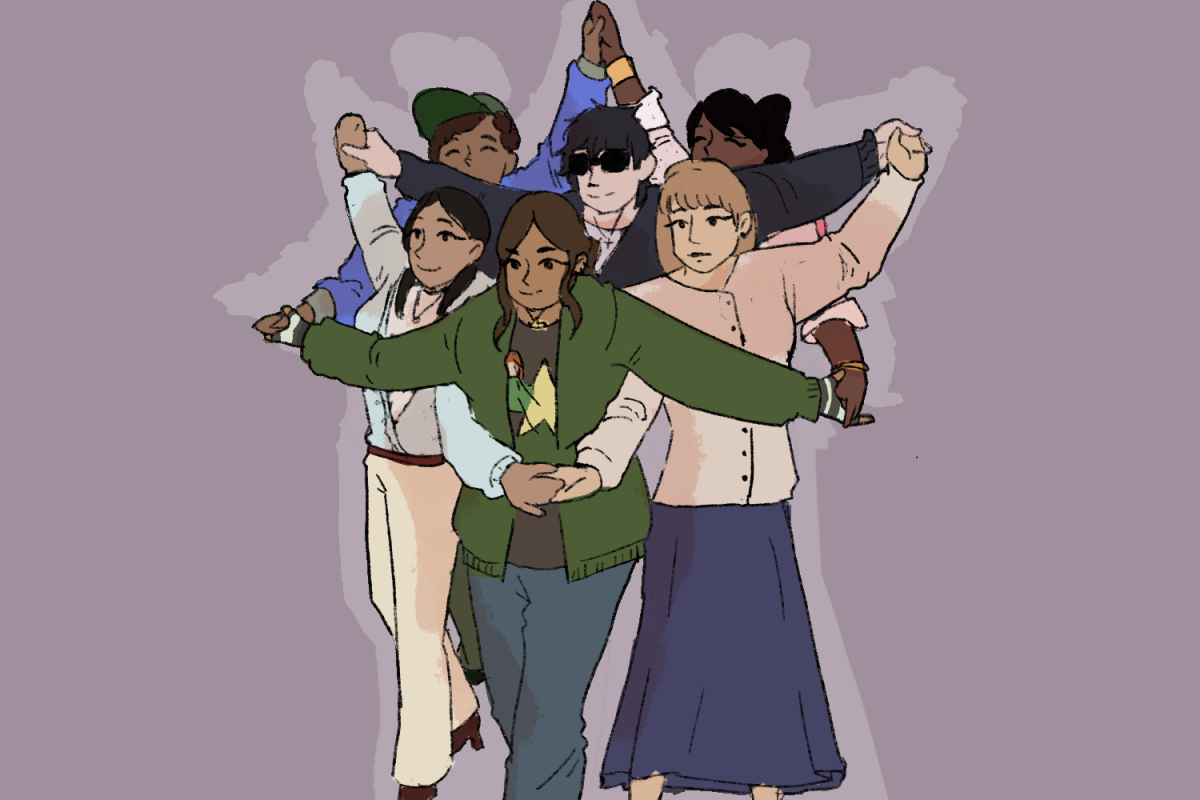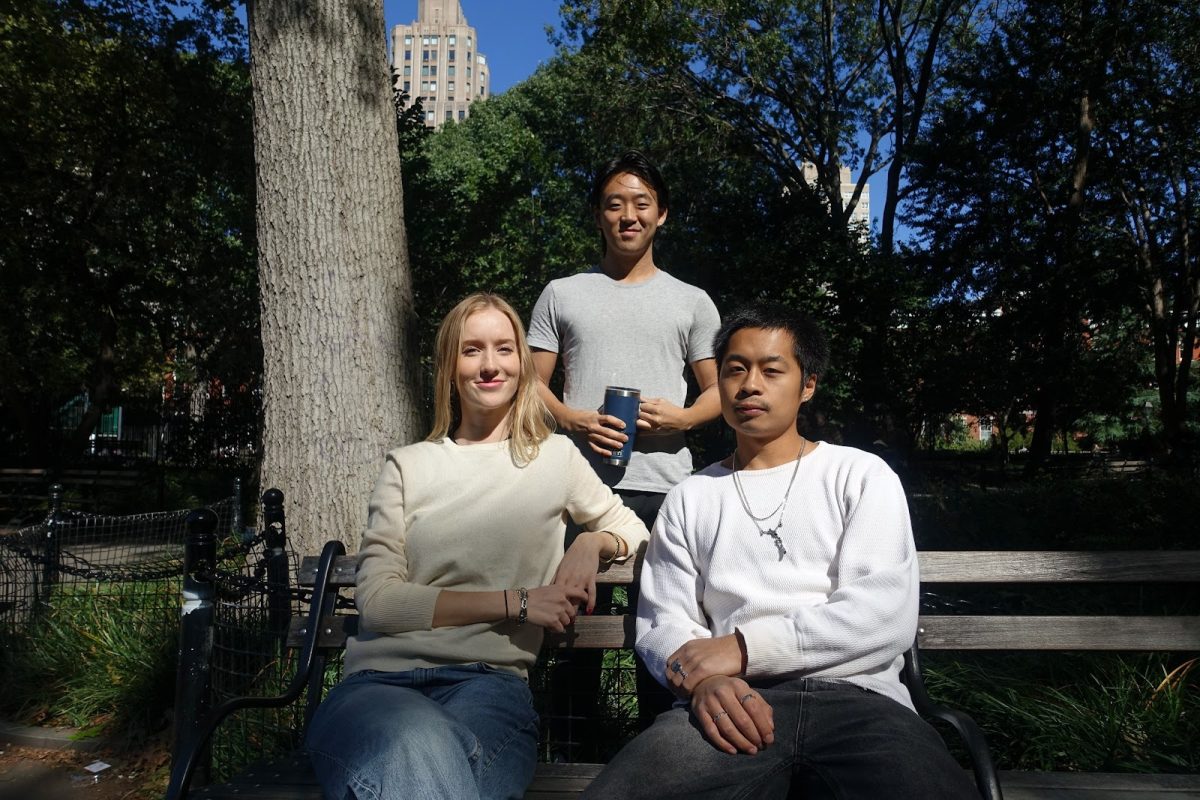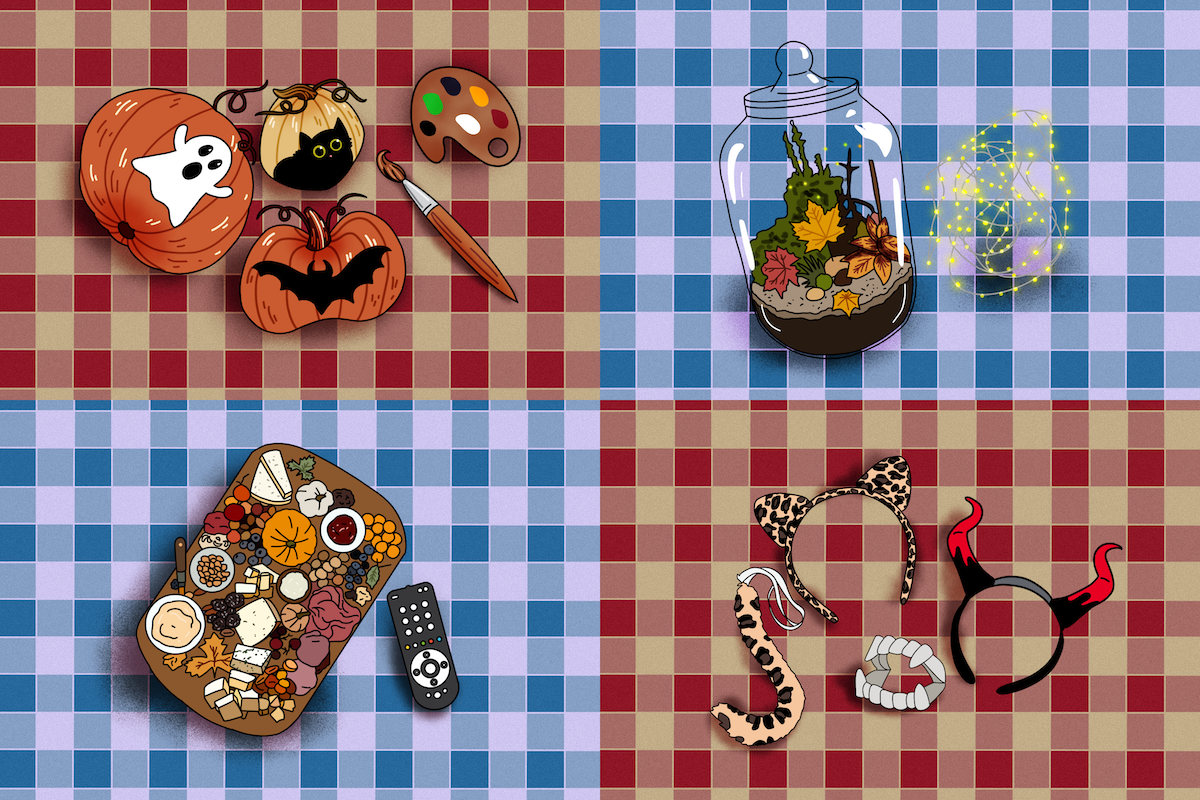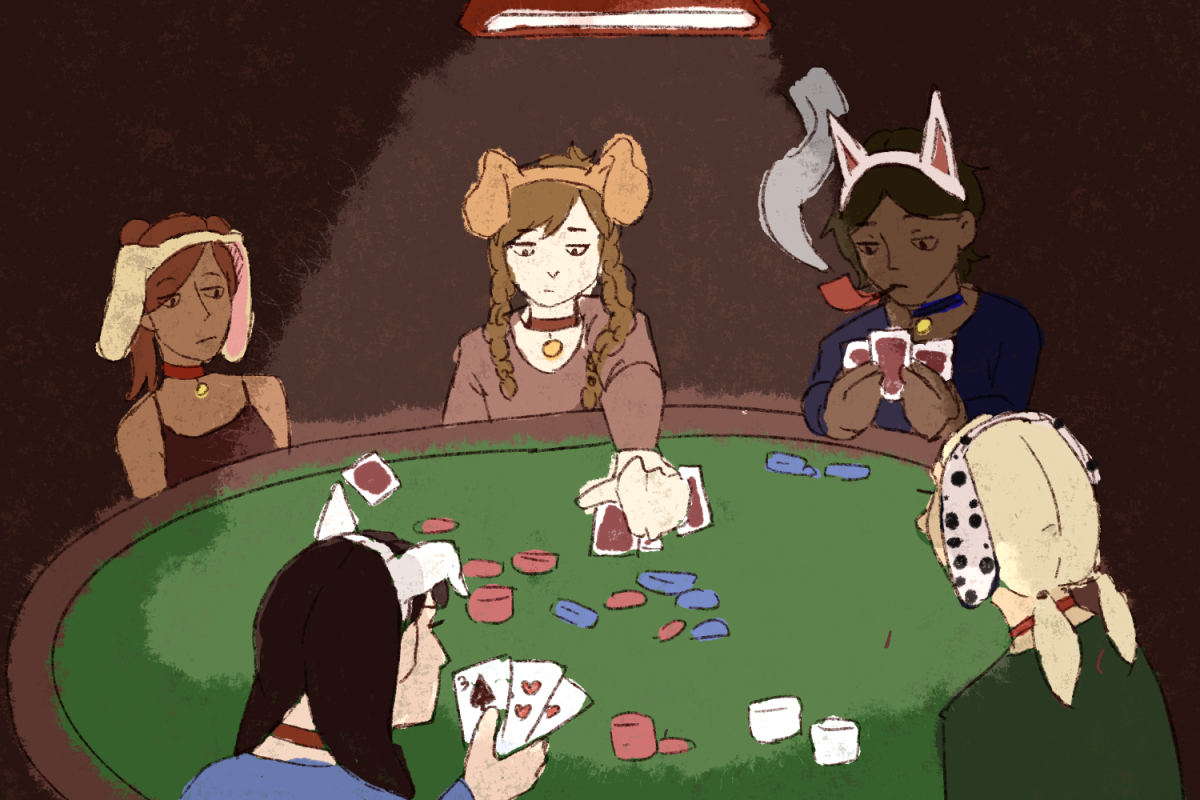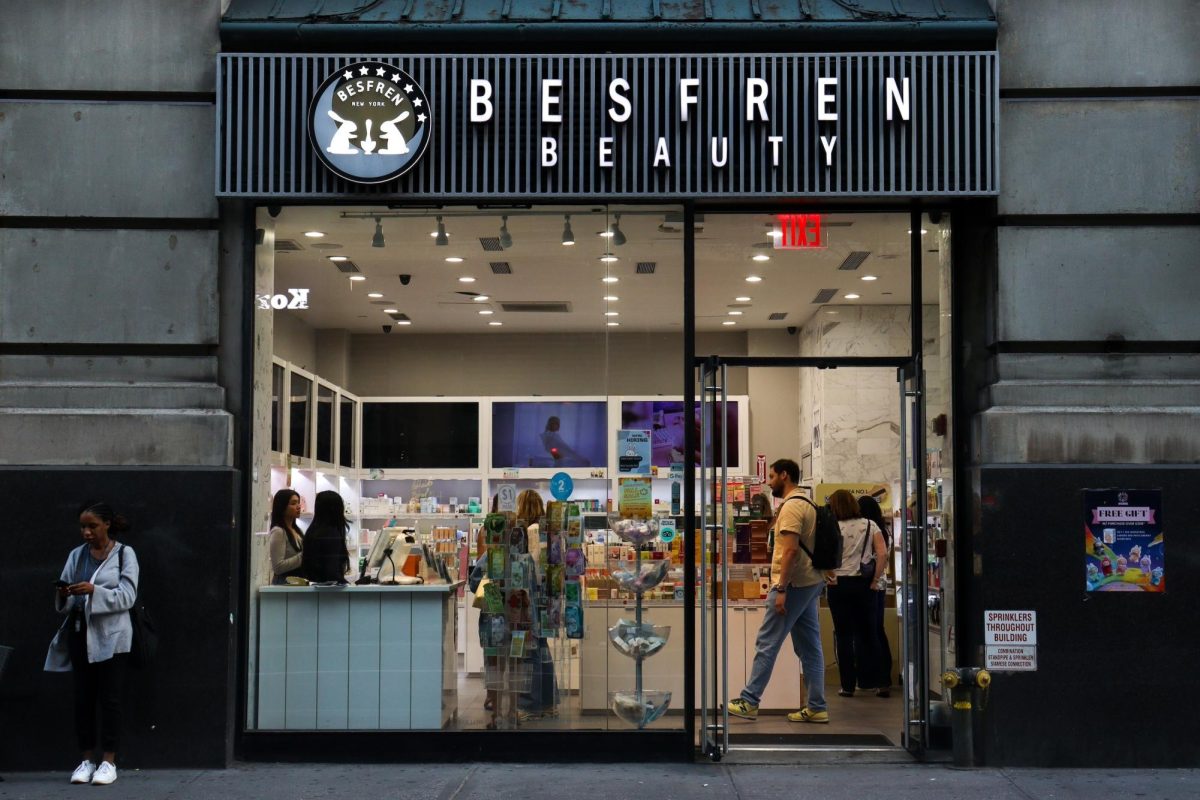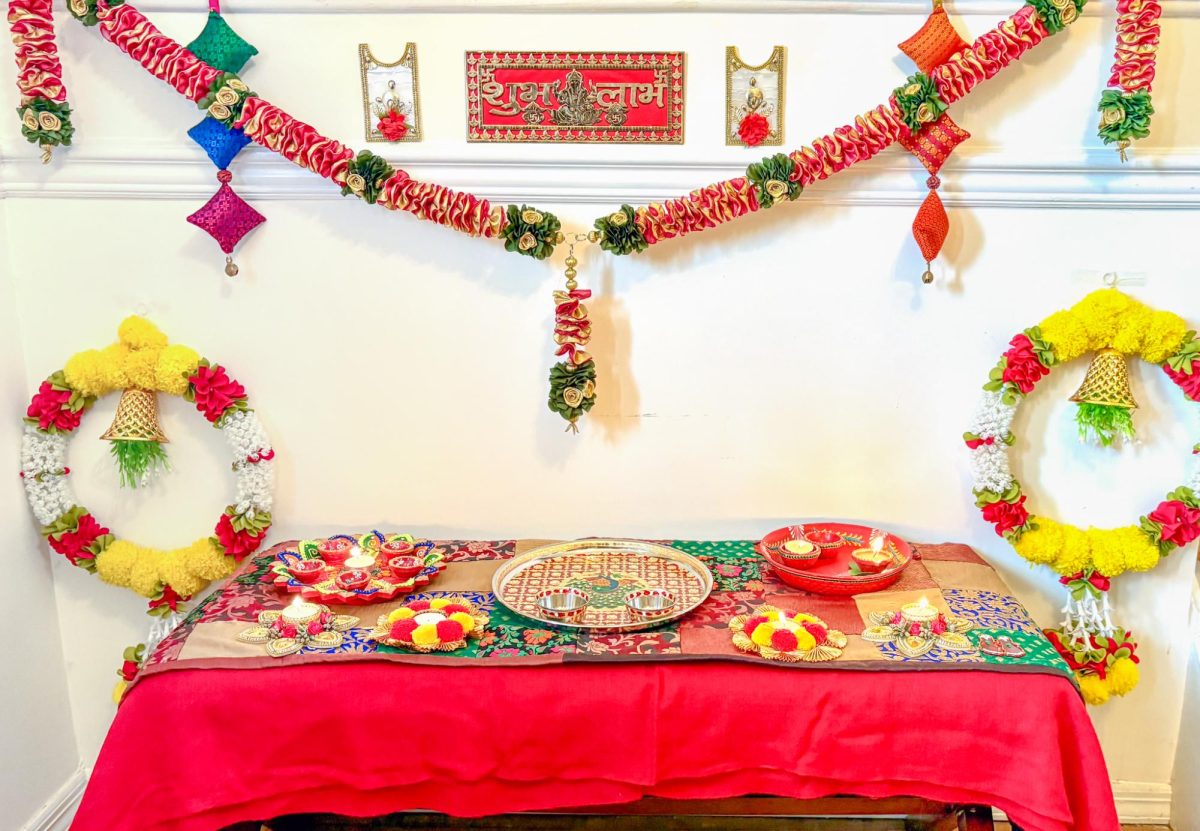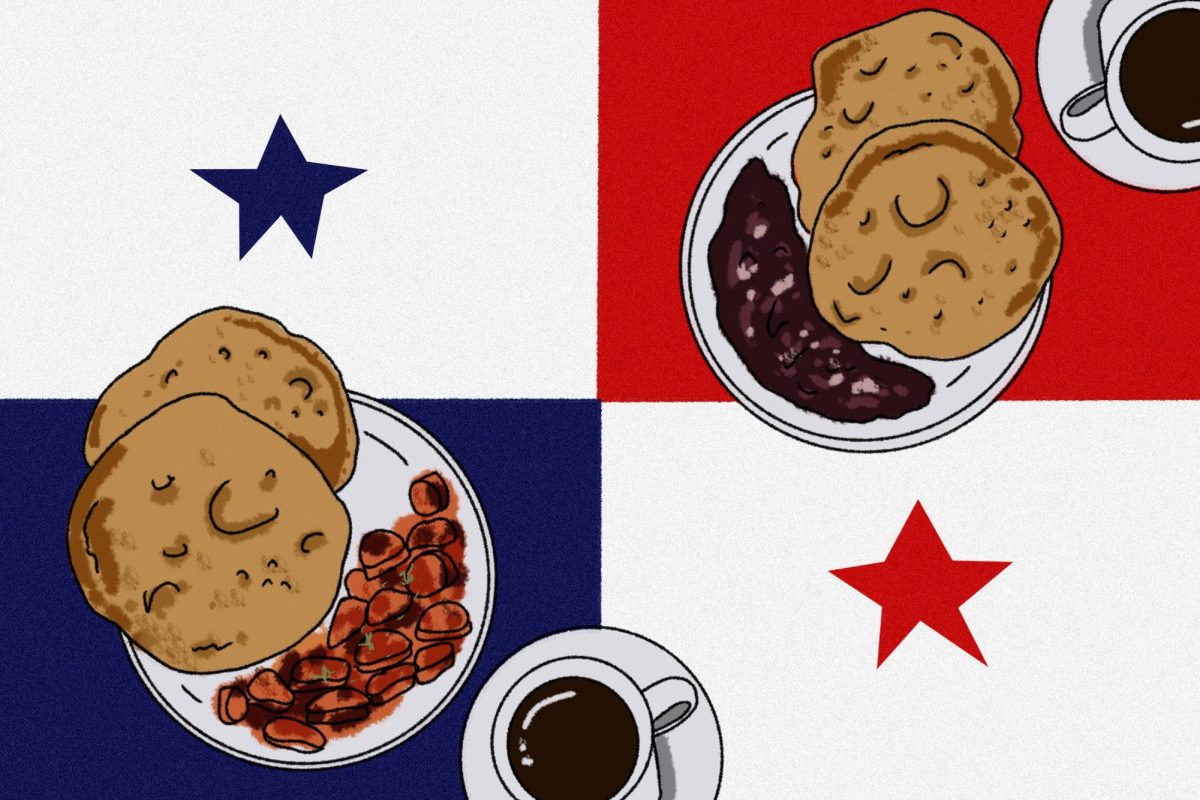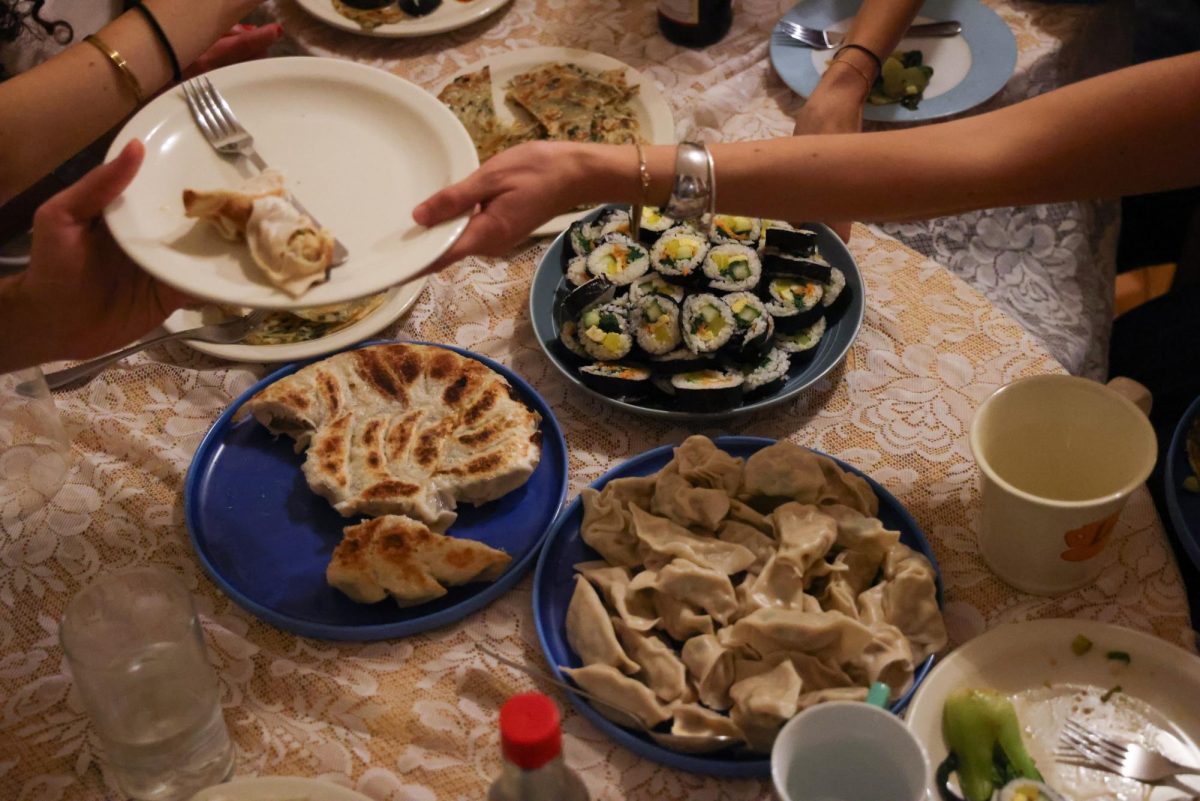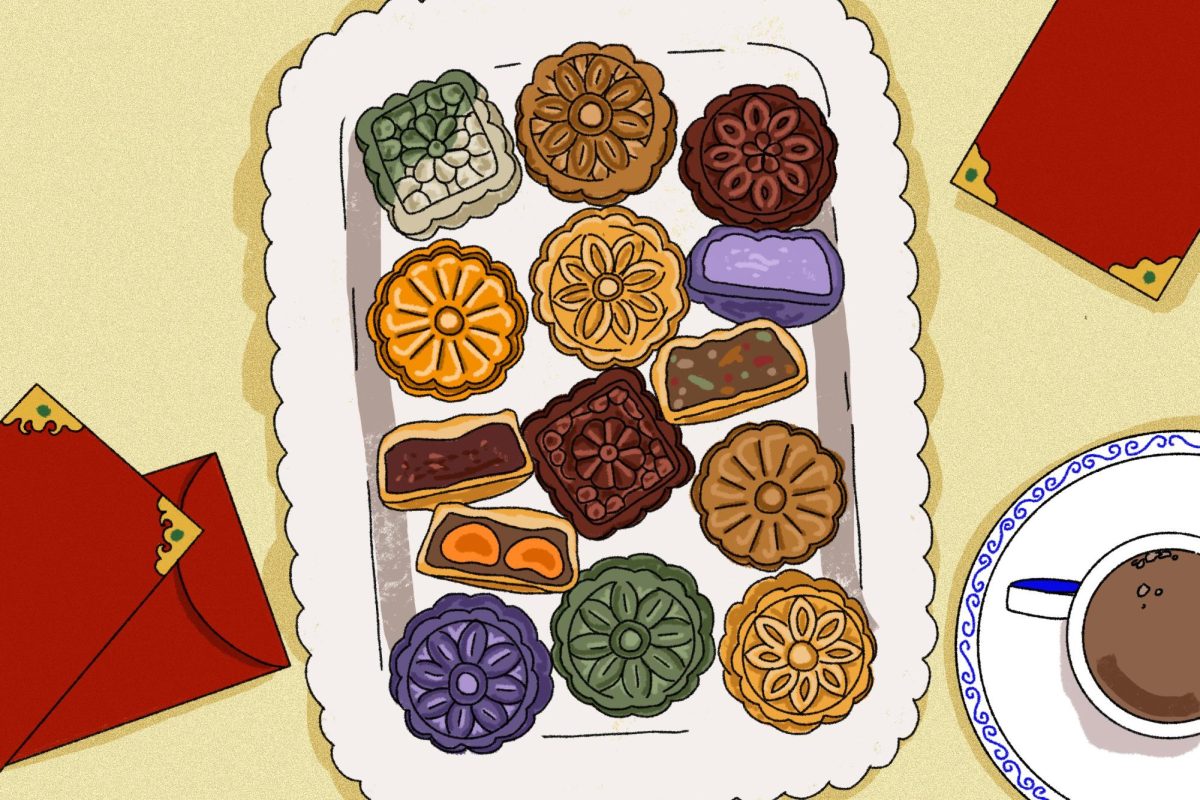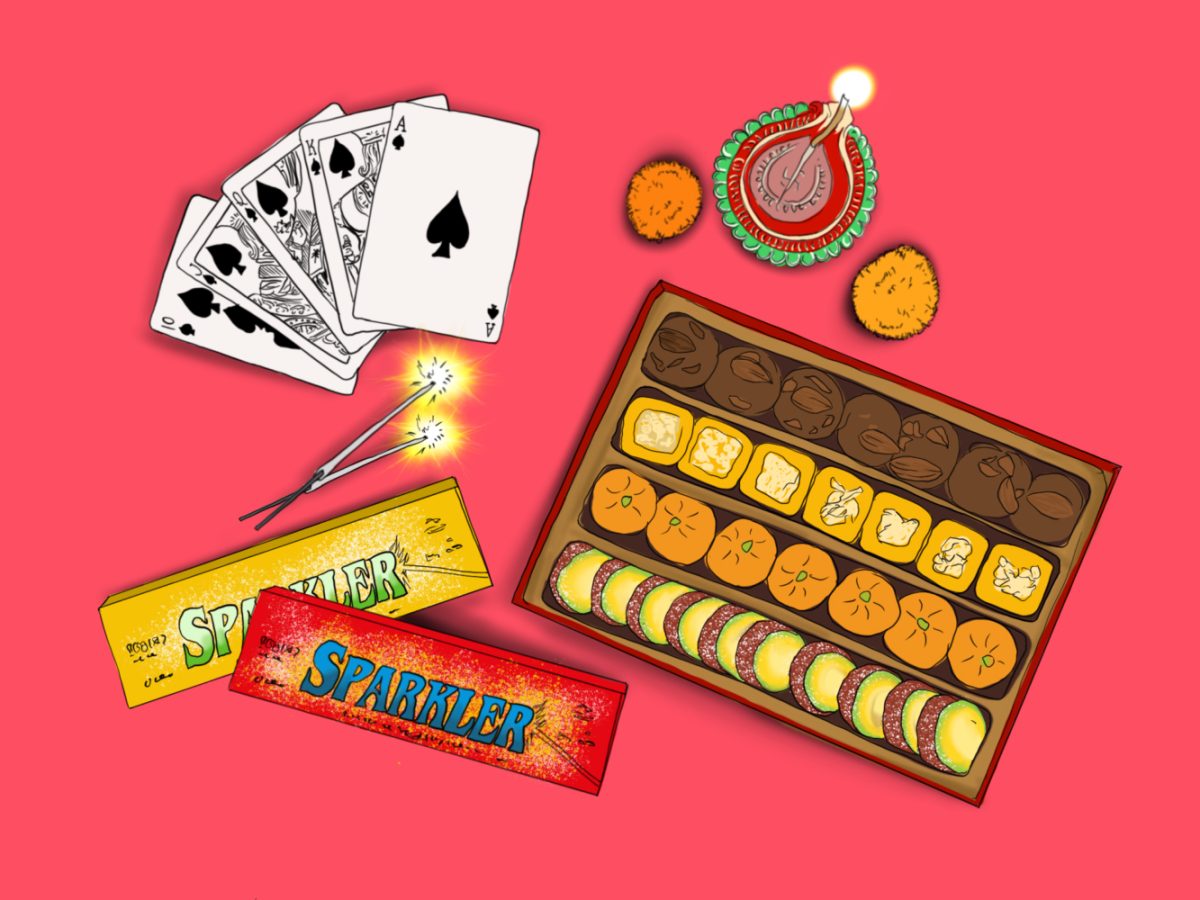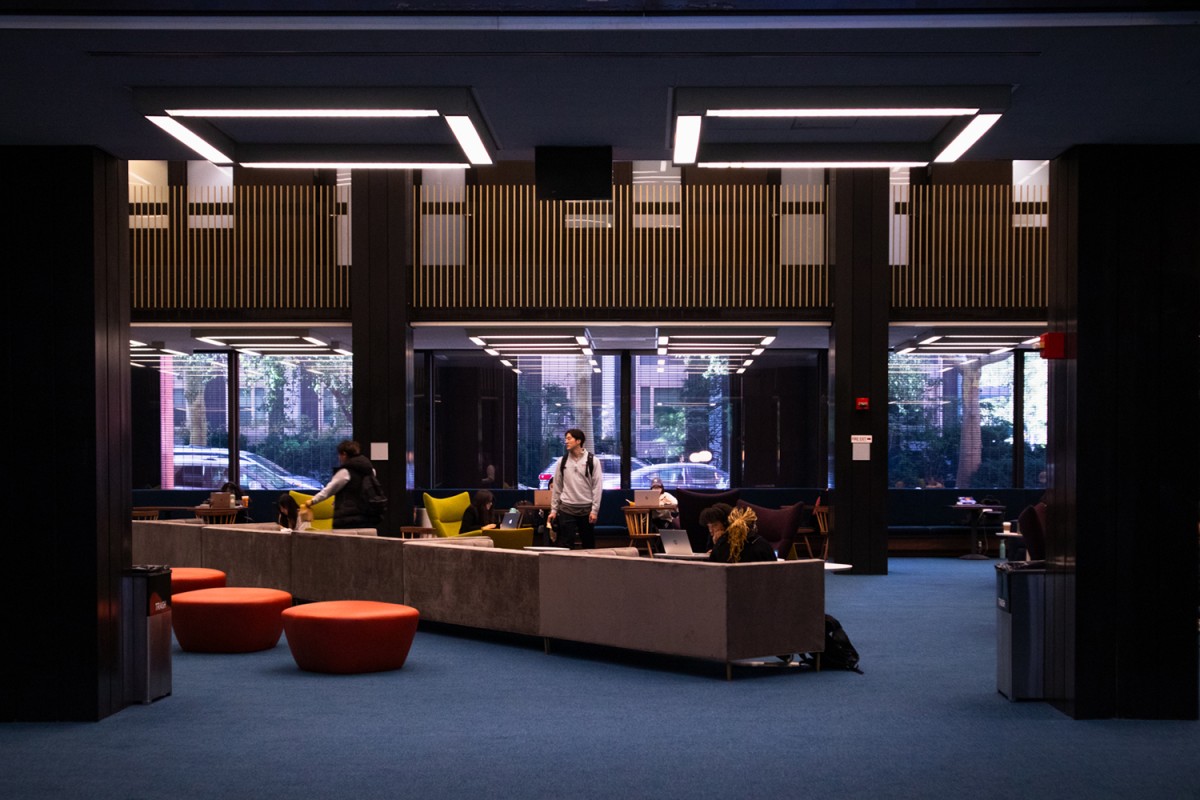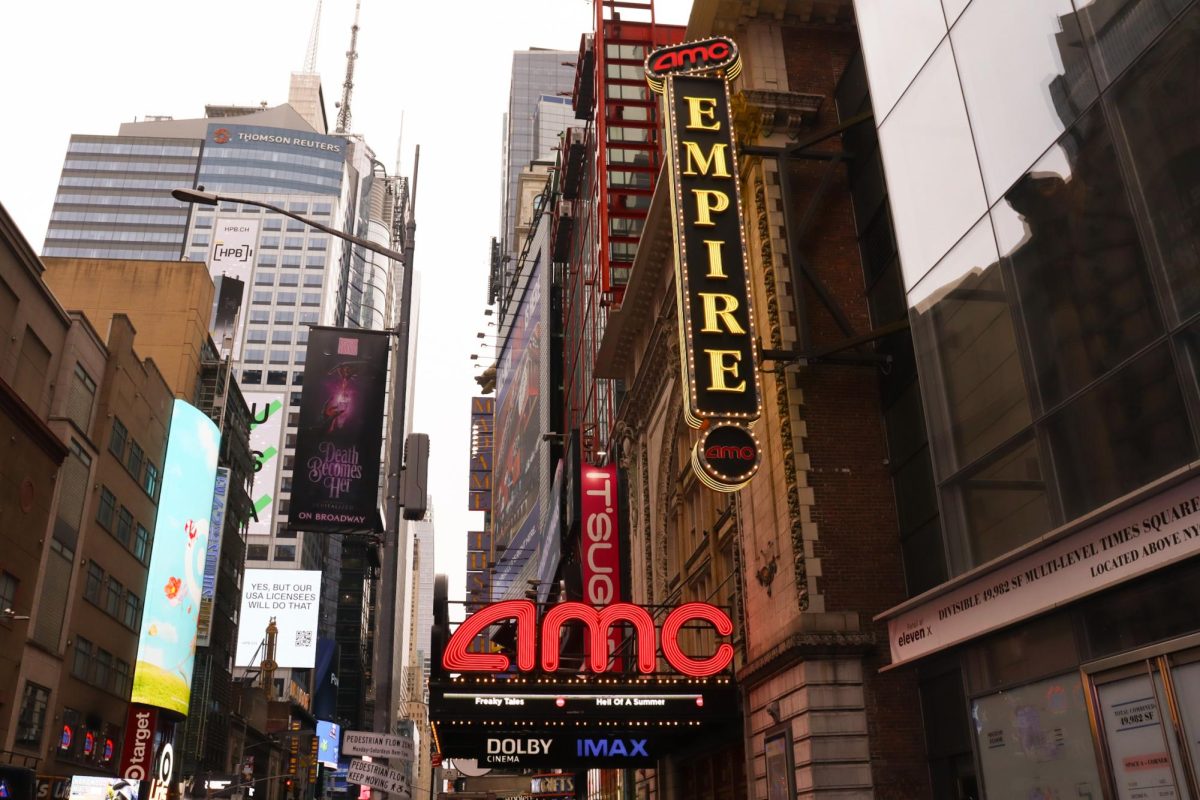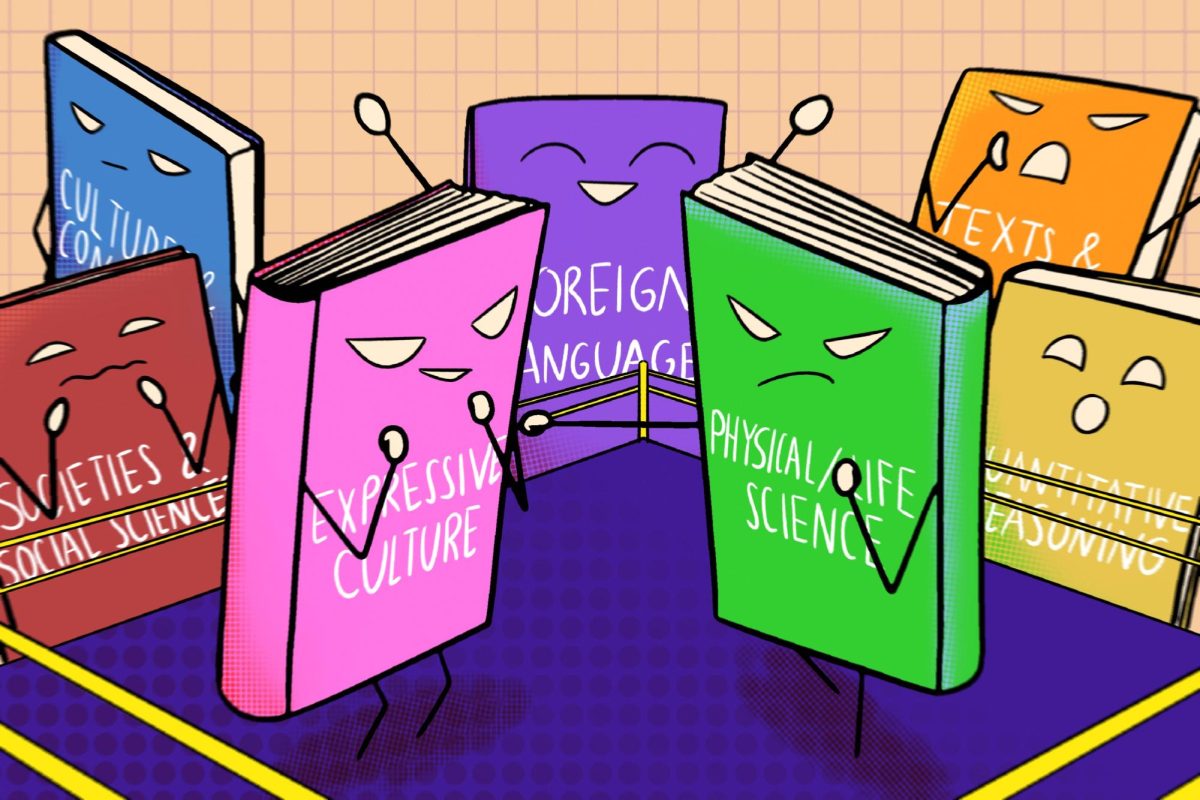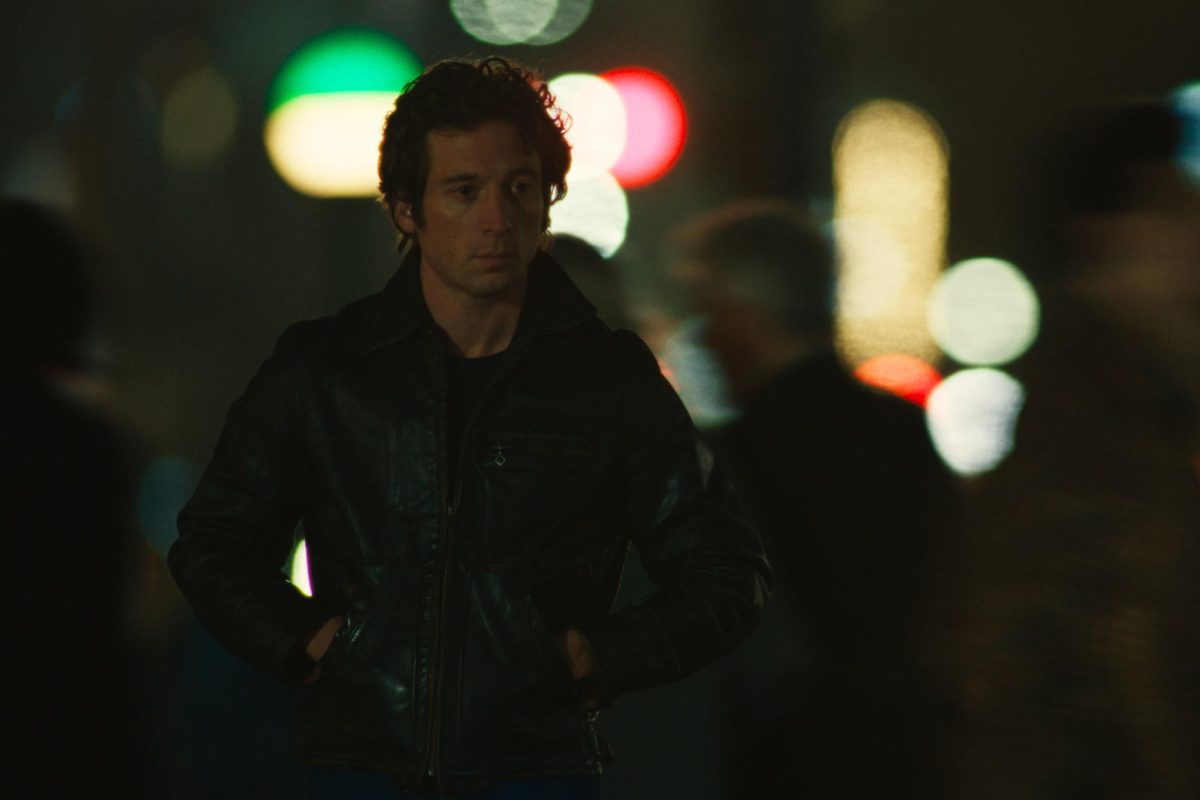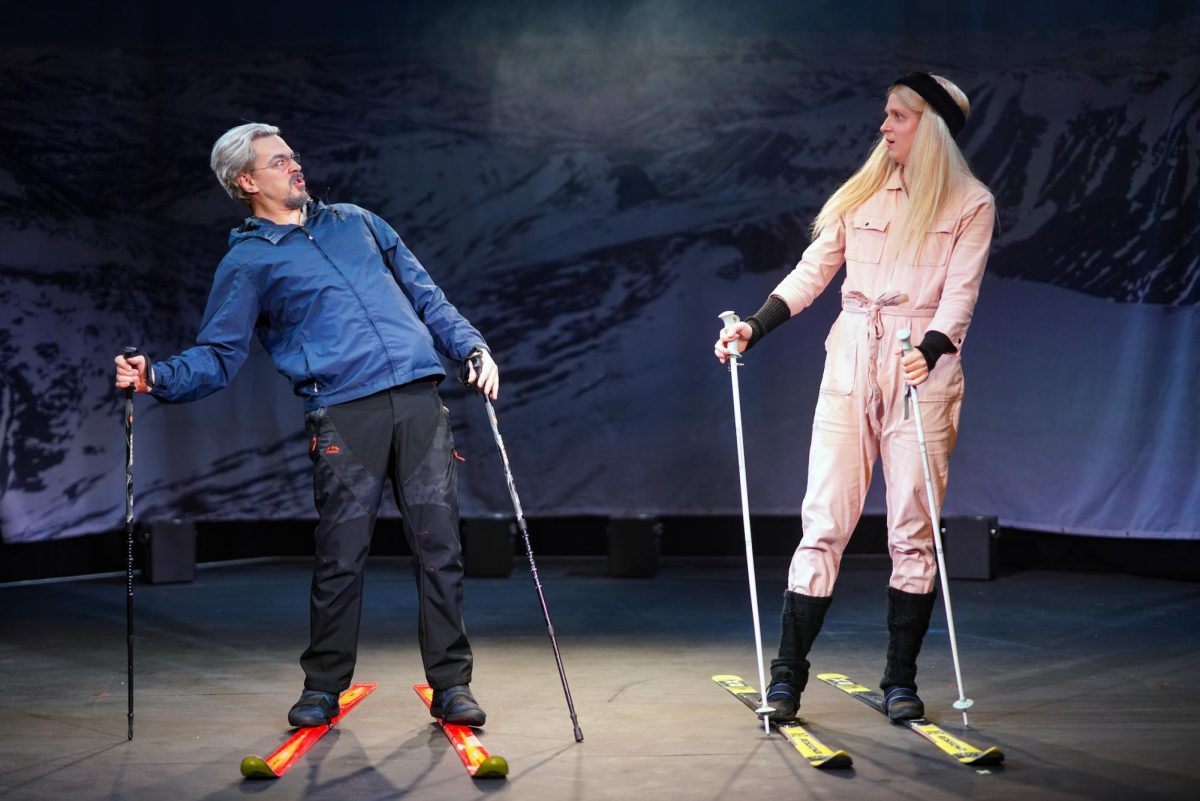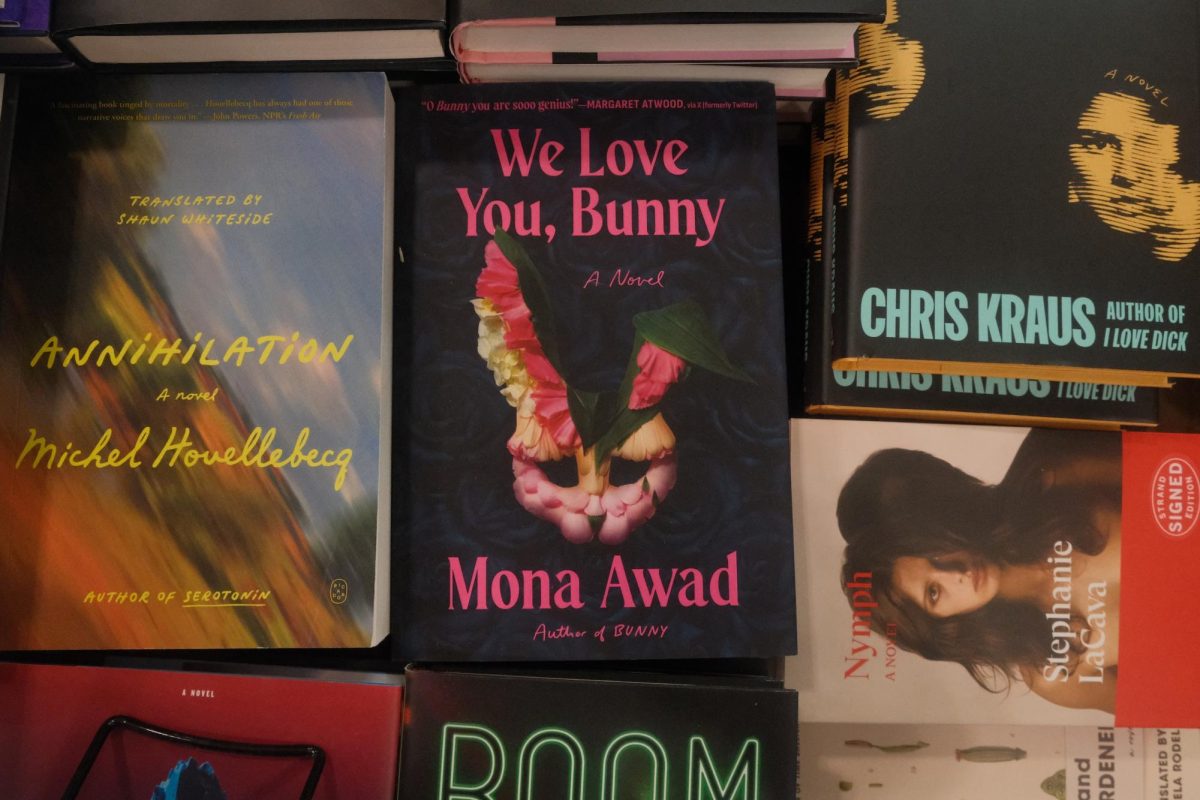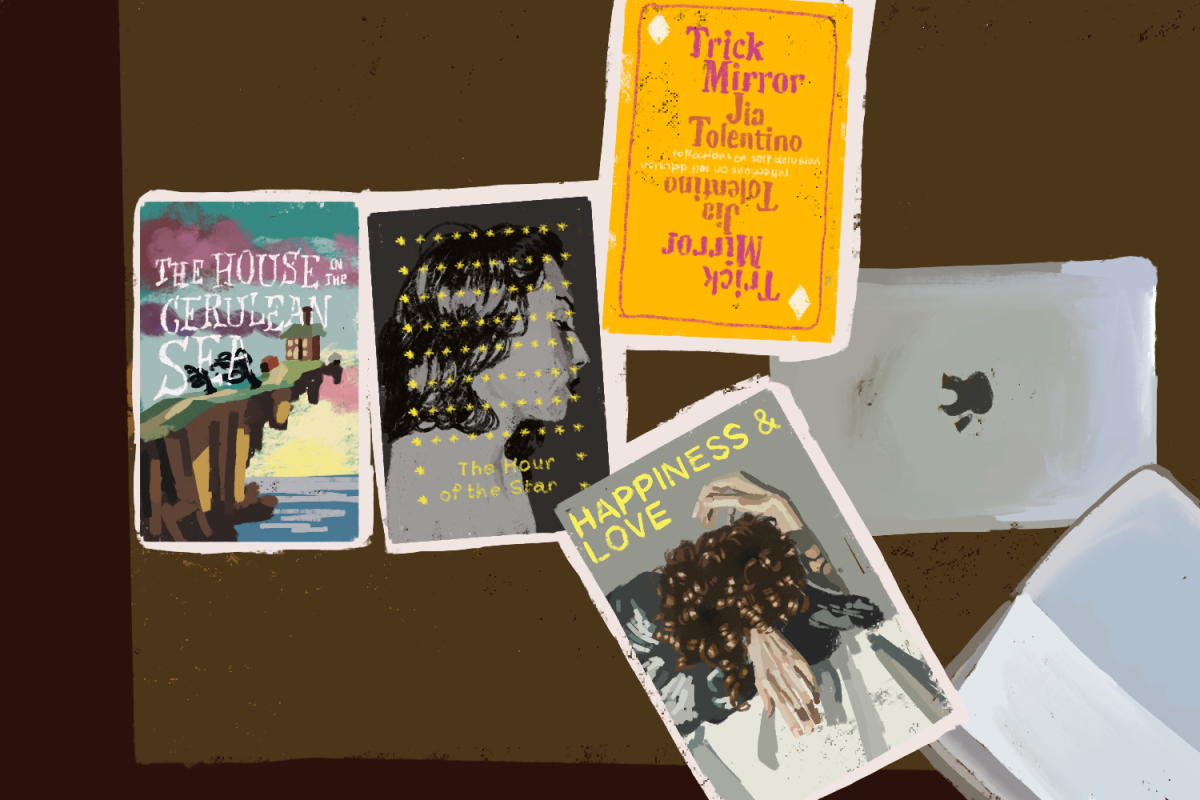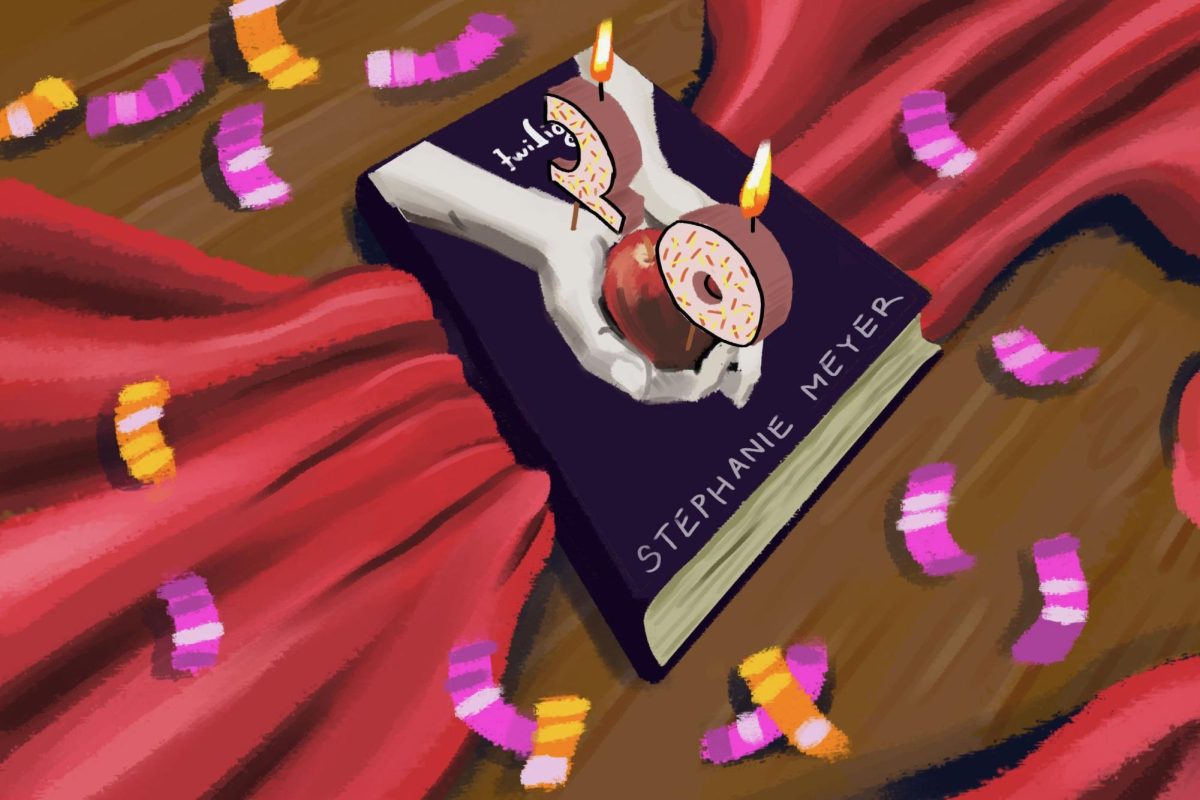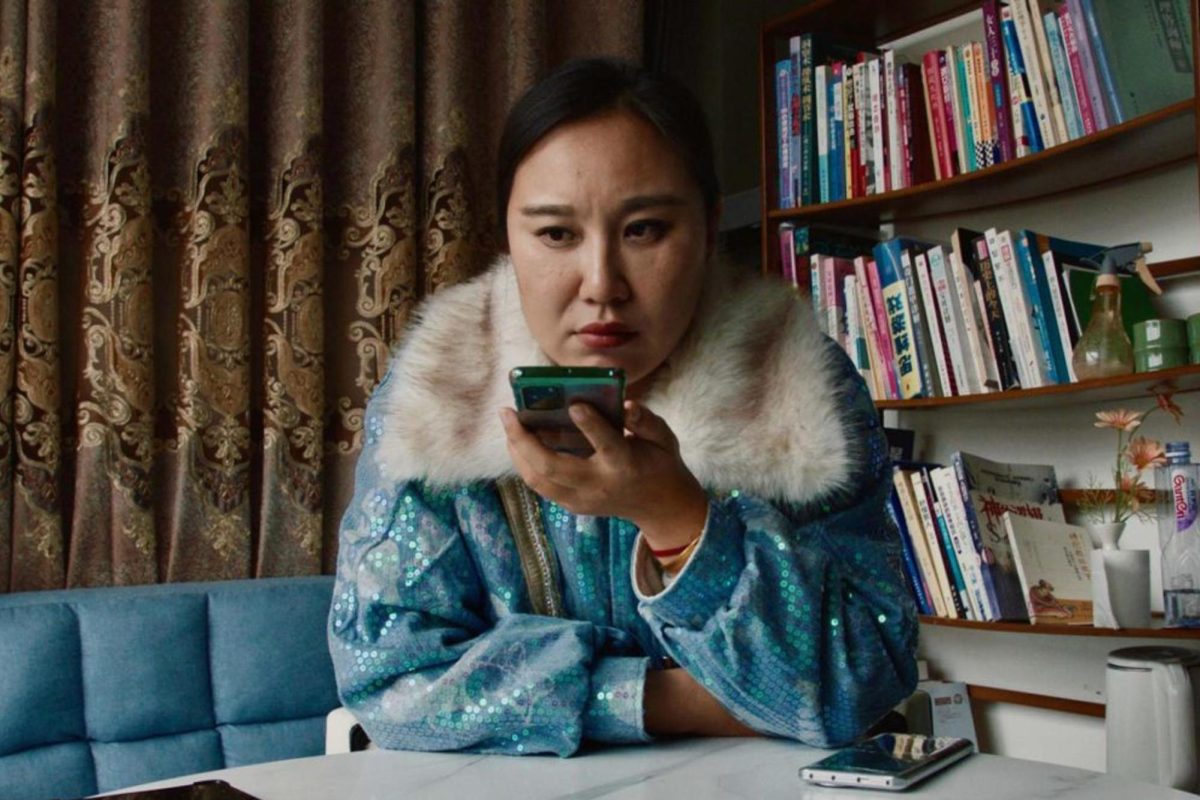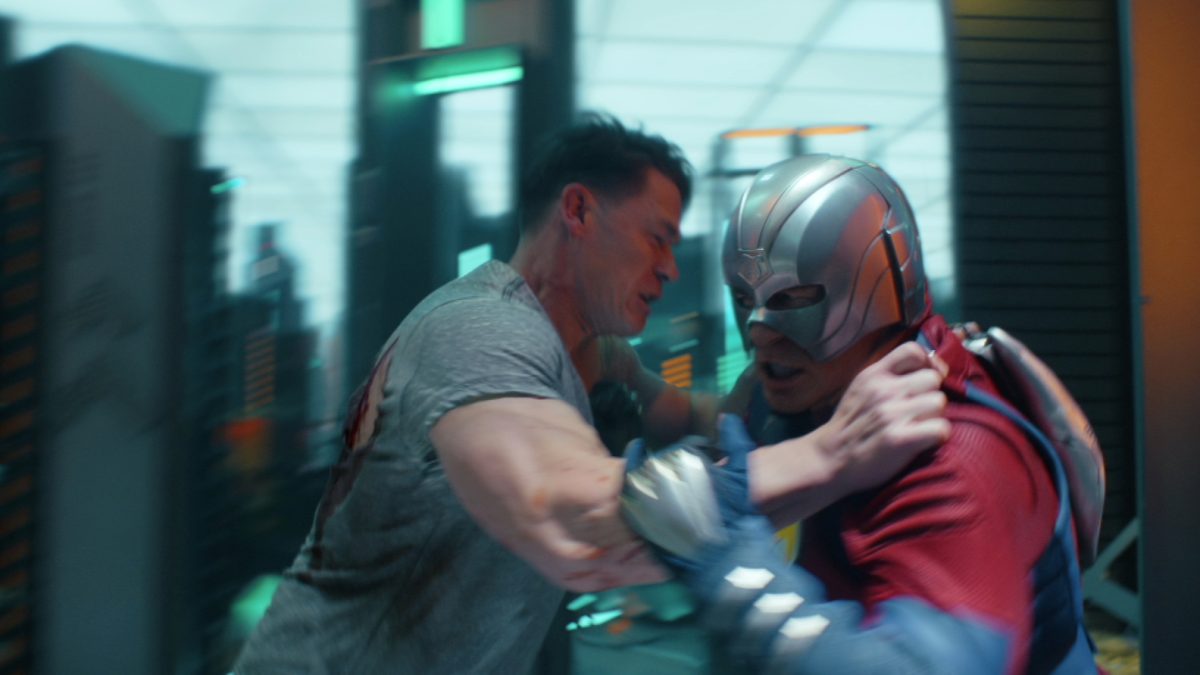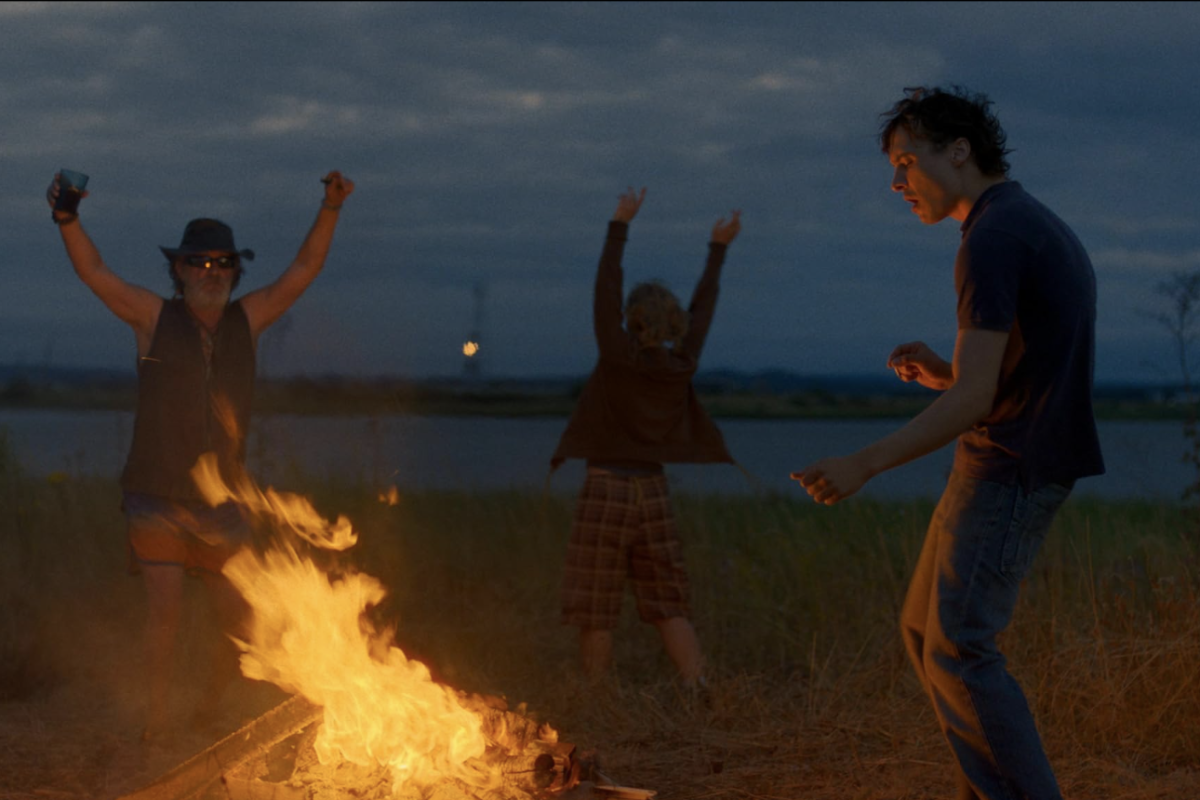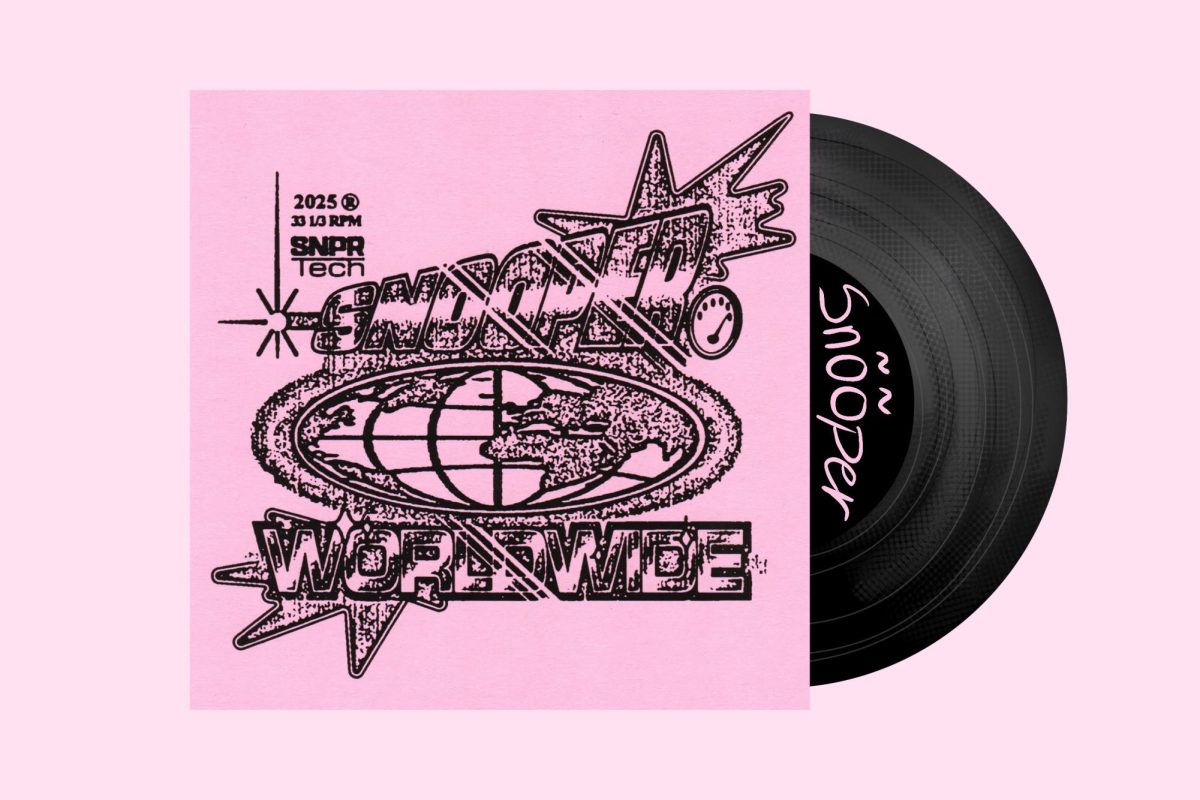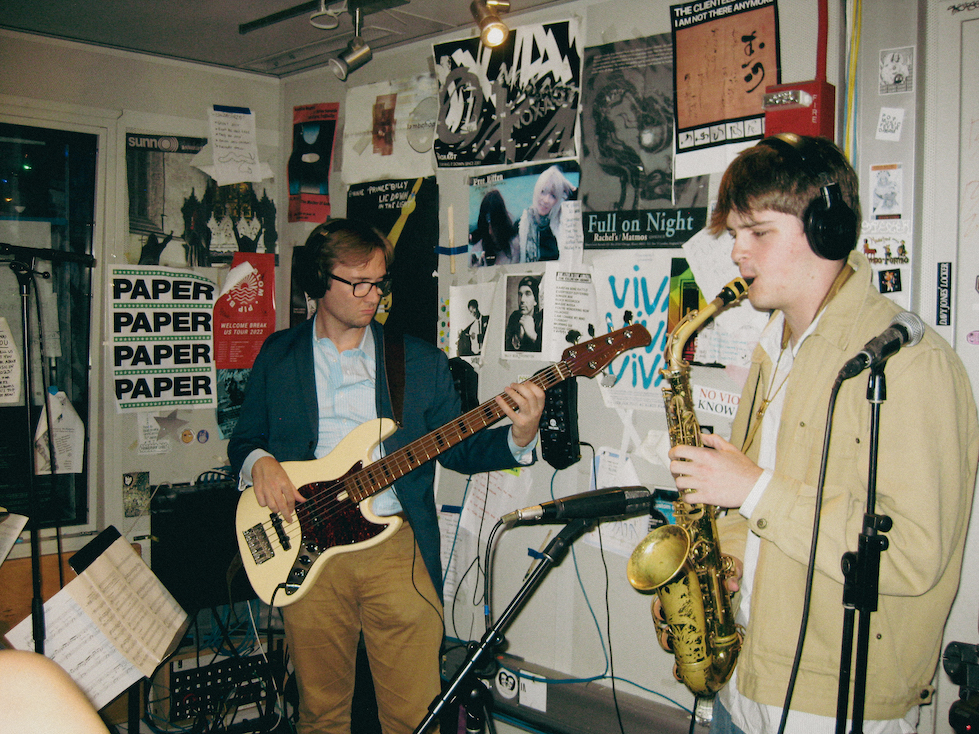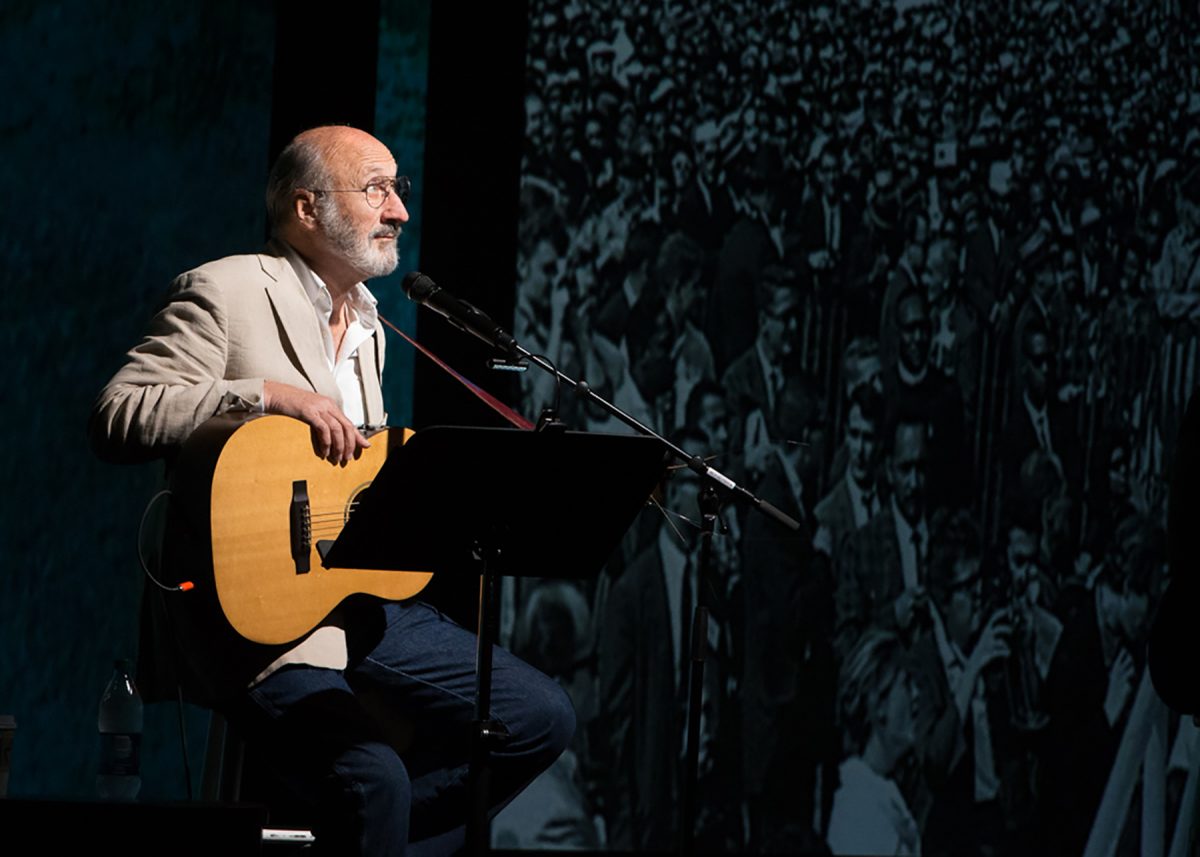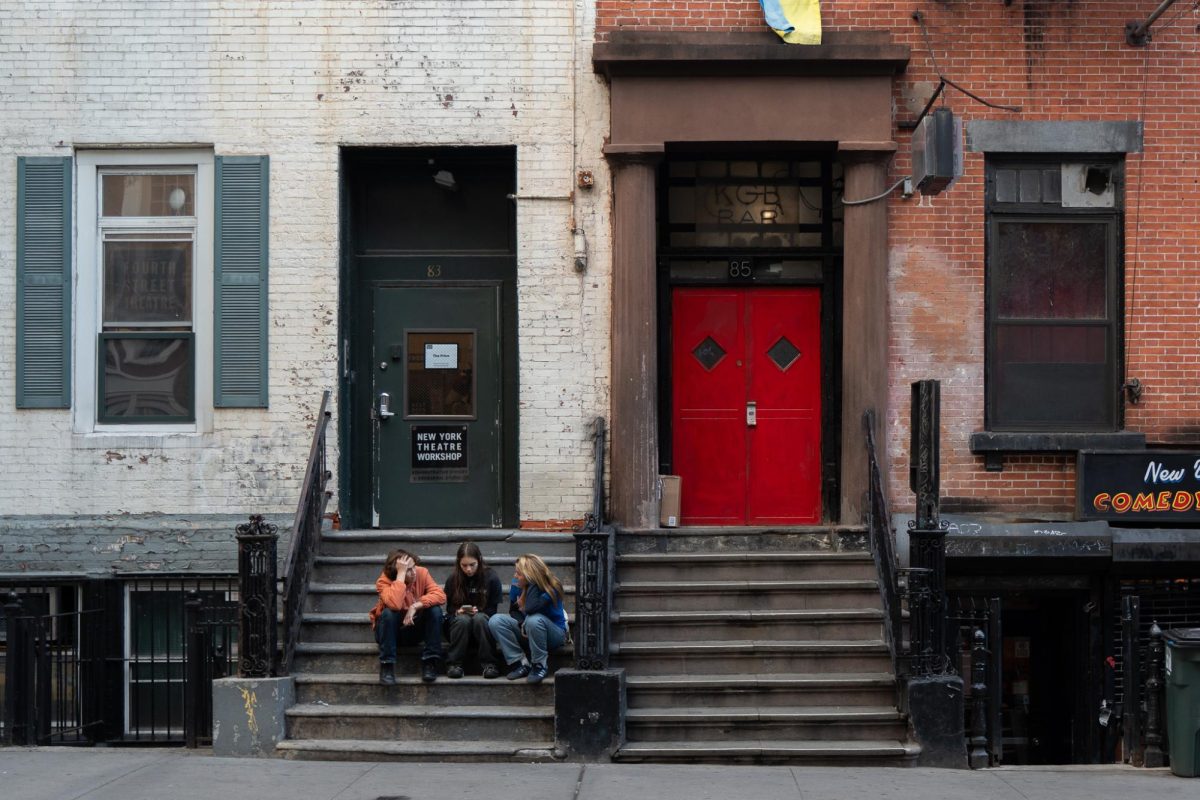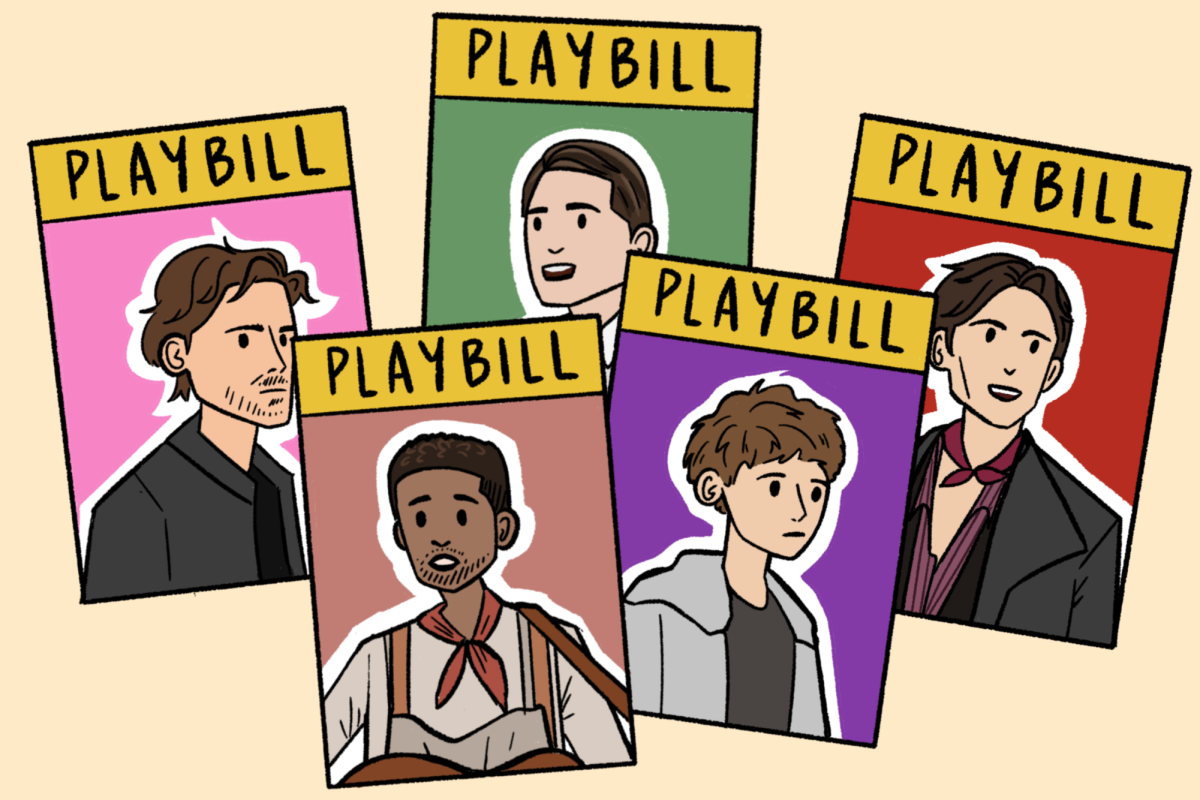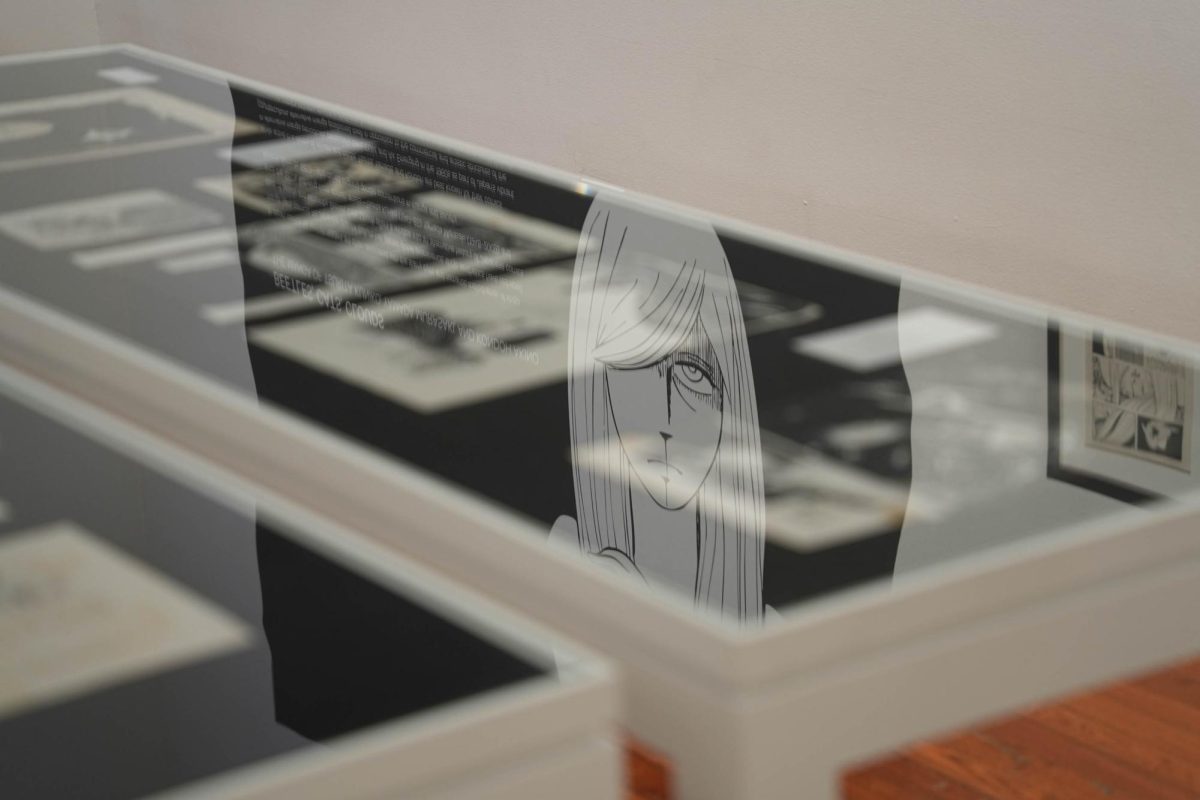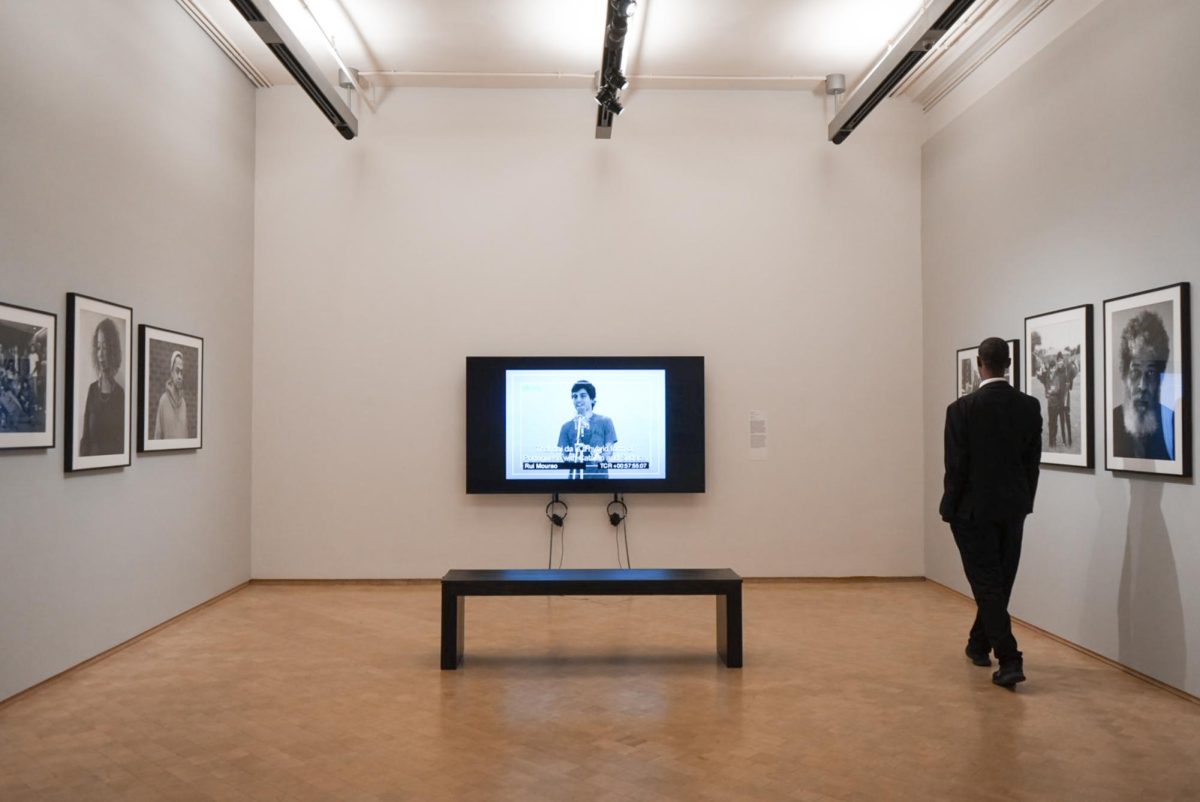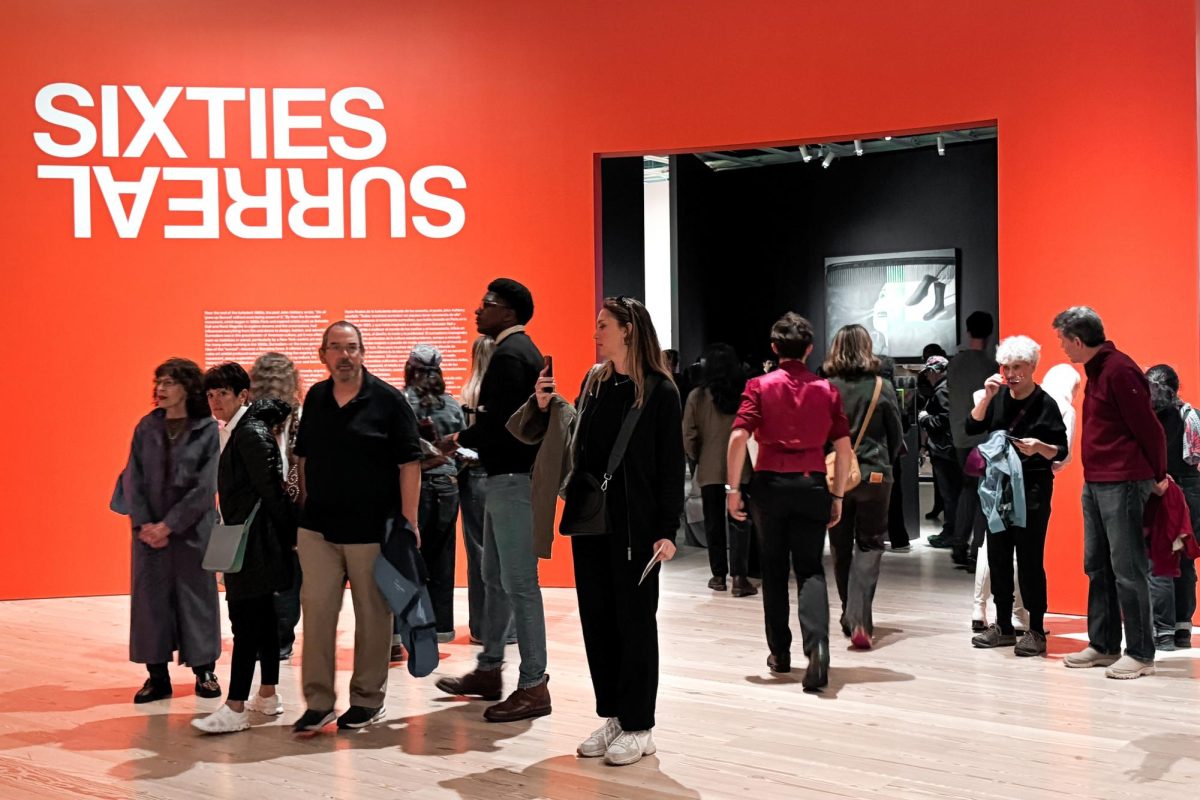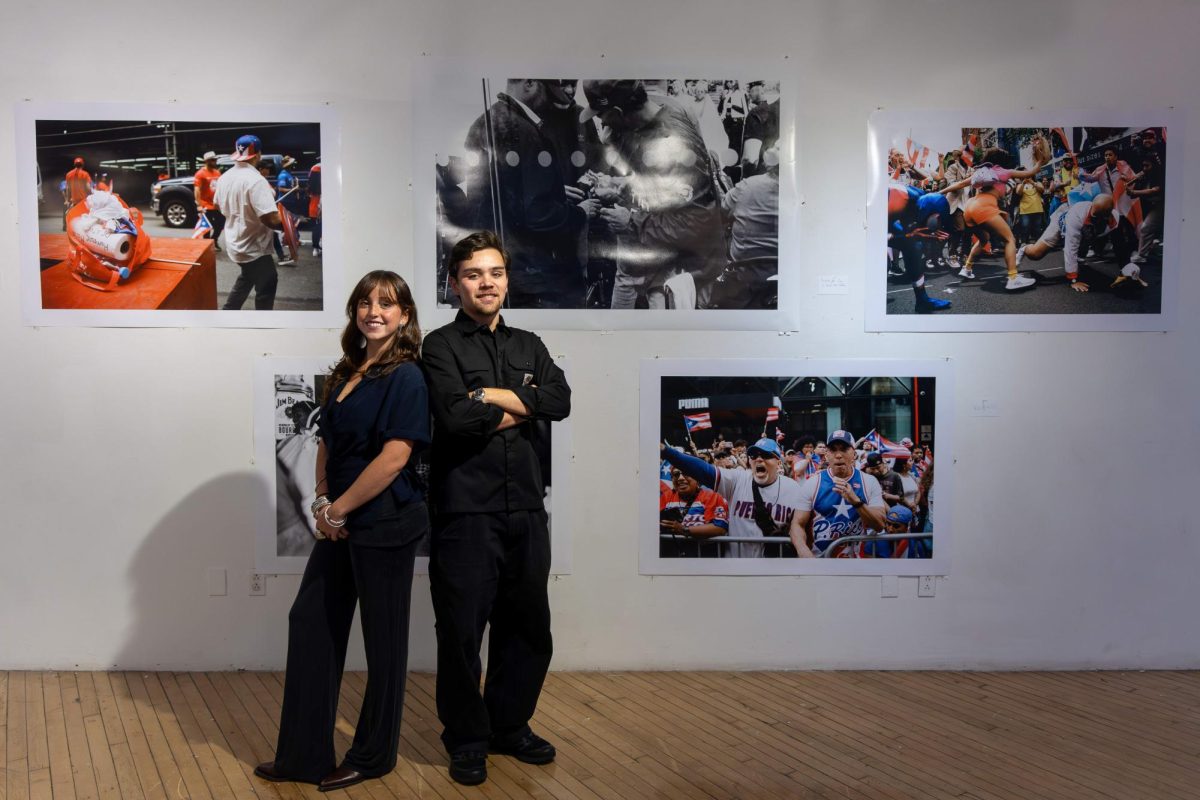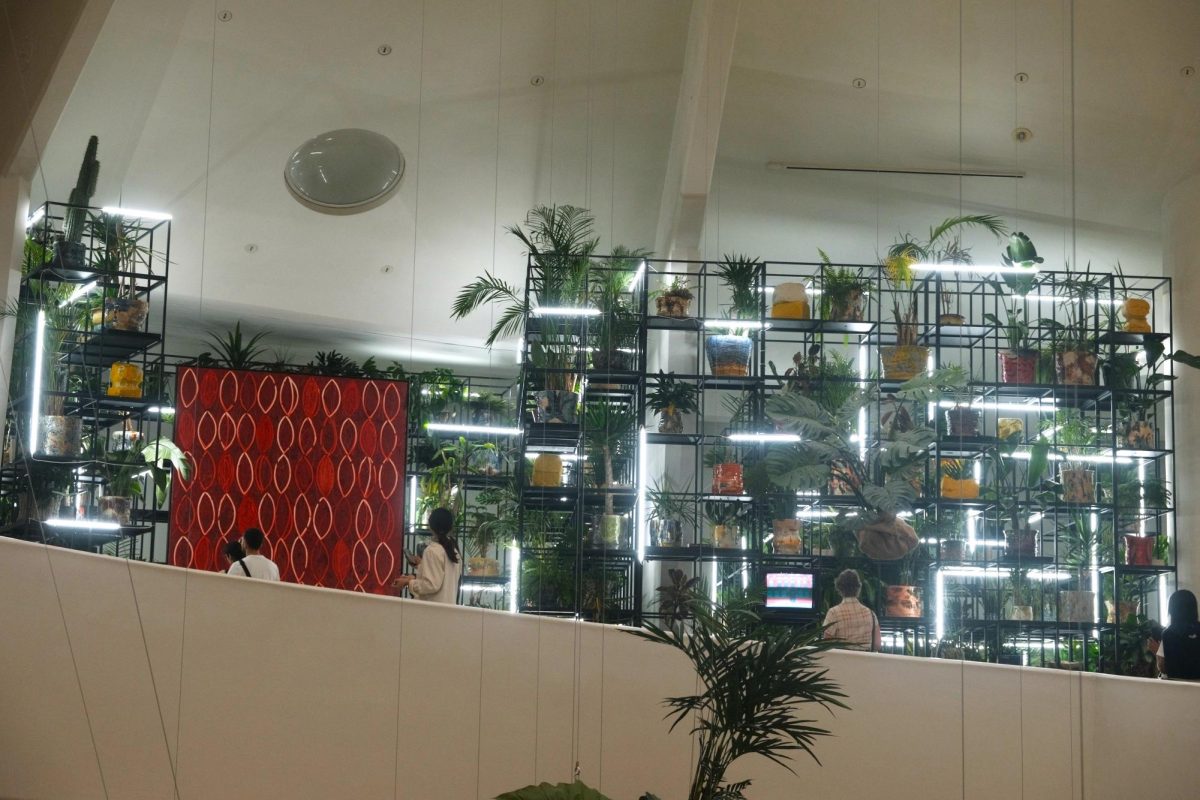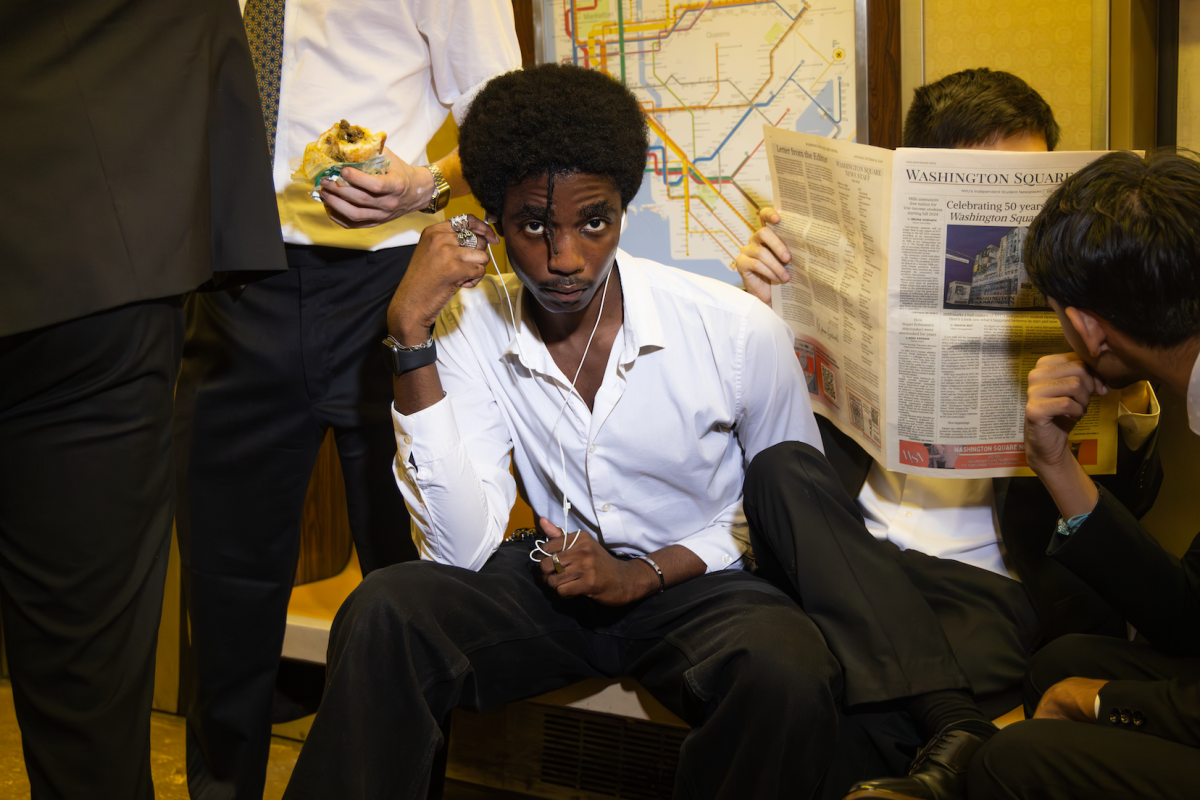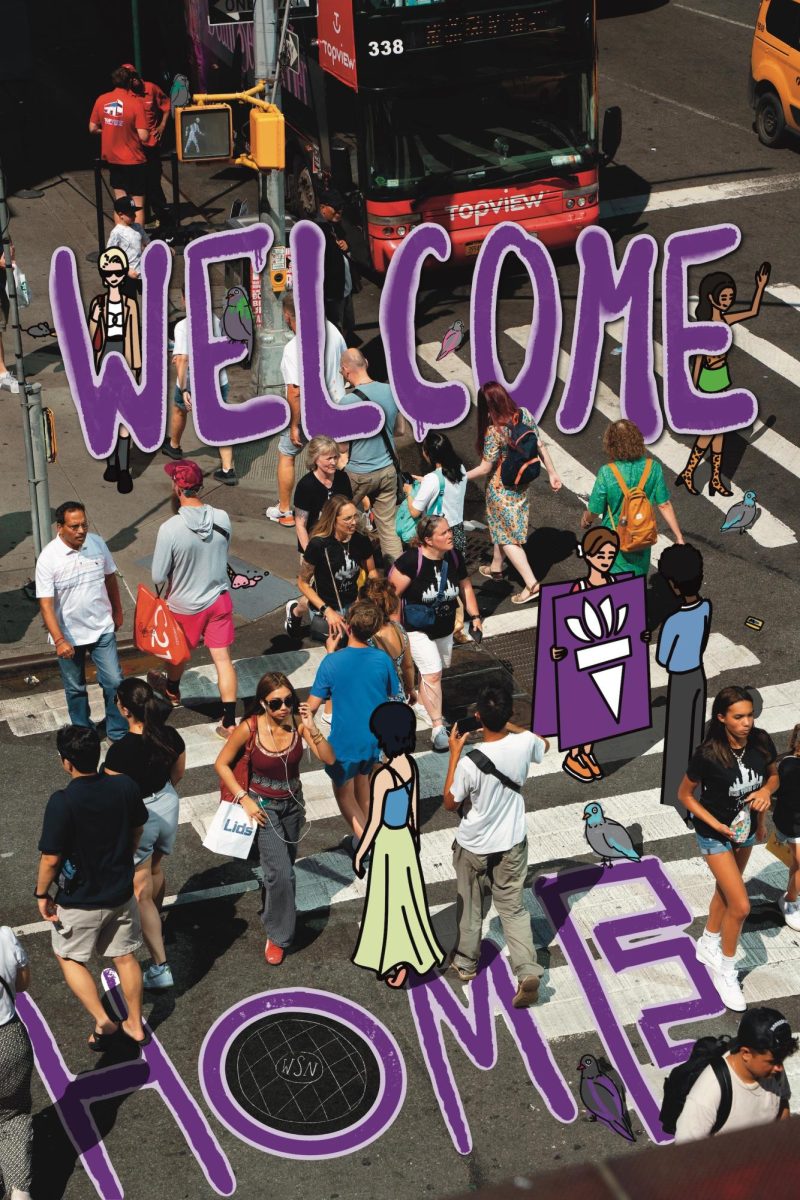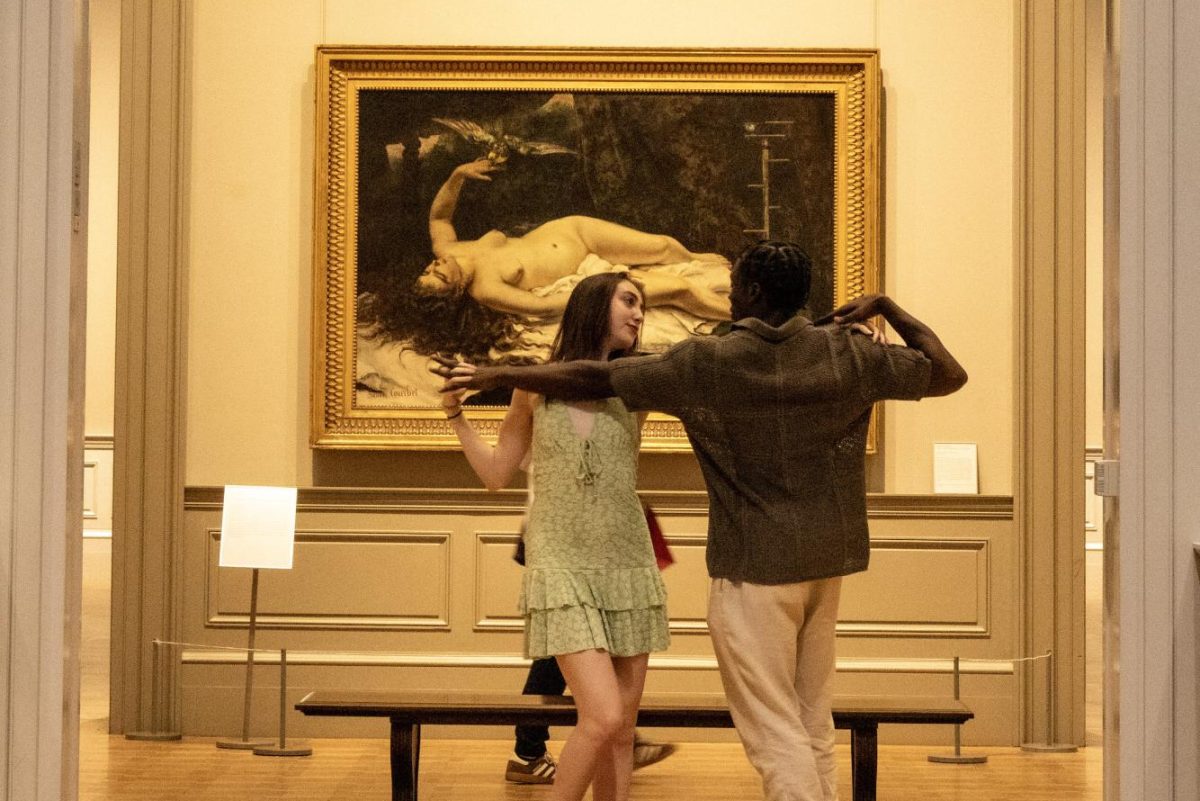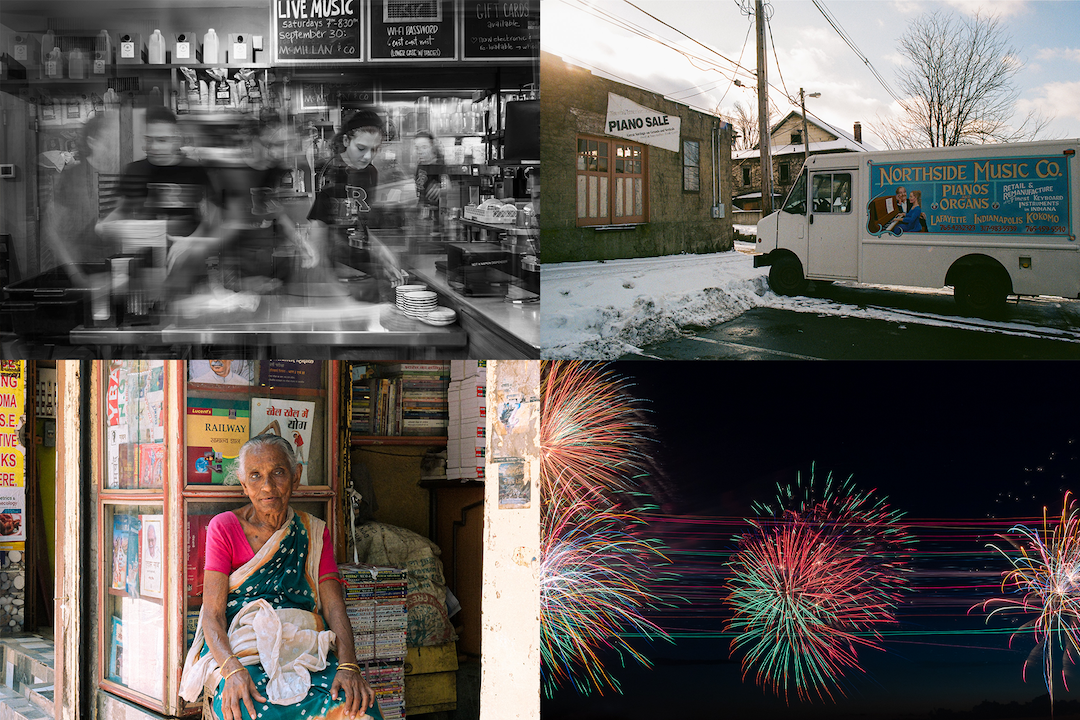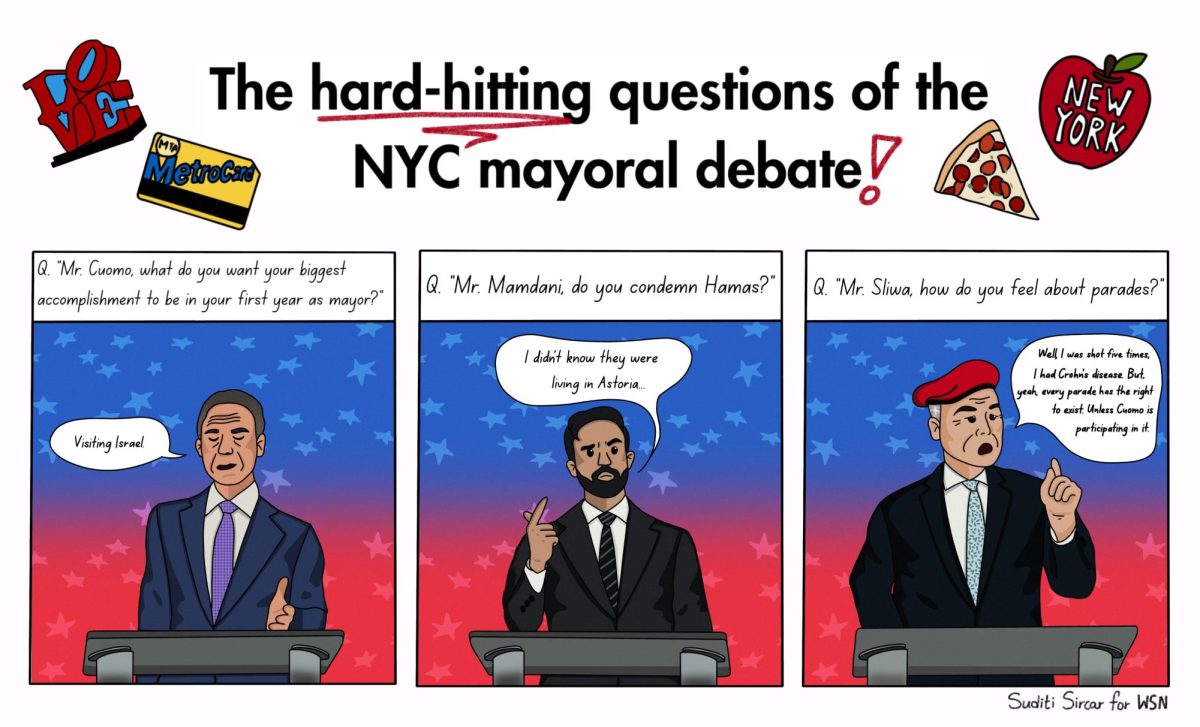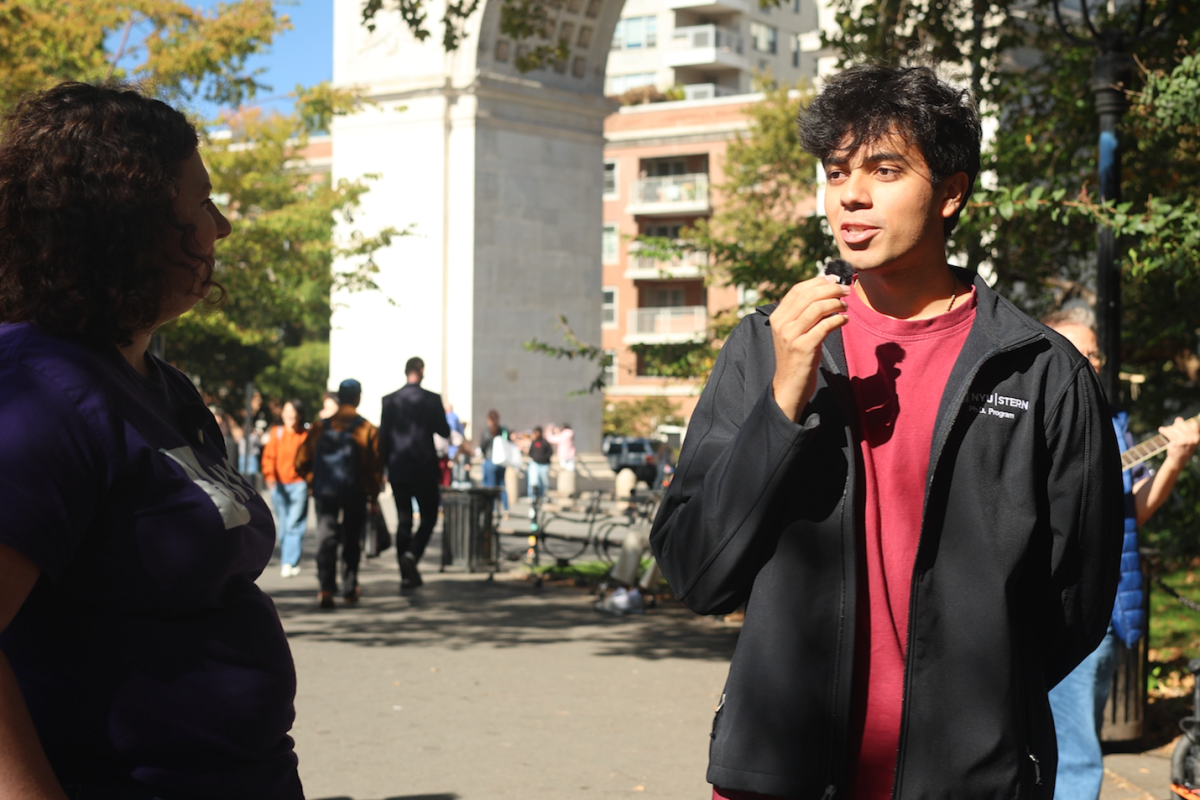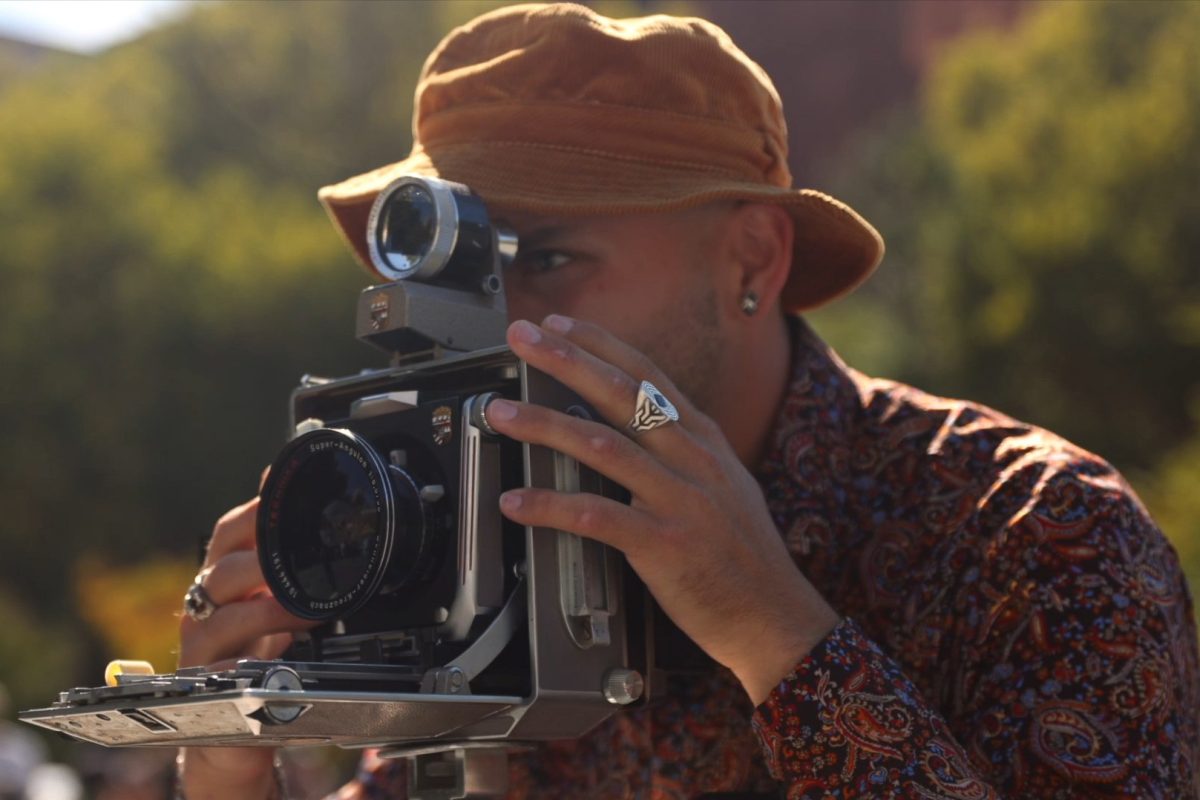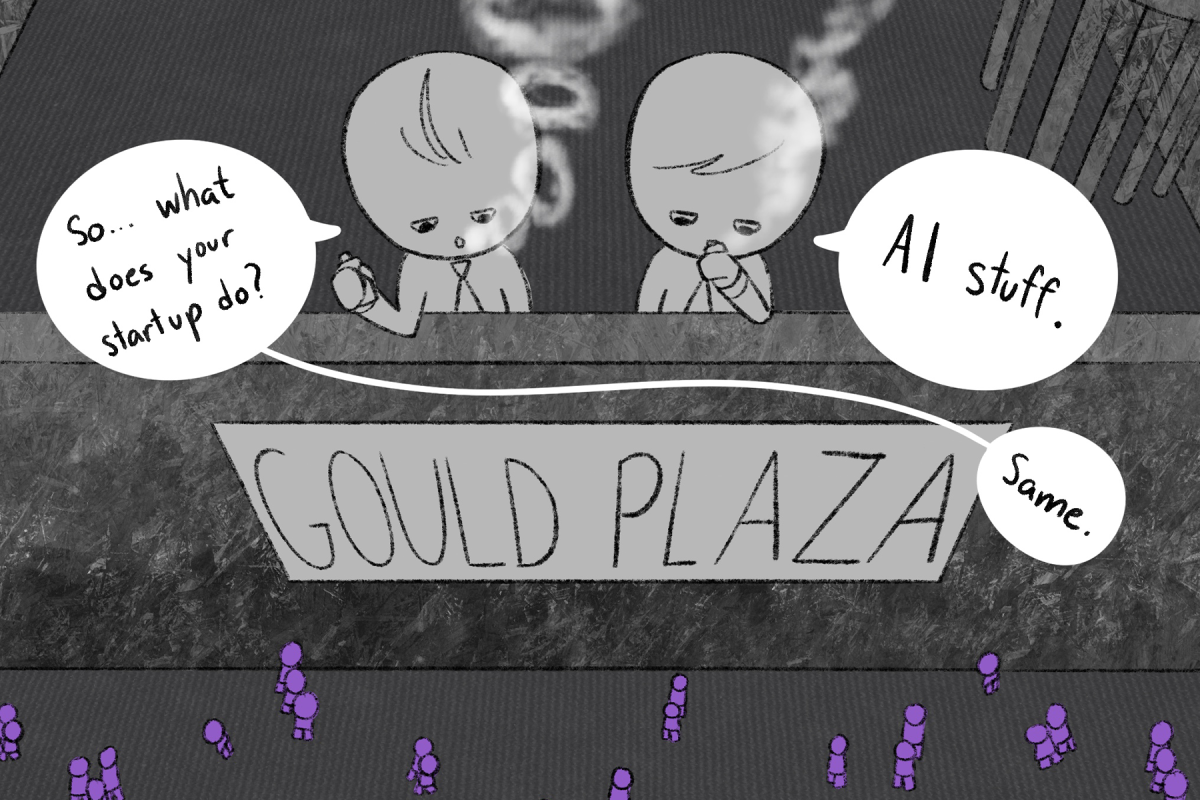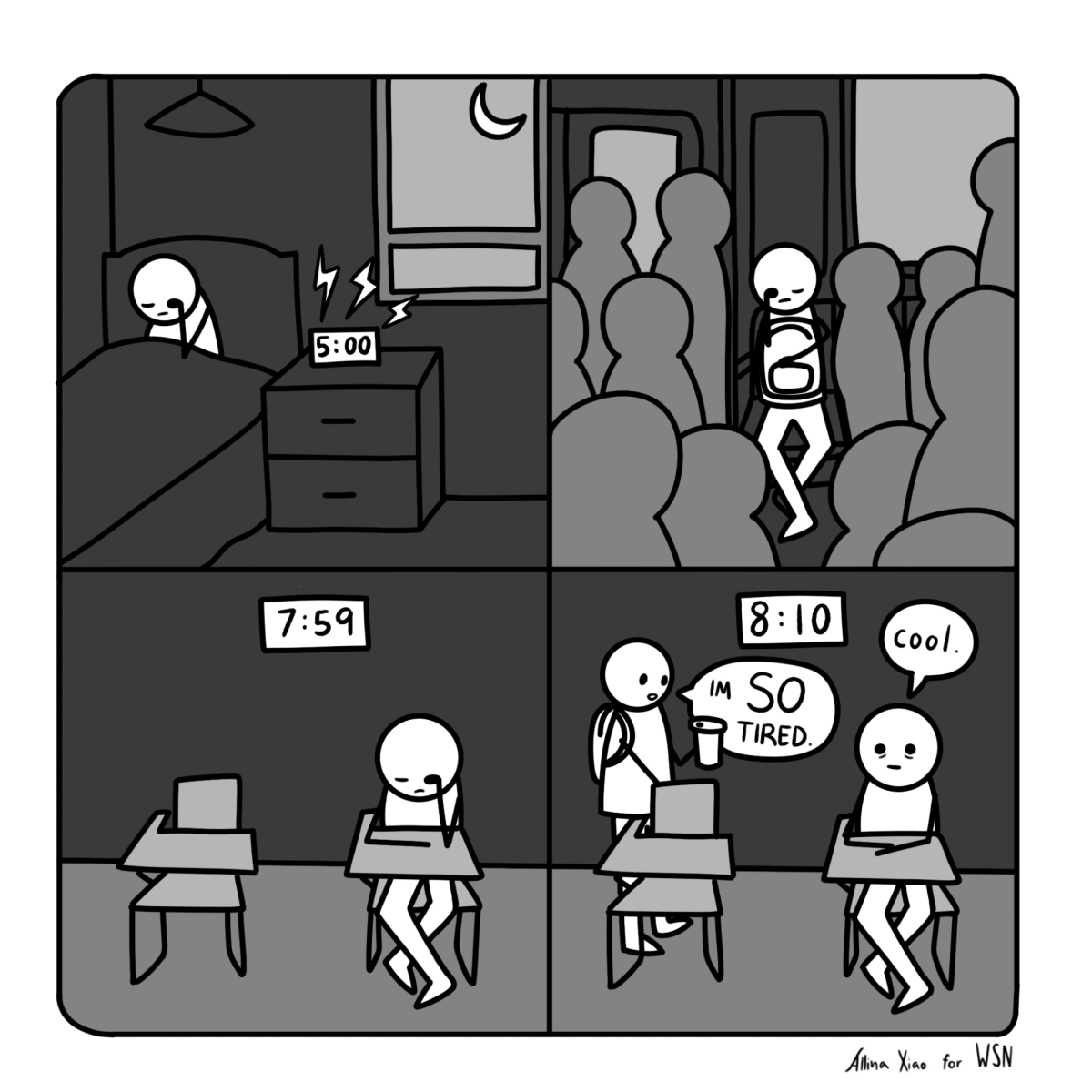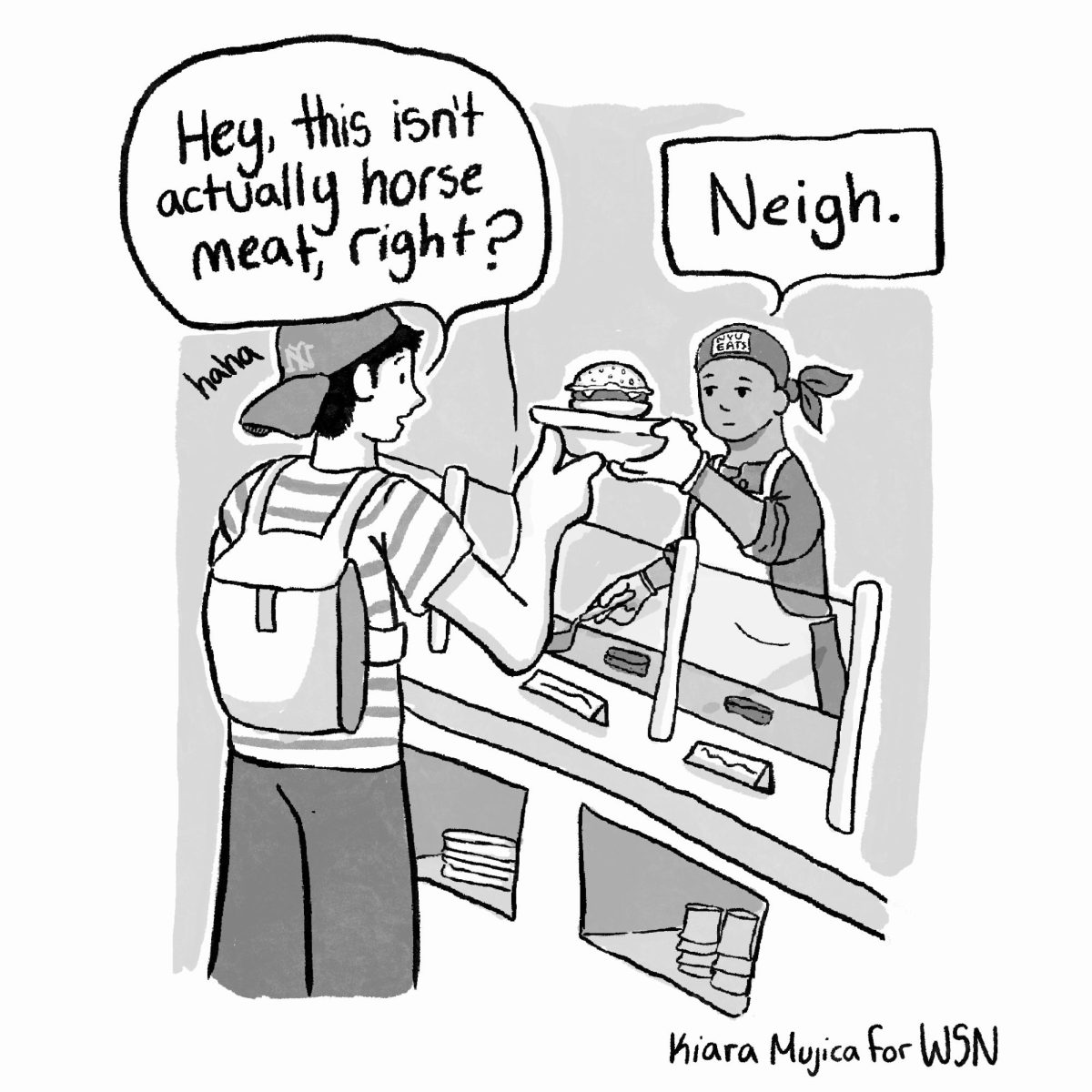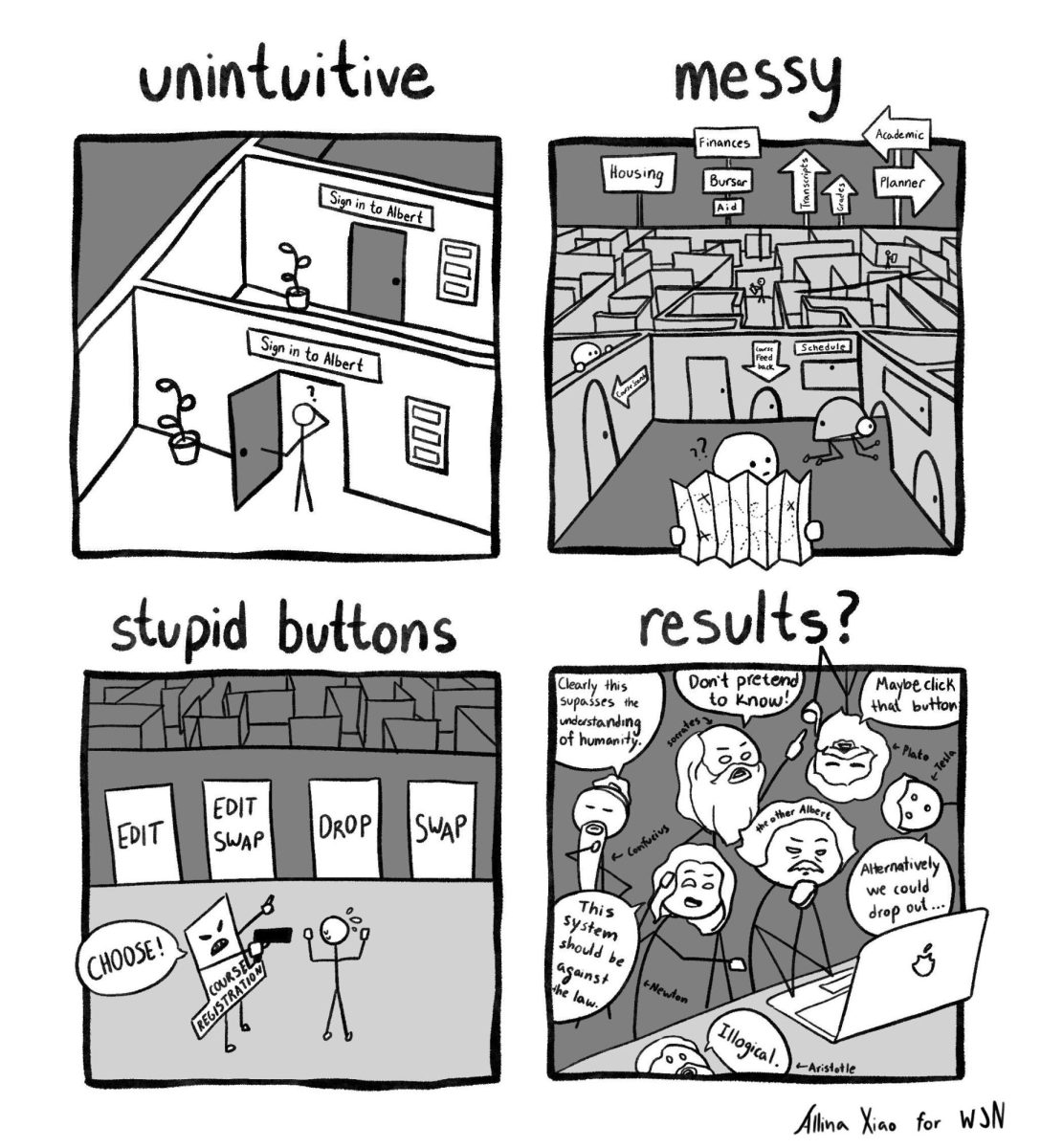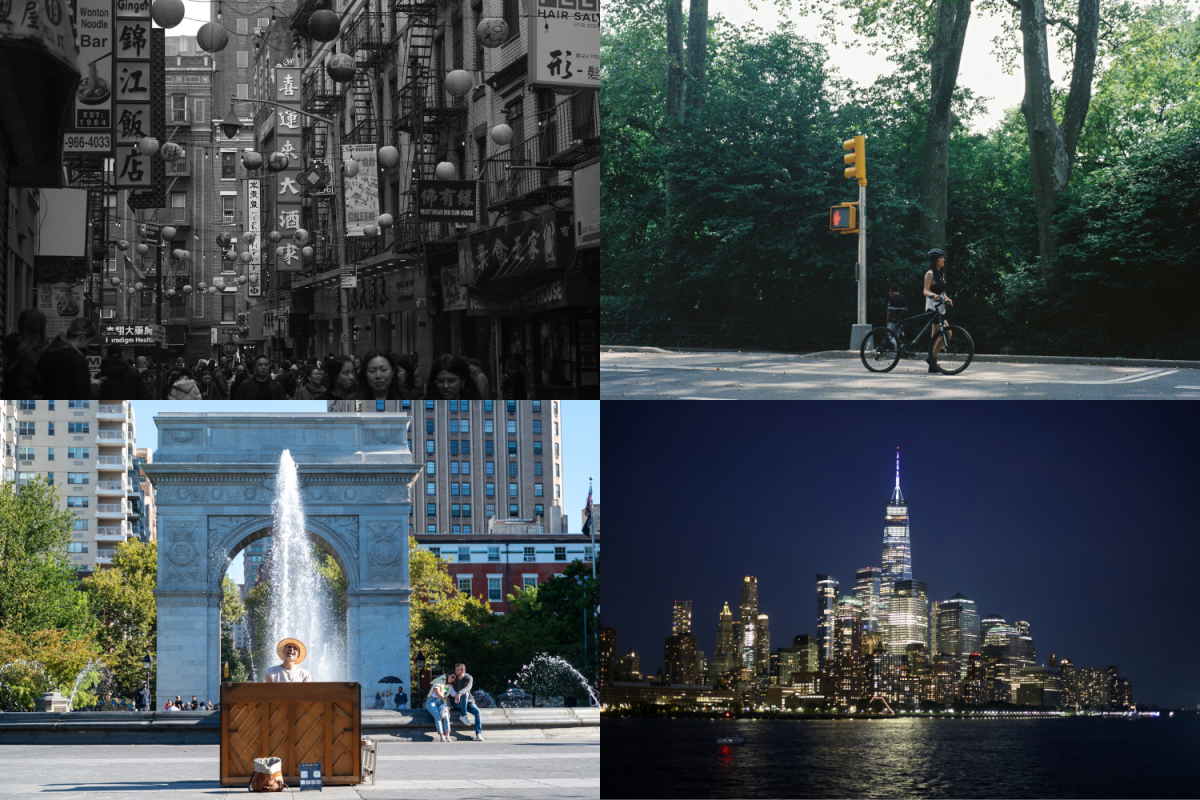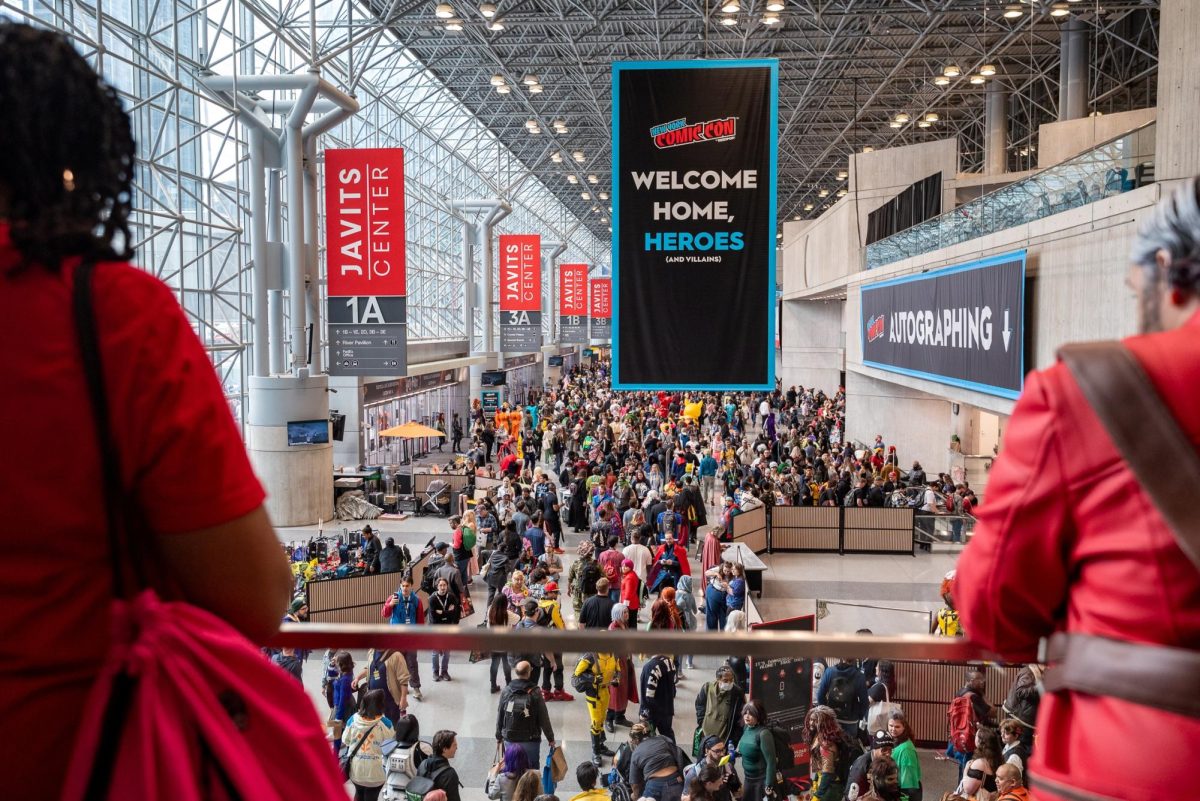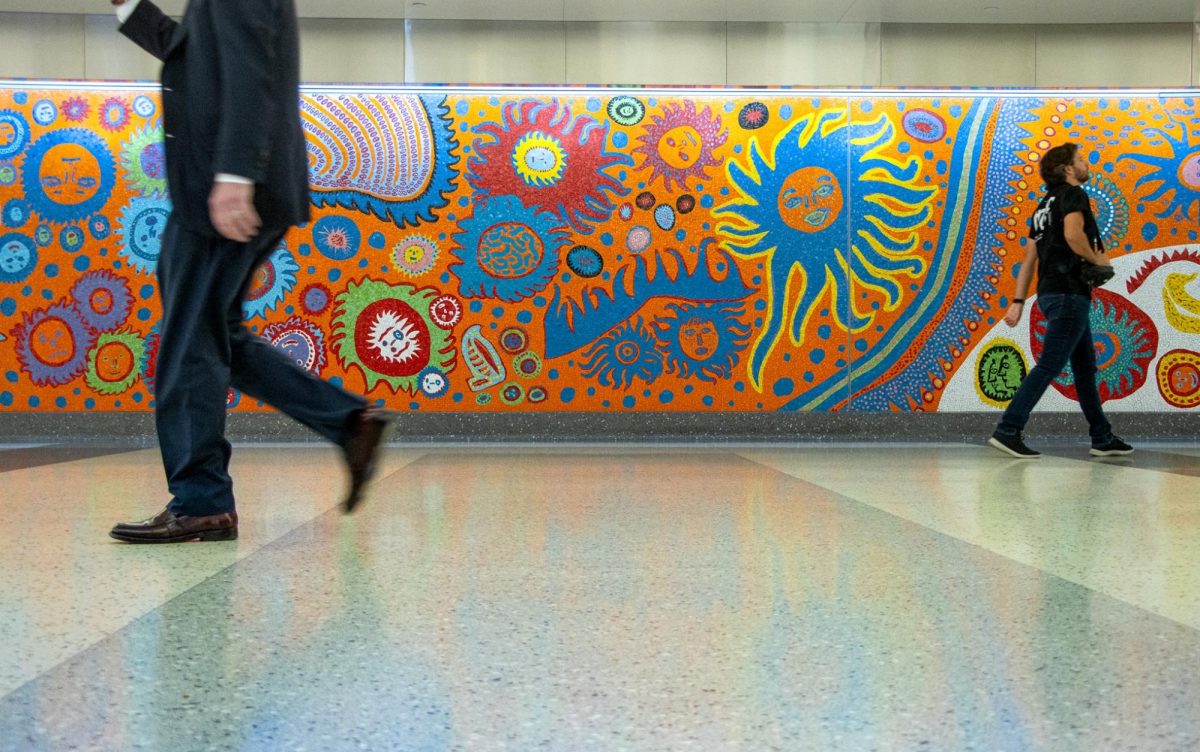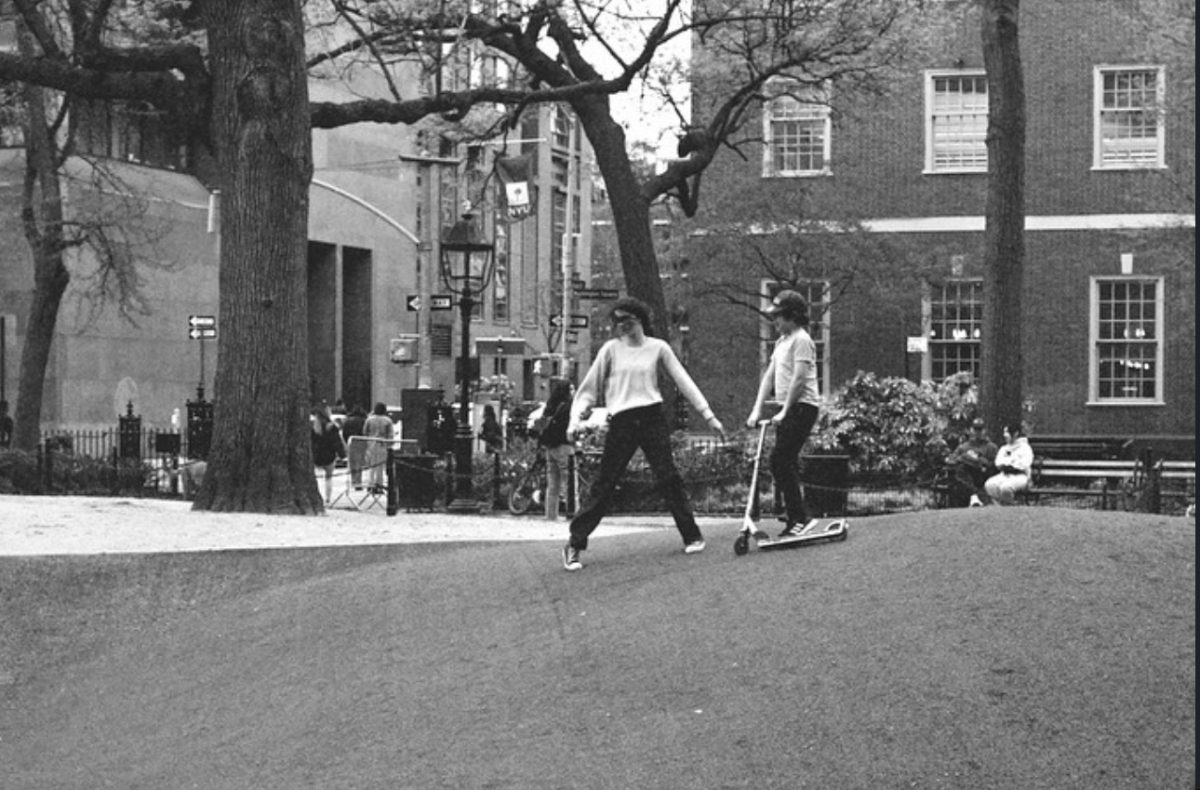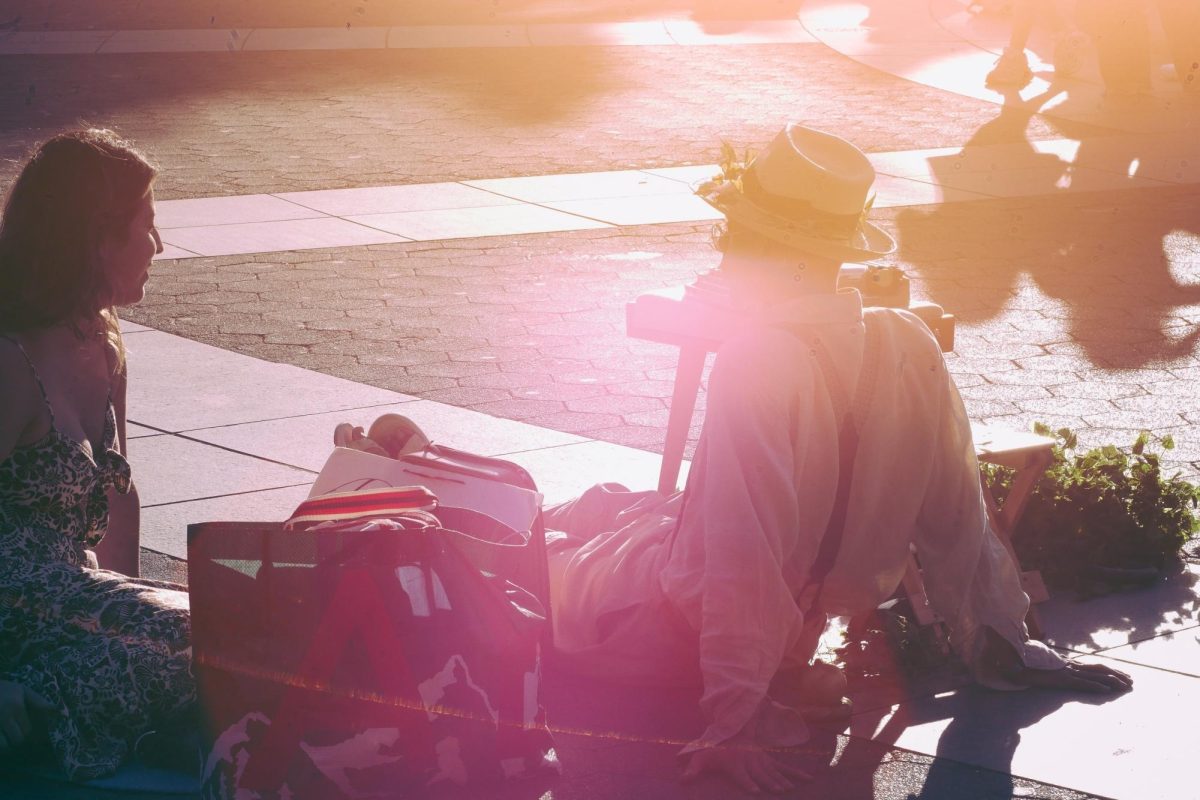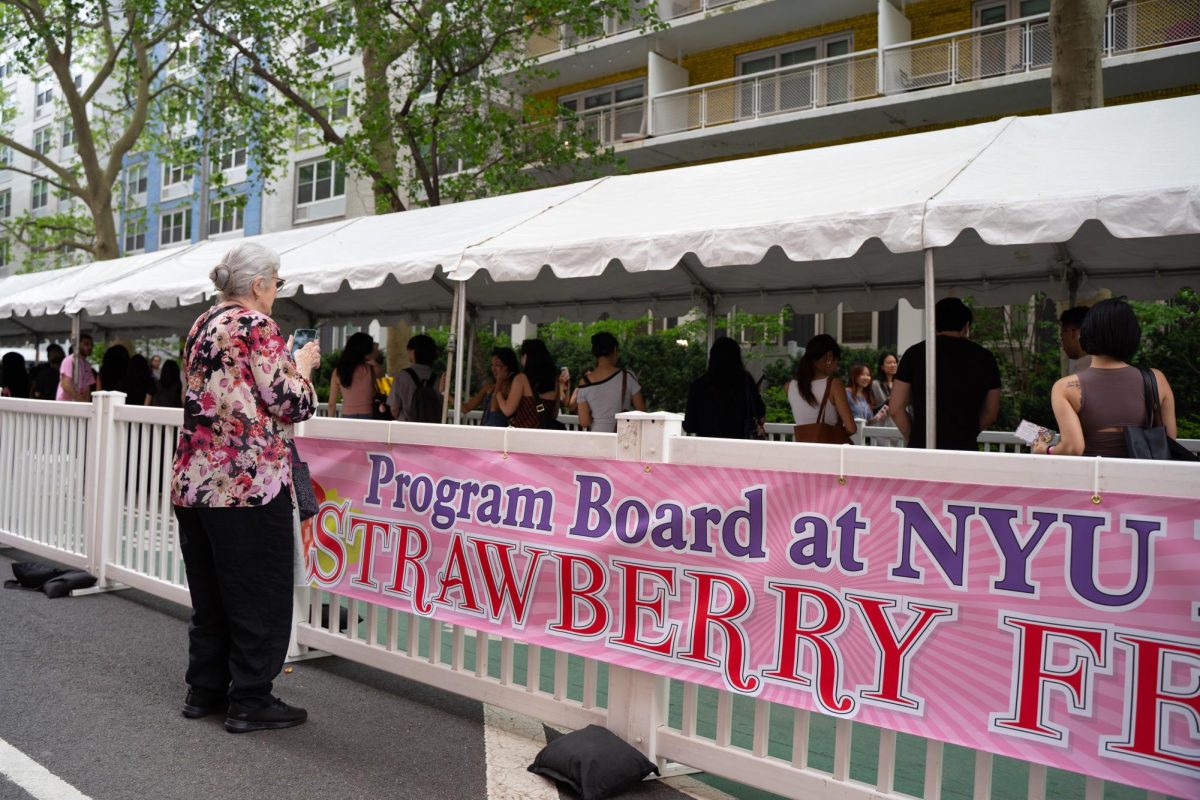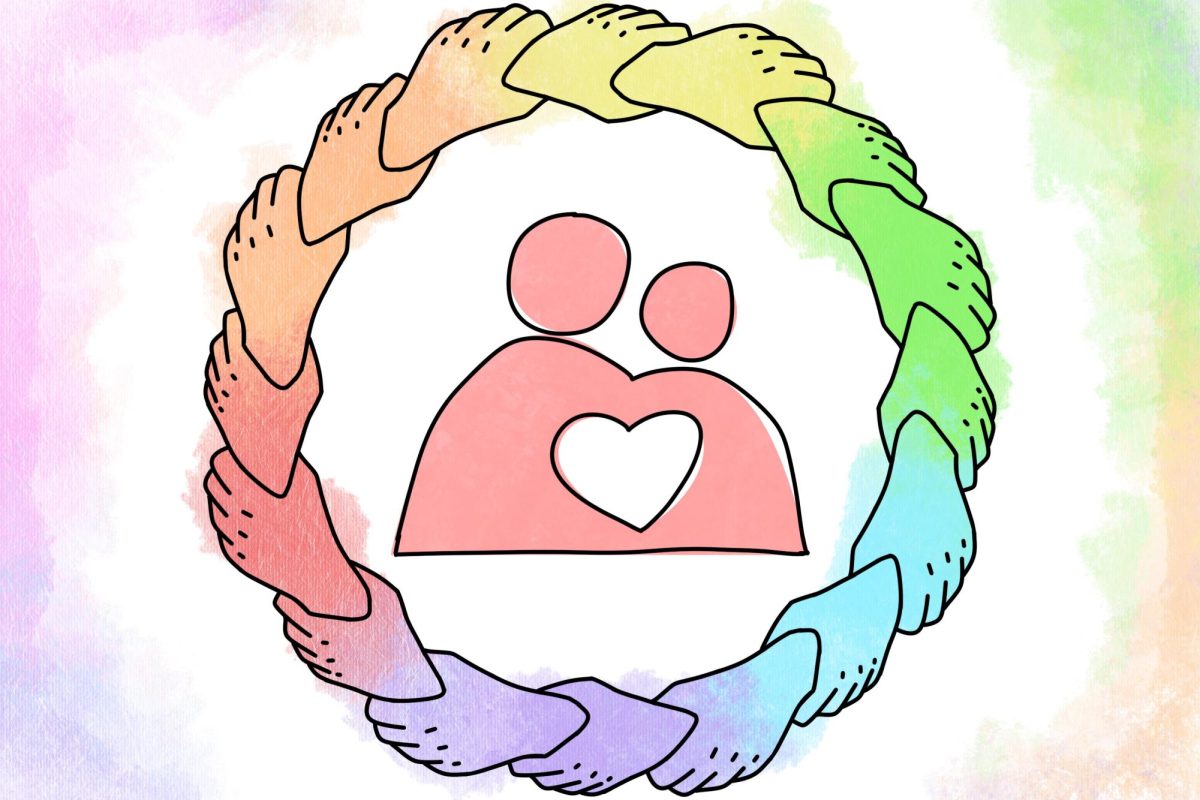In a school in the heart of New York City, students are surrounded by the manifestation of many social injustices with every block they turn. With thousands suffering on the streets, the urgency of addressing these crises couldn’t be clearer. However, members of our community are too often left without the government assistance they need, and it is up to us as a community to take care of our own. Mutual aid is an exercise in being there for one another, fostering community resilience and challenging systems of inequality. Your involvement, no matter how small, can contribute to meaningful and lasting change in the lives of those around you.
What is mutual aid?
Mutual aid is defined as the reciprocal exchange of resources, services and skills aimed at building community resiliency and solidarity. Mutual aid groups are rooted in solidarity, not charity — in fact, by design, they reject a lot of the foundational elements of charities. These groups reject hierarchy, where people are either the giver or receiver. They operate as a collective, without bureaucratic systems like a board of directors and appointed leaders. Participants are free to both give and receive based on their needs.
Unlike charities, whose efforts often rely on government funding or the support of wealthy donors, mutual aid flips this top-down model around, fostering on-the-ground community collaboration where everyone is an equal stakeholder. They aim to share the responsibility of community care and develop a trust where people can depend on one another. While donations to charities don’t always fund their causes, mutual aid is more community-based, where your contributions are the most direct and the results are the most tangible. While charities often try to stay neutral, mutual aid itself is a political action, first proposed by Russian theorist and anarchist Peter Kropotkin. Mutual aid has also been historically rooted in dismantling white supremacy and uplifting marginalized communities — some trailblazers being the Black Panther Party’s Community Survival Programs and the Puerto Rican Young Lords Party in Chicago.
Finding local mutual aid groups
There are plenty of ways to get involved in local mutual aid groups. Start by looking through New York City’s mutual aid hub. All you need to do is click on a neighborhood on their provided map or enter your address to find groups near you. Social media is another great resource. Many mutual aid groups share updates, post calls for help and organize events through platforms like Facebook, Instagram and X. Search the hashtags #MutualAid or #CommunitySupport to help discover groups near you.
There are several groups near campus. The Climate Care Collective has a mutual aid distribution from 12:30 p.m. to 2:30 p.m. every Tuesday, across from the Holley Statue in Washington Square Park. The collective seeks donations of food, clothes, sanitary products and first aid. They specifically encourage NYU students to donate resources by using their meal swipes to donate food from the dining halls surrounding the park. That initiative makes this group a good starter for any NYU students looking to start their journey with mutual aid.
Similarly, the WSP Mutual Aid, which meets every Friday from 5 to 8 p.m. west of the park fountain, accepts clothes, toiletries and supplies while providing food, clothes, zines and more. Another local distribution group is Tompkins Distro, which meets weekly on Saturdays at Tompkins Square Park to serve migrant asylum seekers, unhoused New Yorkers and others in need. They welcome a variety of food donations, from family-style dishes to perishable goods, warm beverages and personal hygiene products. They also serve coffee at their distributions, from 11 a.m. to noon, on the corner of East Seventh Street and Avenue B.
Attend community meetings
Showing up to a mutual aid group is about bringing three things with you — supplies you can spare, skills you can offer and an open mind. Mutual aid spaces are collaborative, so there’s no need to feel pressure if you can’t immediately contribute in a large way. When you show up to a mutual aid group, you will be asked to help in any way they need, from serving food to helping with basic first aid. There are often political calls to action, occasionally in the form of speeches or vigils honoring martyrs and community members. These spaces are great for learning about public policy and elected officials that will affect community members and how you can get involved.
Mutual aid isn’t just about gathering donations — listening to others’ needs is at the heart of these groups. Being willing to listen and engage in difficult conversations allows you to not only understand the purpose of community work but also form connections with others — a critical aspect of mutual aid’s decentralized model. Understanding your neighbor’s struggles and lifestyles helps you better understand how to support them. Developing these connections and safe spaces can be mutually beneficial for all involved. You can get involved by offering your time, skills or resources in whatever way feels most comfortable for you. Your contributions do not have to be monetary, they just have to reflect the community’s needs. Mutual aid is about contributing what you can, so even the smallest donations can have a big impact.
Consistency is key to participating in mutual aid projects. Mutual aid is about developing ongoing relationships and addressing systemic issues, not providing temporary relief. Getting involved isn’t just about showing up once and offering help — but creating a strong sense of solidarity as you become part of a support system that’s rooted in long-term care.
Promote awareness
One of the last, and most important things, you can do to improve your community is spreading awareness. Posting about local initiatives, highlighting specific needs or simply sharing stories can inspire others to take action.
Encourage your friends and family to participate in mutual aid projects. By involving your personal network, you can help create a larger and more connected community of support. The more people who participate, the stronger these support systems become.
Taking care of our neighbors is a collective responsibility and letting them take care of us is something we should welcome. By putting together our individual efforts, we can create a community that thrives on collaboration and shared commitment. By consistently participating, spreading awareness and encouraging others to join, you help build a supportive network that thrives on solidarity and collective care.
WSN’s Opinion section strives to publish ideas worth discussing. The views presented in the Opinion section are solely the views of the writer.
Contact Noor Maahin at [email protected].

